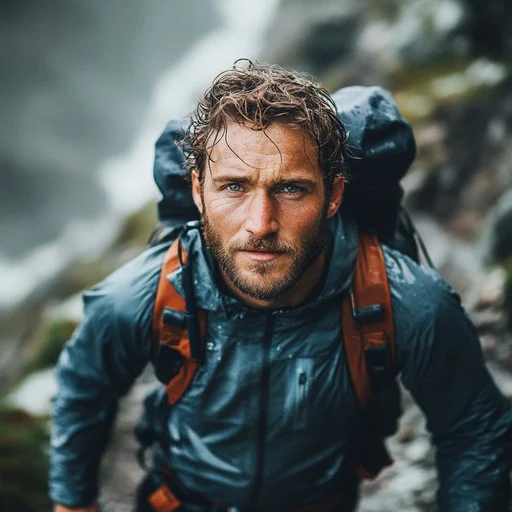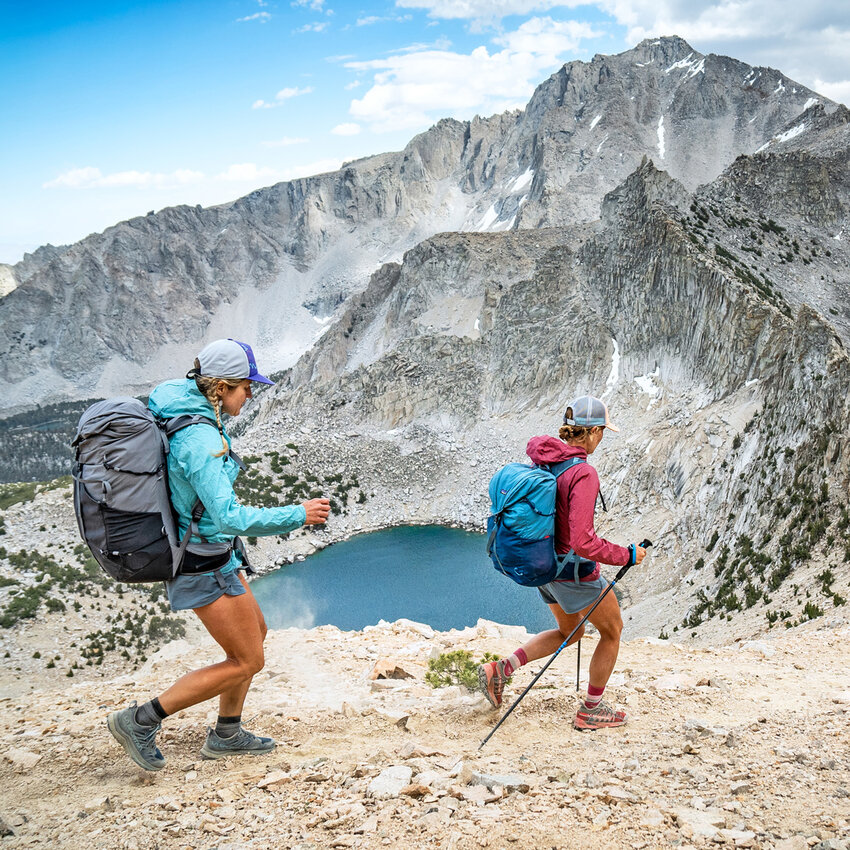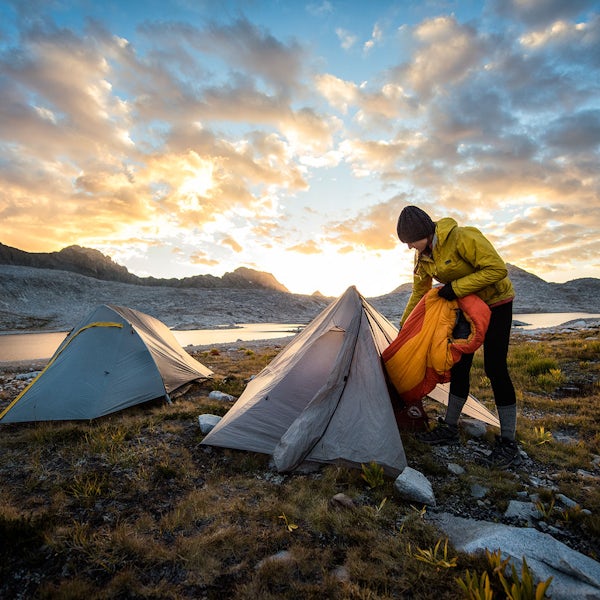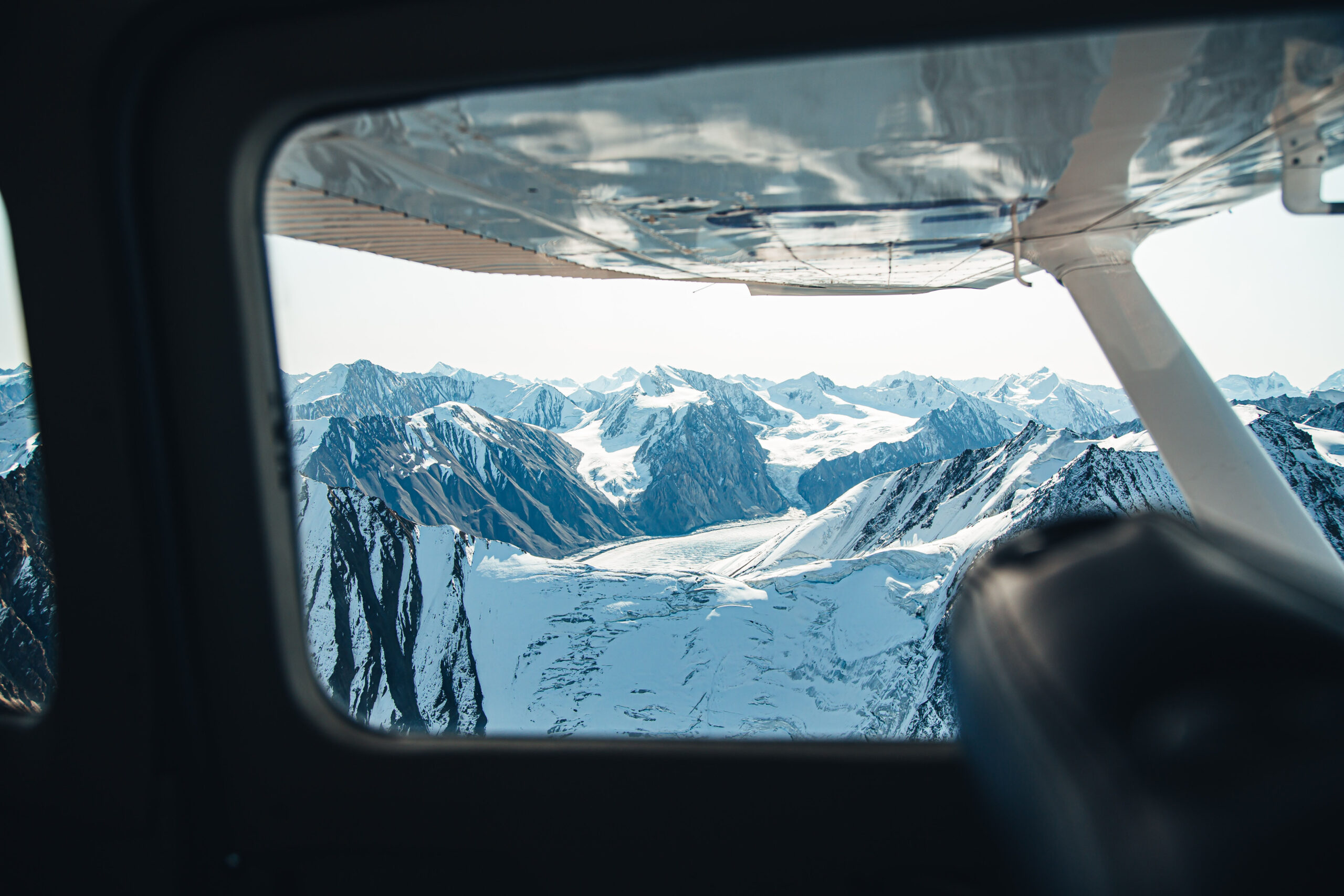Mark St. Pierre
ARE YOU READY TO SURVIVE IN THE EXTREME COLD? LITERALLY YOUR LIFE AND LIMBS ARE AT RISK!
By: Mark St. Pierre
The Yukon wilderness where temperatures can spiral to minus 50 Celsius and colder! Begs the question: what sane person would want to go hiking, camping in the wilderness, dog sledding or participate in a 480-kilometer foot race in the dead of winter? Clearly the answer is, not many. However, for those committed to learning the required skills winter adventures can provide the opportunity to experience a quite relentless wilderness in a multitude of new and different ways. The deep cold can be terrifying, it can also be exhilarating
Answering the Call. I first answered the call of the Yukon when I set out with my wife Shawna to hike the historic Chilkoot Trail. The Chilkoot links Skagway, Alaska to Bennet City in the Yukon Territory, which is located in Northern Canada. The trail retraces the footsteps of the thousands of Klondikers who in the mid-1890’s were seeking their fortune in gold. This adventure sparked my fascination with the Yukon wilderness, and led immediately to Shawna and myself enjoying a five-day self-sufficient dog sledding camping trip led by Muktuk Adventures. Muktuk had custom designed the trip and pre-trip training program where Shawna and me first spent three days learning about and working with these gorgeous animals before we headed out on the Dawson Overland Trail. Throughout this dog sledding wilderness winter camping trip we each individually looked after our own teams which includes significantly more work than just yelling mush! Exceptional experience. As we awoke from our tent on the third morning, the temperature was a bone chilling minus 42 Celsius and it would never warm above minus 30 Celsius for the remainder of the trip. This experience cinched cold weather adventure for me.
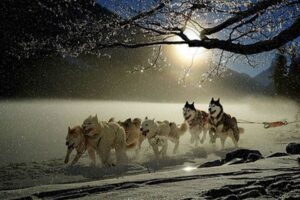
Next up for the Yukon was paddling 700 kilometers of the Yukon River with my good friend Leigh. Then came working as a backcountry hiking guide in the Yukon’s Kluane National Park, leading multiple trips over the Chilkoot Trail for Yukon Wide Adventures which is a local outfitter out of Whitehorse serving the needs of international adventure seekers. The more I learned about the Yukon and the adventurous nature of its people the more sought to explore all the ways I could immerse myself in the wilderness and culture. I was drawn toward participating in the Montane Yukon Arctic Ultra (MYAU), is an annual self-sustained foot winter foot race of 26, 100, 300, or 430-mile distances. The 300 or 430 mile distances are held on alternating years to accommodate the dog sled race coming from Fairbanks, Alaska to Whitehorse on even number years. The MYAU participants tend to include several participants from Europe, a few locals and a smattering of Canadians and other nationalities.
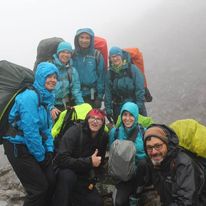
In 2020 I crossed the finish line as one of 12 finishers out of 42 participants that set out to complete the 100 & 300 mile distances. The temperature at the finish line was a frigid minus 37 Celsius degrees. It just got colder for the only two finishers of the 300-mile division. Determined to embrace and enjoy the experience I never checked the temperatures between the starting and finishing lines.

Extreme Cold Is Not Personal. It is just there, always threatening and looming, but it can be effectively managed.
As the temperatures plummet, keeping safe requires planning, cold weather survival skills the proper gear and extreme self-care. My personal observation is that due to their limited personal experience and/or exposure to extreme cold, gear brought by many international participants is often inadequate or requires a few days of practice with their gear in cold conditions before setting into the wilderness. Ultimately managing the cold and being prepared also mean being prepared mentally to deal with any challenges that this extreme environment can present.
The number one reason people avoid cold weather activities or adventures is their preconceived notion that they will be cold, thereby it would be impossible to enjoy themselves. However, when properly prepared, the cold weather adventurer is rarely cold and finds enjoyment in the solitude of this challenging environment.
Gear Rule #1: Always Remember the Four Methods of Heat Loss When Considering Gear Choice
- Method #1- Conduction: Loss of heat from the body surface to cooler surfaces in direct contact.
- Method #2 – Convection: Loss of heat from your body surface to the cooler air surrounding your body.
- Method #3 – Radiation: Loss of heat from your body surface to a cooler solid surface not in direct contact, but in relative proximity.
- Method #4 – Evaporation: Loss of heat that occurs when your sweat or other liquid if you get wet is converted to vapour.
Gear Rule #2: Layering is Critical
What does layering mean? Essentially, by adding or removing different layers of clothing you can regulate your body’s temperature.
Before you start layering for winter adventures you should take a few things into consideration:
- What are you doing? For example: high intensity activities like running the Yukon Arctic Ultra, or lower intensity activities like dog sledding? High intensity activities make you sweat so you will need to make sure you are wearing breathable, moisture-wicking base layers and have a backup in the event you need to change to remain dry
- How cold is cold? What is the weather and the potential for change during the length of your activity or extended time should something unforeseen happen? Minus 10 Celsius with high activity is one set of layers, minus 40 Celsius with a potential for no or limited activity is a whole different ballgame. As your activity decreases, the need for insulating layers increases. Same goes for when the temperature starts to spiral downward.
- What is your physiology? Some people sweat more than others and some people have better or worse circulation than others. Both can affect your personal tendency to run a little warmer or colder than others. If you are a person that generally feels the cold more than others, consider a heavier base layer and vice versus. It is important to understand how your body system reacts to activity in extreme cold.
- Start with your base layer. Your base layer should keep you dry and comfortable, wick moisture away from your body and help regulate your body temperature. Synthetics like polyester can work well, however for me nothing beats merino wool. Cotton should absolutely be avoided for cold weather activities as it soaks up your sweat that stays in the layer, which can keep you wet and cold.
- The second layer you put on should be a light insulating layer. I generally use different thicknesses of fleece jackets or hoodies dependent on the temperature.
- The third layer is your true insulating layer. My preference is for hooded jackets made from synthetic material. Synthetics continue to work when they get wet. In contrast, down jackets are terrific insulators, but they quickly lose their insulation value when wet. Whatever insulating layer you choose, make sure it is not too thick and can easily be layered.
- My top layer is a jacket or “shell” that protects me from the elements; Gor-Tex or equivalent works best. Wet snow, cold rain or perhaps a chilling wind can steal your valuable heat. This layer is also extremely important if your insulating layer is goose down, it cannot get wet if you expect it to keep you warm.
- Final Safety or Emergency Layer. Carrying an emergency layer depends on your activity. Whether you are, hiking, camping, or running in the MYAU Arctic Ultra, the sudden onset of extreme cold will require a high-quality insulating jacket when you stop moving and transition to lower intensity activities like setting up camp. My personal choice: Canada Goose’s light weight expedition jacket (rated for minus 40 or colder). Another recommendation is the Montane Deep-Down jacket or something similar.
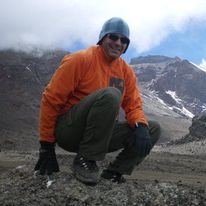
Staying warm on winter adventures requires a fine balance between hot and cold (it is optimal to never be one or the other). Therefore, multiple layers are ideal as you can add or remove layers depending on your level of activity and changing weather conditions.
Gear Rule #3: Keep Your Feet Warm
When you are trudging through ice, snow, and cold weather temperatures you do not want to make a mistake with your feet. Without proper insulation, the frozen ground and cold temperatures will quickly drain the precious heat from your toes, increasing risk of frostbite.
Like layering your upper body you can practice layering your feet and experimenting in different temperatures and activity intensities. For example, many athletes participating in winter trail running will use Gore-Tex runners with a cold weather rated sole, then layer their feet with a base layer and wool sock (thickness will be dependent on the temperature). Athletes participating in events like the MYAU will back this system up with an insulated or uninsulated over boot, to cross overflow (water that is gathering or pooling above the ice or in layers which can be fragile in which you could break through) or when their bodies fail to produce enough energy to keep their feet warm. In contrast, mushers would not be caught dead running their dog teams without fully insulated winter boots.
Whatever footwear you choose, make sure to leave room to comfortably wear at least two layers of socks. Remember, tight-fitting boots will restrict circulation to your toes – which means cold feet.
In extreme temperatures, you can also purchase Gore-Tex socks with specially made vapour barriers, or alternatively wrap plastic bags around your bare feet with socks on top. This “vapour barrier” traps in heat while also preventing your socks from getting soaked with sweat. But remember when you stop to rest, that wet foot will quickly get cold, so have an extra pair of footwear ready and a plan on how to change them immediately after you stop.
Gear Rule #4: Protect Your Hands
Loss of dexterity in your fingers and hands can not only be a nuisance it can lead to complications that can quickly spiral out of control. Simple things like setting up your shelter can become difficult. Building and lighting a fire, can be excruciatingly painful and slow. Even communicating to the outside world with your devices is next to impossible with frozen digits.
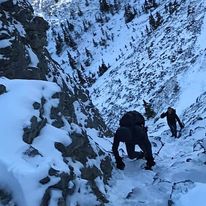
In extreme cold (minus 20 Celsius or colder) I try to never expose my fingers and hands to the cold. For this reason, I layer, layer, layer. From zero to minus 25 Celsius I rely solely on my own three-piece layering system. Base layer of thin merino wool gloves, second layer is a mid-weight wool mitt, and the outer layer is my shell. This not only regulates the heat of my hands and body, but also allows me to remove a bulky layer when I need to complete a quick task, giving me full use of digits without fully exposing them. After minus 25 Celsius I switch to my Outdoor Research Alti Gore-Tex Mitts. If the temperature keeps dropping below minus 35 Celsius or if my body is not producing enough heat due to fatigue, I pull out the big guns. Moose hide and beaver pelt gloves specially designed for me by a trapper in Alaska. With my merino wool liners or insulated wool layer I still have not found a temperature in which my hands get cold. Perhaps minus 50 or 60 Celsius but then I am likely snuggling in the warmth of my sleeping system waiting for a break in the weather. Although I do not know for sure as I have not been forced to experience those temperatures, but if I do, I want to be confident that my gear selection will provide me the ability to weather the storm and not lose any digits.
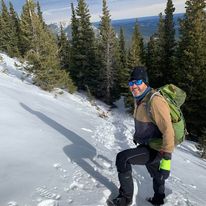
The key point is that my outer gloves in cold temperatures are never worn alone without a minimum of my merino wool liners. Liners are idea for quickly setting up your tent or sleeping system and providing a barrier between your skin a cold metal tent pole. Picture yourself trying to set up your tent while wearing three layers on your hands or even one set of bulky down mitts. Many individuals have frozen their fingers through frustration when they remove their single barrier just for a moment to complete a task.
Gear Rule #5: Head, Neck & Face Protection
We humans lose a tremendous amount of heat from our heads and necks. There are many blood vessels near the skin’s surface on these parts of our bodies and exposing them to cold weather cools our blood down quickly. In turn this blood then circulates through the rest of our bodies resulting in lowering our overall body temperature. If I feel I am overheating the first thing I do is lower my zipper, remove my neck liner, or remove a layer of my head protection to release some heat and help regulate my body temperature.
However, let us focus on protection. Obviously like the rest of selecting your clothing, head and neck protection is dependent on the intensity, duration of your activity and expected temperatures.
For more intense activities I prefer to use a combination of my hooded merino wool base layer, a lightweight merino wool beanie, a hooded insulator jacket and finally a good winter hat that covers my ears. For extreme cold or when I stop to set up camp, I like to use my beaver fur lined hat. Its bombproof head gear that offers excellent protection at minus 30 or colder.
Another piece of gear I would recommend is some type of face mask. Many individuals like to use a balaclava ski mask. Personally, I carry a merino wool full face mask along with a half size neoprene facemask that I can adjust. My go-to backup is my merino wool tube buffs. The buffs can be stretched and used in a variety of ways. From neck warmer to headband or makeshift toque. Dependent on the situation I might opt for fleece neck buffs that can be rotated when they get wet from my sweat and breath, avoiding the need for a change. For a multi-day cold weather outing I bring a selection of everything. Remember, layers provide flexibility!

Also, ski goggles go a long way to protect eyes and upper face against wind and cold. It’s easy to forget the area between the eyebrows and the tops of the cheeks which can get super frosty. For some people like myself goggles do not work very well, but for those that can wear them, they are great protection.
Gear Rule #6: Winter Shelter Systems
This is the time those friends, family members and neighbours are really going to question your sanity. It is minus 30 and time to stop to pitch your 4 to 8 pound nylon tent, held together with 2 to 4 lightweight poles. It might sound counterintuitive, but not only can they effectively protect you from the outside elements, with a proper sleeping system they can be wonderfully comfortable. Even understanding and having the skills to build a snow shelter can keep you warm enough to stave off hypothermia and save your life.

When choosing a tent for winter adventurers, pick a 4-seasons rated tent. To hold the heat better, remember convection, winter tents have less or most often no mesh netting, meaning they hold the heat better and it does not flow as rapidly to the outside cooler air. Although my preference it the Latok Summit 2-man tent for its combination of being lightweight and easy to set up, several winter tents also come with larger vestibule areas where you can keep snow-covered boots and outerwear outside. I prefer just placing my gear underneath a light tarp that can also work as an additional shelter in case of an emergency (as well as a piece of a flexible piece of first aid equipment).
If there has been fresh snow fall, tramp down the snow to create a firm and level base for setting up your tent. Place the tent door perpendicular to the wind. Remember that snow is a great insulator, so take an extra minute or two to pile snow onto the bottom outside edges of the tent. This not only provides extra insulation but also acts as an additional wind barrier.
Prior to risking your life and limbs to a nylon shelter based on a manufacturer “good to” claim I would strongly recommend practicing setting up your tent in cold weather to ensure the poles are not brittle and the fabric does not become stiff and difficult to set up. In the field is not the time to figure out your tent is not up to the task.
Gear Rule #7: Sleeping in The Cold
The goal of sleeping in the cold after a day of cold weather activities is to give your body time to recharge with a good night’s sleep. You are not going to be comfortable; most likely you will have a miserable night trying to stay warm if you do not pack a warm and comfortable sleep system. It is a critical piece of gear to protect your sleep, safety, limbs, and life.
By selecting a proper four-season tent, your greatest heat loss in your sleeping system will be by conduction. Direct contact with the cold ground is going to quickly pull the heat from your body. To combat this, select a sleeping pad specifically designed for winter and cold conditions. Dependent on the expected temperatures you may select a pad rated with an insulation value of 5, but 9 or 10 is much better. Inflatable pads are comfortable and can provide excellent insulation, however, they can fail. Should you select an inflatable pad, I recommend also carrying a lightweight closed-cell foam pad that you can double up or rely on if the first pad fails. You might have a miserable night, but it could save your life.
Always inflate your sleeping pad with a pump. I use a self-inflating pad and top up the air pressure with my lightweight fabric air bag. Takes less than 60 seconds to set up. Never blow into to your sleeping pad as your moist breath well condense and freeze reducing the insulation value. Over a multi-day trip this can quickly become a serious problem.
Your choice in sleeping bags can be somewhat personal as there are several styles and materials to choose from. After testing and experimenting with multiple bags, my preference is the North Face Inferno -40F/-40C bag which is a dependable work horse in the coldest environments. Being 6’1” and 195 lbs I prefer its roomier cut. Its center zipper system allows me easier access to items I might want during the night and I find it easier to get in and out of.
A word of caution on selecting down sleeping bags over synthetics. As you sleep your body weight compresses the layer under you and it loses its insulation value, making the need for a high insulated sleeping pad even more critical. Similarly, if your down bag gets wet it is going to be rendered almost useless. In comparison, the synthetic bags will continue to work.
Personally, I take two precautions with my down sleeping bag. First it is always packed when travelling in a waterproof bag. Second, in extreme cold I use a lightweight vapour barrier to sleep in that not only traps my body heat but ensures my sweat does not get my down bag wet. A fleece liner could also be acceptable liner but never cotton.
Dependent on the temperature I prefer to change into a dry base layer (others choose to Maytag, meaning wearing their damp cloths and allowing their body heat to dry them while they sleep) and merino wool beanie, wool socks or perhaps my down booties. Of course my next days’ clothing is either on my body or staying warm and dry within my sleeping bag or the confines of my tent.
A quick tip that I have used with my wife Shawna is that before crawling into your sleeping bag, consider filling a Nalgene bottle with hot water and wrap it in a base layer or light fleece. This makeshift hot-water bottle will radiate heat for several hours and provide additional comfort. If you’re going to use a makeshift water bottle, make sure its tightly shut or even inside a waterproof bag, even a large ziplock (maybe two).
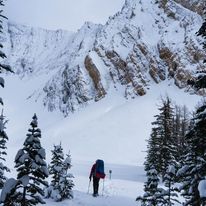
Personal Protection: Practice Mindfulness
The dangers of cold weather adventures are significant and can threaten life and limb. Your best protection is understanding the dangers, constantly scanning your body and environment for any threats. This is the cool headed, common sense approach. To me, the combination of remote wilderness and extreme cold, requires keeping a cool head. This is one of the most importantly survival considerations. Or more simply said: Practice mindfulness!
Mindfulness Tip #1: Hydrate
It’s sometimes easy to forget drinking water is important in the cold, because we’re so used to feeling thirsty in hot weather. But staying well hydrated is an important part of any outdoor winter adventure.
During my running of the Yukon Arctic Ultra, I religiously took a five-minute break every hour to drink 250ml of water. Needing extra calories, I rotated between water and 250ml of hot chocolate every second hour. Making it a regular routine even during cold weather training I ensured I maintain proper hydration, good blood flow and urination. Proper hydration helps you stay warm and helps lessen cold weather threats such as frostbite and hyperthermia. The bottom line is that it helps you stay warm.
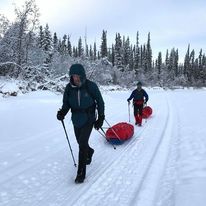
In my personal experience, items such as hydration packs (even insulated ones) can be not only frustrating to use in the cold but dangerous in extreme situations to use if it cracks open due to freezing. The best option is a vacuum sealed double walled insulated thermos.
Mindfulness Tip #2: Fuel Your Body
Be as efficient as possible. Understand the energy your body will require and amount of food calories including the make-up of those calories in terms of carbohydrates, fats, sugars, and protein that will be required to fuel your system. All the while also minimizing the overall carry (or pull) weight as much as possible.
- Food Tip #1: Remove meals from their original packaging, using thin plastic bags instead.
- Food Tip #2: Pack each day’s meals together for easy and quick access.
- Food Tip #3: Choose foods that can be eaten cold or require extraordinarily little prep time. Granola. Salami. Cheese. Trail mix. FYI, it is hard to eat food that is frozen solid, so I make it a habit to rotate my foods and keep my next few snacks and meal close to my body. Right up there with my wet wipes, which are totally useless as a frozen block of tissue.
- Food Tip #4: Consider preparing instant soup in the morning as a go-to throughout the day or evening. Eating hot soup can be a great way to boost morale as well as providing additional hydration and warmth.

Mindfulness Tip #3: Hypothermia & Frostbite
Hypothermia is when your body loses more heat than it produces, and your core body temperature drops. True Hypothermia starts when the body drops to an internal temperature of 35 degrees Celsius, which causes the body to begin to shiver uncontrollably.
Hypothermia does not occur suddenly except for Immersion Hypothermia for example falling through a weakness in the ice into frigid waters. Rather, it could come on after days of cool or cold temperatures, wet clothing or even a wet damp sleeping bag, or poor sleeping setup that results in the cold ground sucking heat from your body. The most critical element in dealing with hypothermia is to anticipate it well in advance of any symptoms or actual indications of true hypothermia, which could be life threatening.
Signs and Symptoms
- Pale skin
- Shivering begins (this is always a sign to me to change something FAST. I have never had uncontrollable/irreversible shivering on any winter activity because I fix it right away… do anything…jumping jacks, soup, put on a down jacket, to stop the shivering. It is a serious sign!
- Loss of motor control, recognize the grumblings (stumbling, fumbling, mumbling, grumbling, and tumbling)
- Conditions that are cool, cold, windy, or wet where you or a group member is weary
- Energy levels are low, and the person is dehydrated
Treatment
- Stop and address the heat loss
- Fuel & hydrate
- Increase physical output
- Remember passive rewarming does not speed up the rate of rewarming
- Take this as a warning and get yourself or your group to safety before true hypothermia sets in.
Frostbite is when your skin falls below the freezing point, causing ice crystals to form in your cells, killing them. Be mindful that wind chill can contribute to the rate of freezing. Also be conscious of the role nutrition, hydration and gear can play in the development of frostbite.
Recognize that frostbite is a localized freezing injury. The extent of the injury is based on the depth of the freeze and structures of the frozen cells. Remember that all frostbite at the early stages will look waxy and white. Subsequently it can turn red or black.
Treatment:
Frostnip
An example of frostnip would be white patches on the cheeks that affects the top layer of the skin. The white area feels the same as the non-white area of the face. Suggested treatment of frost nip is rewarming of the area with body heat and steps taken to correct the conditions which caused the freeze such as putting on a face mask.
Superficial Frostbite
The freezing is now deeper, and the skin has become affected. Some stiffness can be noticed. If you are confident that the freeze is only superficial this degree of freezing can also be re-warmed with body heat. Be aware that blisters and severe pain may happen with re-warming. If blistering, do not burst the blisters and always dress fingers and or toes individually. Evacuation to safety should be ASAP where a medical assessment can be completed.
Deep Frostbite
Deep frostbite occurs where all layers of the skin and possibly cell structures under the skin have been affected. With the loss of circulation significant damage can occur to the affected body parts. Loss of use or loss of body parts is a real possibility. If you suspect Deep Frostbite serious consideration must be given to rewarming the affected areas as any refreezing after warming could lead to further damage and complications. Also, swelling will likely take place following rethawing that could impede the ability to walk or use any critical equipment that could be required during an evacuation.
Winter is Coming, Embrace the Cold
I hope you have enjoyed my thoughts on how to not only to survive but thrive and enjoy extreme cold weather adventures.
Thanks to characters like John Snow, Sansa Stark and Tyrion Lannister from Game of Thrones, most of the world is familiar with the fearful warning ‘Winter is Coming’. For winter adventurers this is a welcome call for it opens exciting, fun, and rewarding opportunities. Simultaneously it requires proper preparation, survival skills and proper gear to avoid the various risks, misery, potential dangers, and possible disasters that it comes with. Respect the cold, its relentless, emotionless, and inescapable!
Currently I am staying focused during this Covid-19 pandemic by training for the 300-Mile (480 kilometers) Montane Yukon Artic Ultra scheduled for February 7th, 2022 with the personal goal of being only the 3rd individual over the age of 60 to successfully finish the race. Many have tried, few have finished.
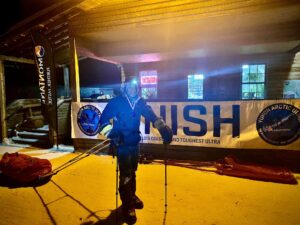
Our products
-
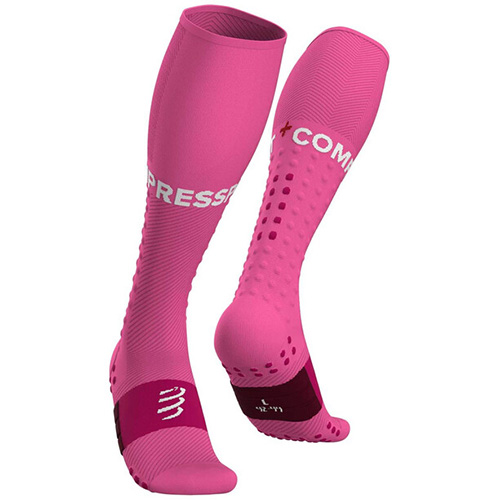
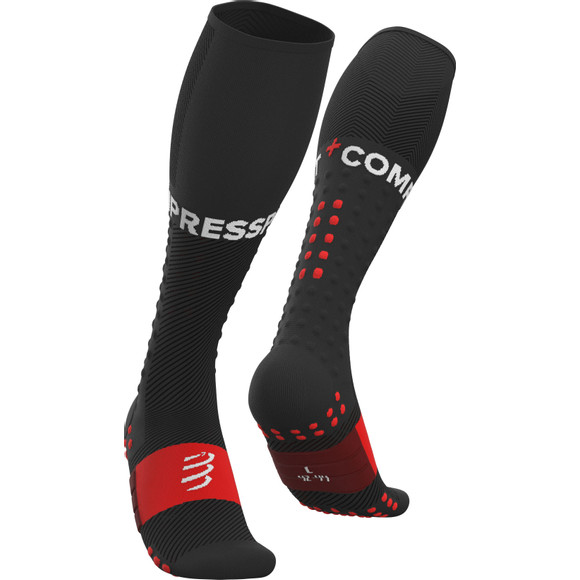

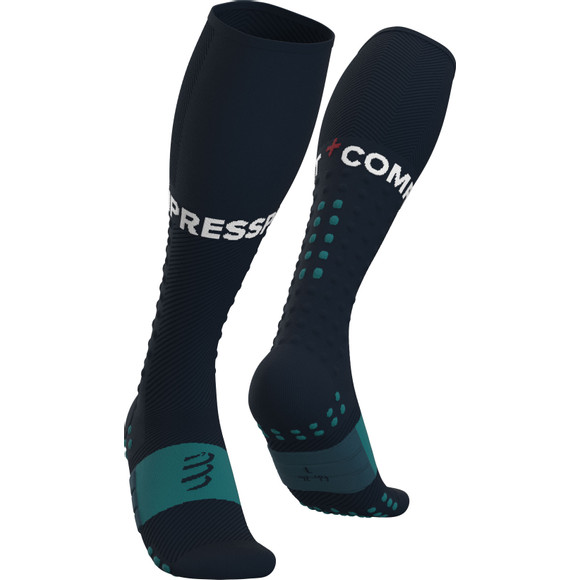

Compressport – Full Socks Run
€40.00
Select options -
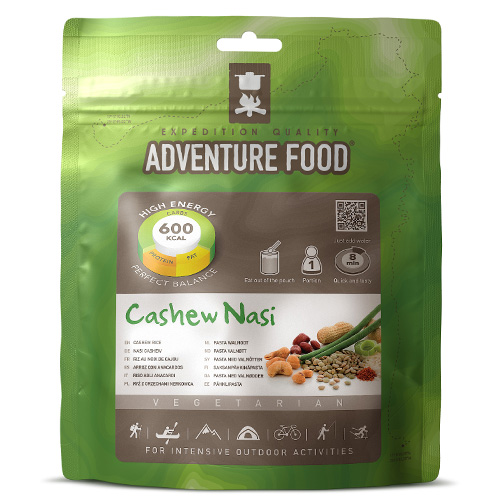



Adventure Food Cashew Nasi
€5.95
Add to cart -



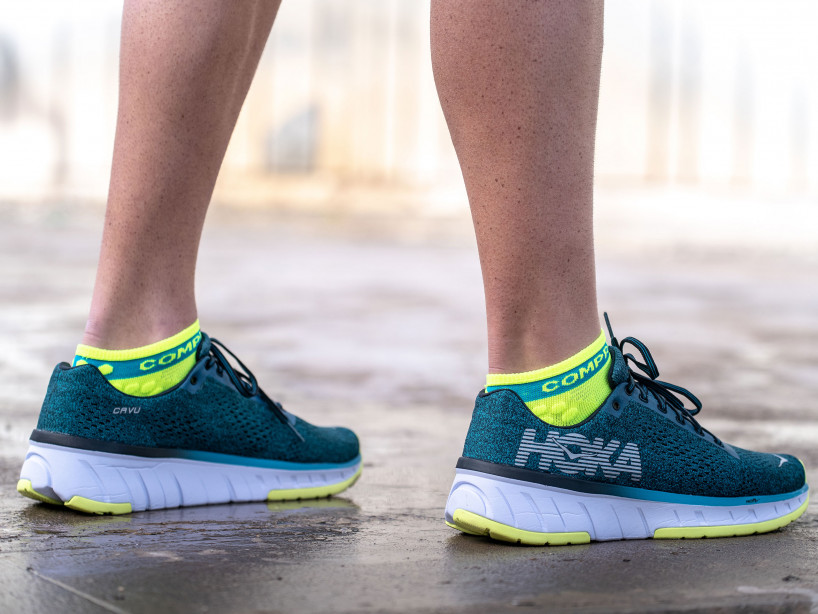
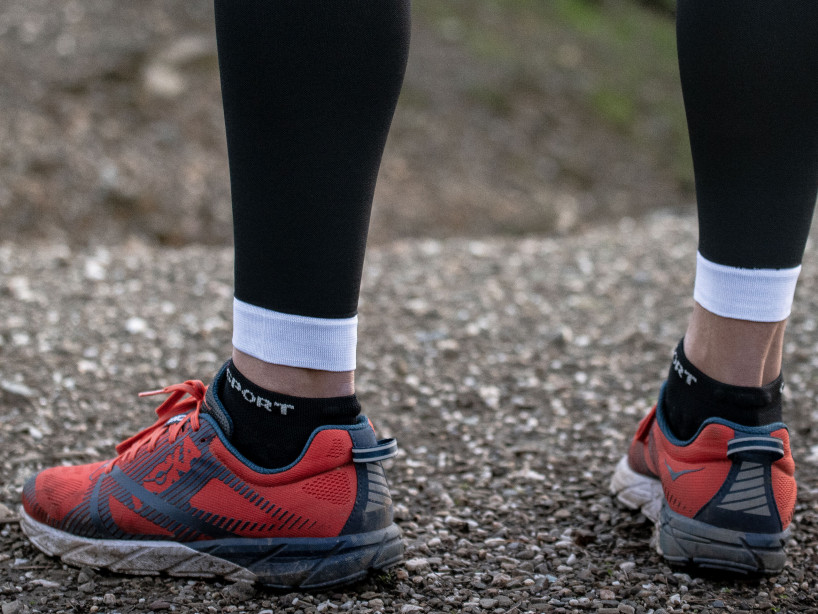
Compressport – Pro Racing Socks V3.0 Run Low
€16.00
Select options -
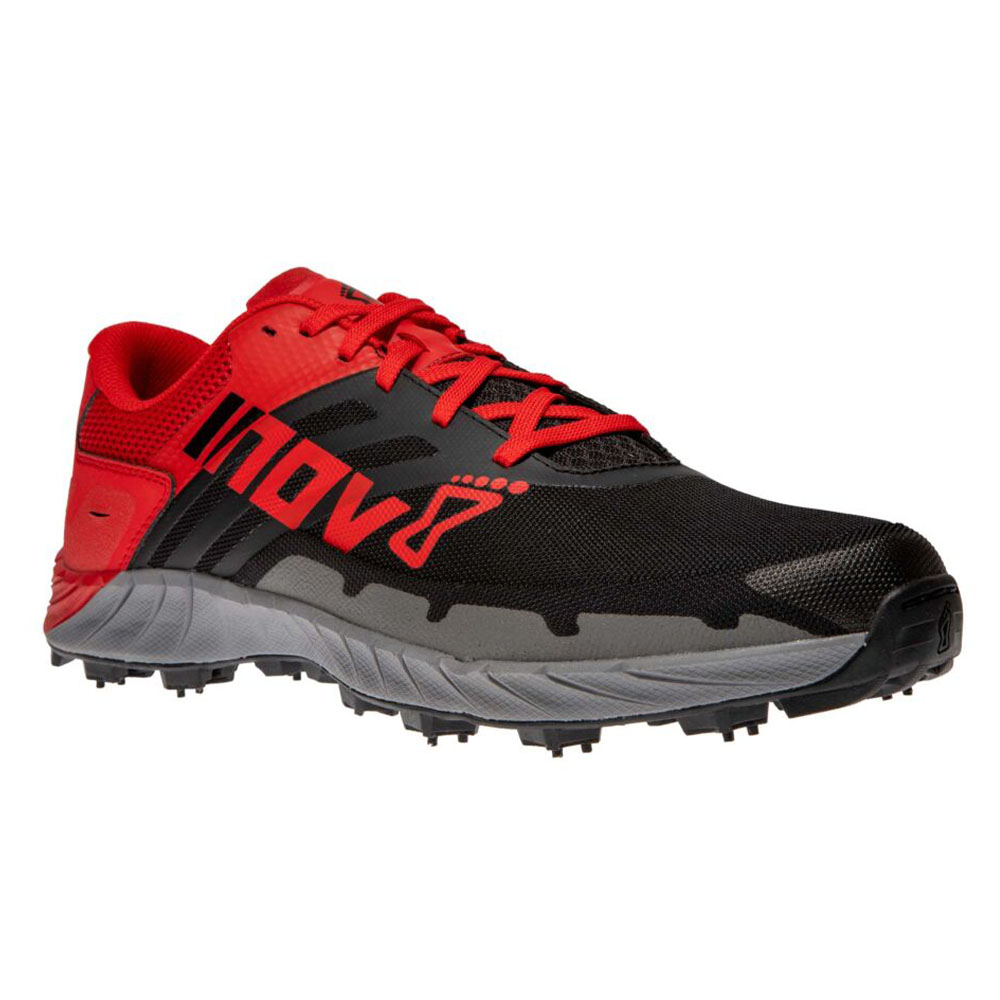
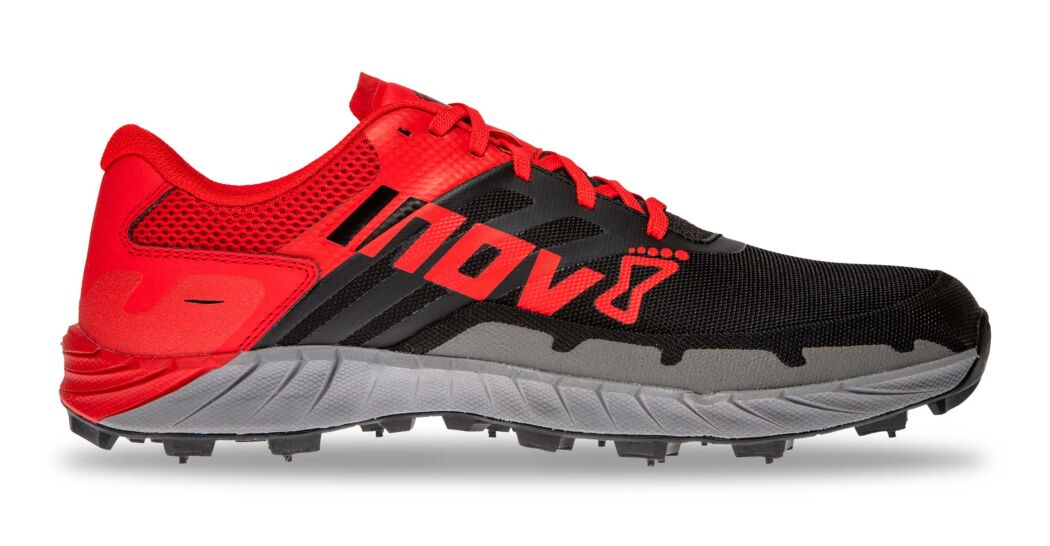

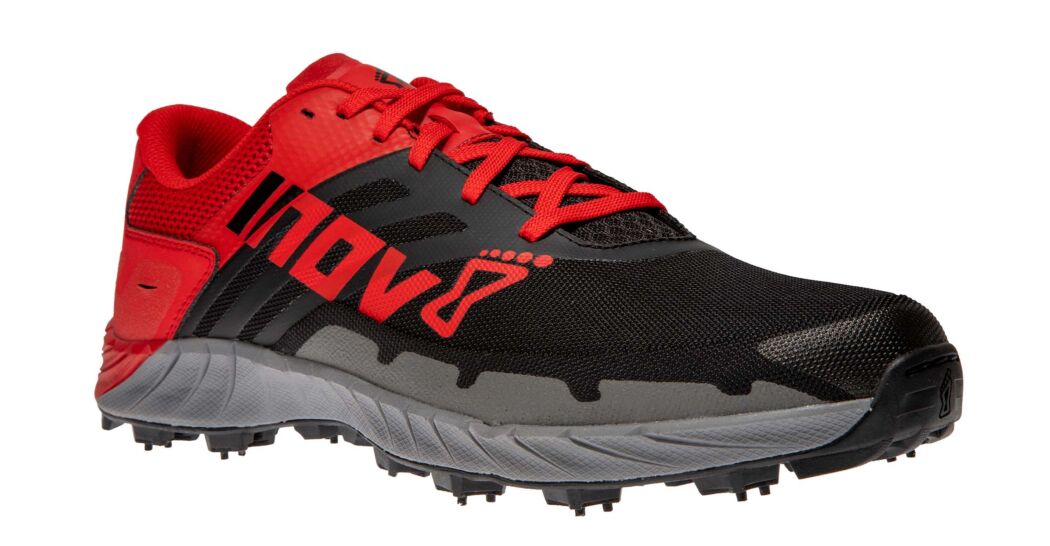

Inov8 – Oroc Ultra 290 – Men – Red/Black
€170.00
Select options -
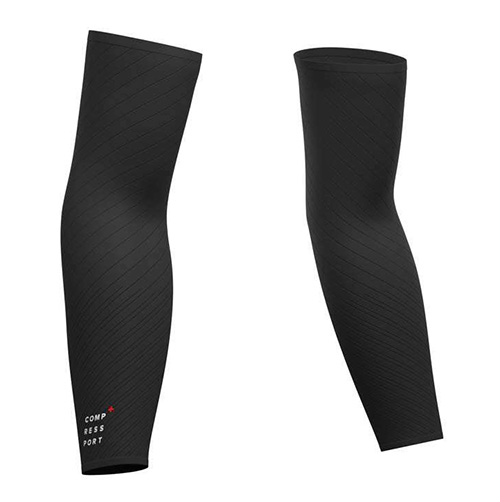
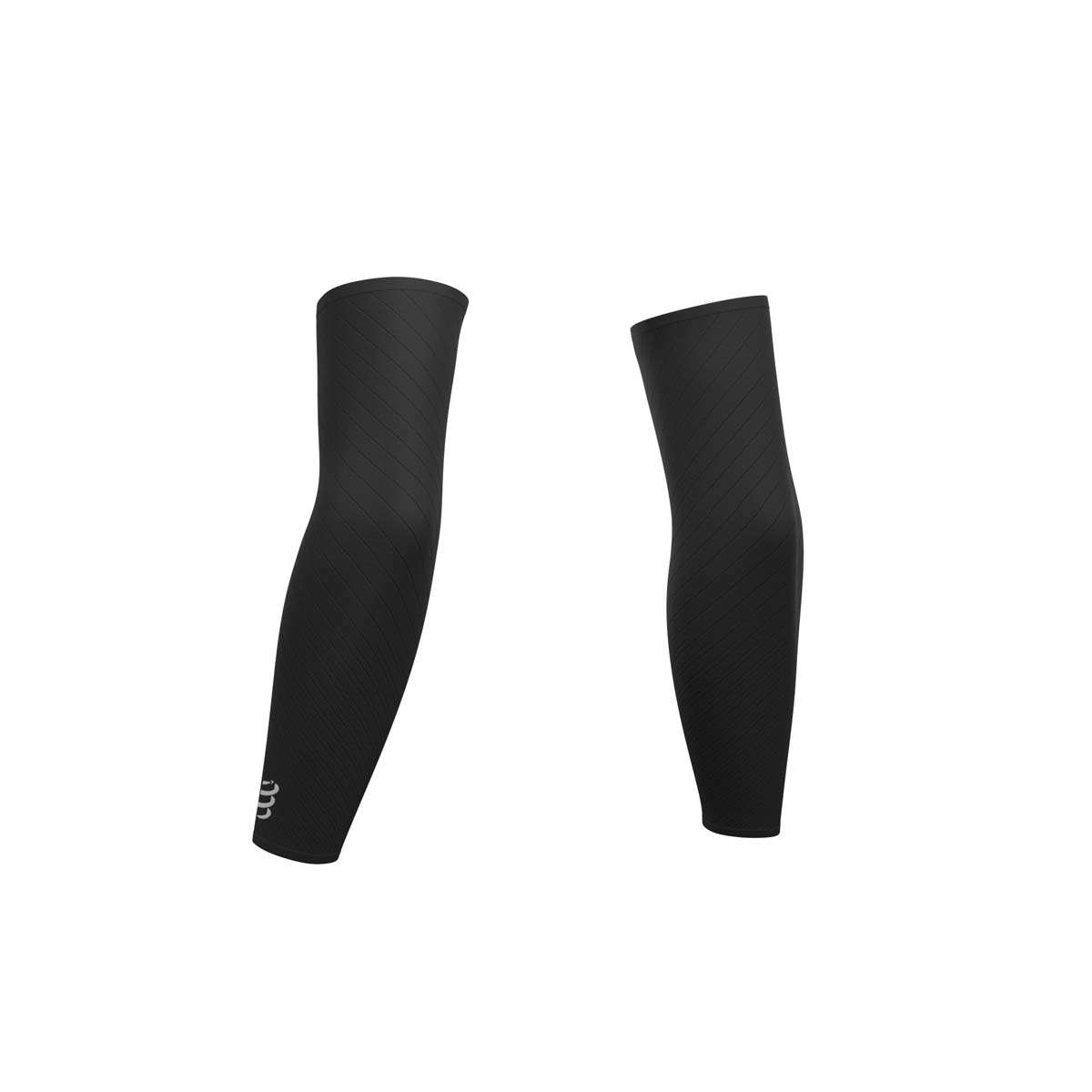

Compressport – Under Control Arm sleeves
€45.00
Select options -
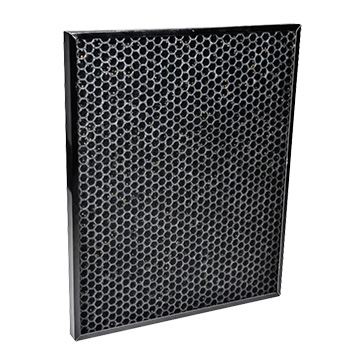
AmazingAir Carbon/Gas Trap/VOC Replacement Filter
€65.00
Add to cart -
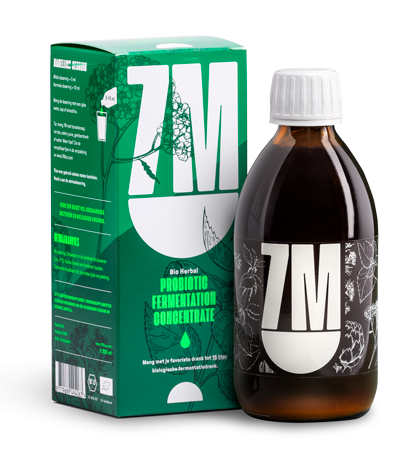
7M
€24.95
Add to cart -
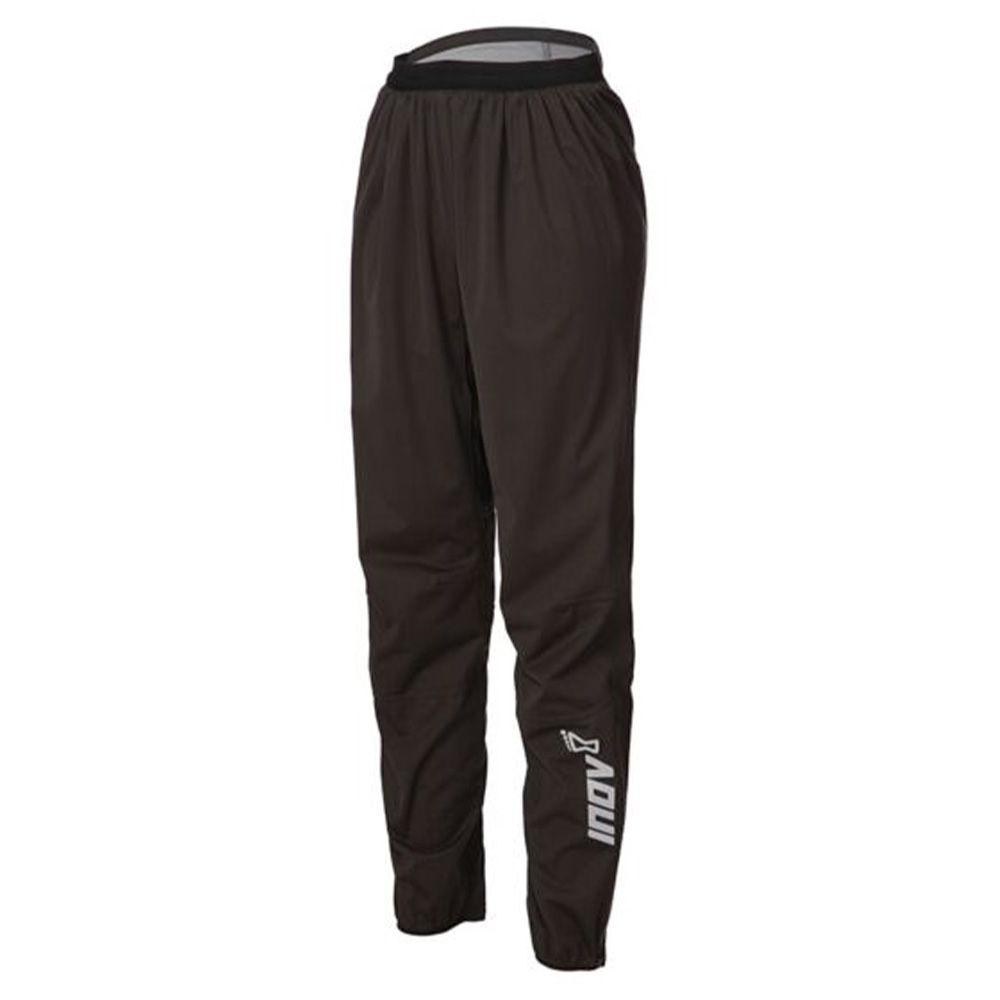
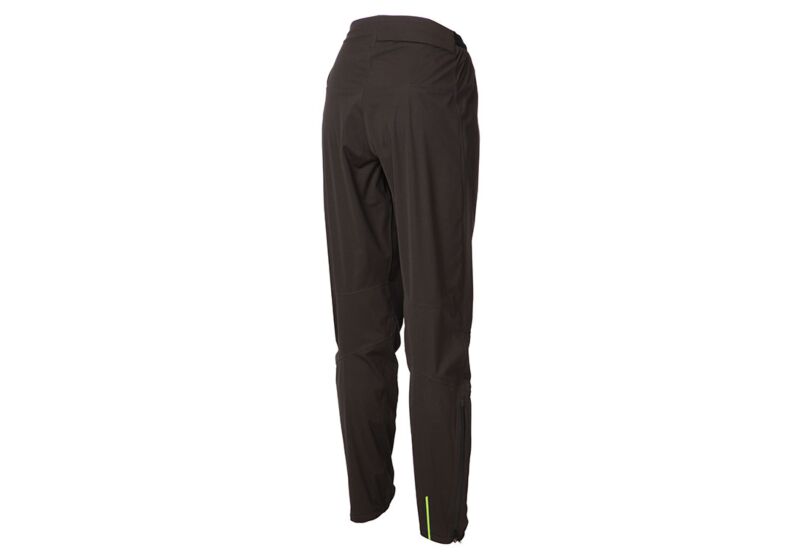

Inov8 – Trailpant W – Women – Black
€150.00
Select options -
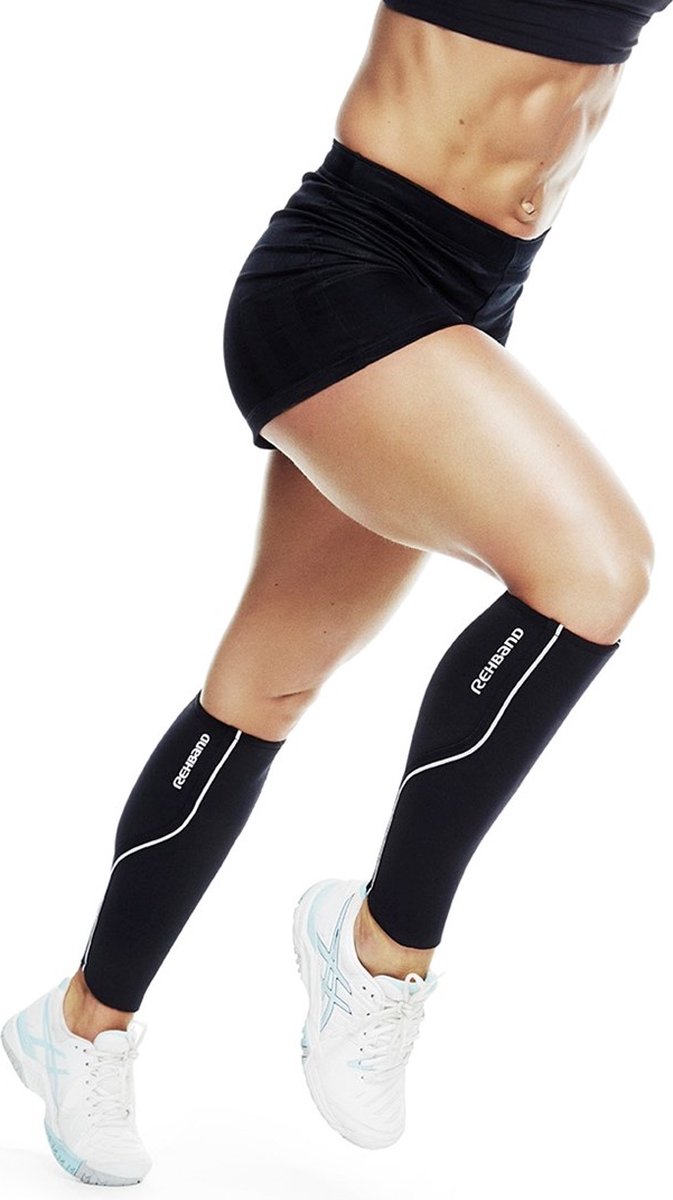




Rehband – QD Shin & amp Calf Sleeve
€25.00
Select options -
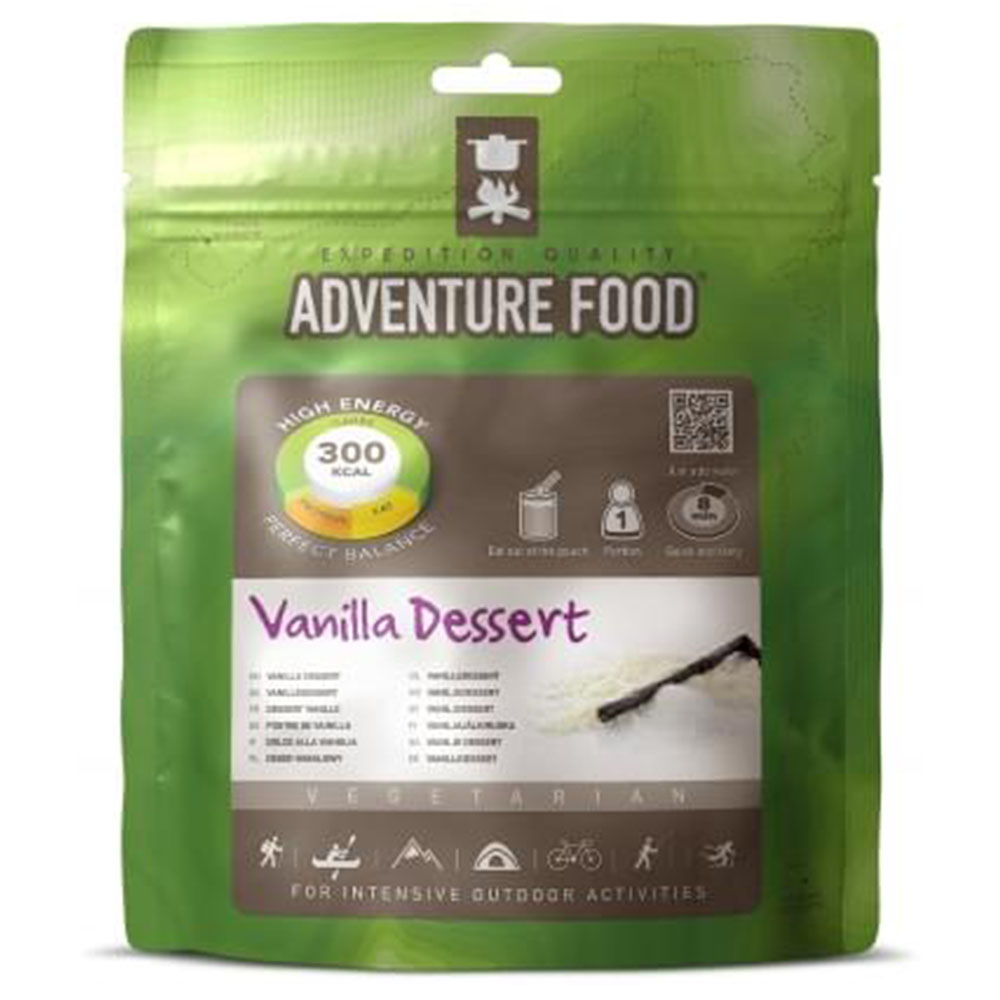


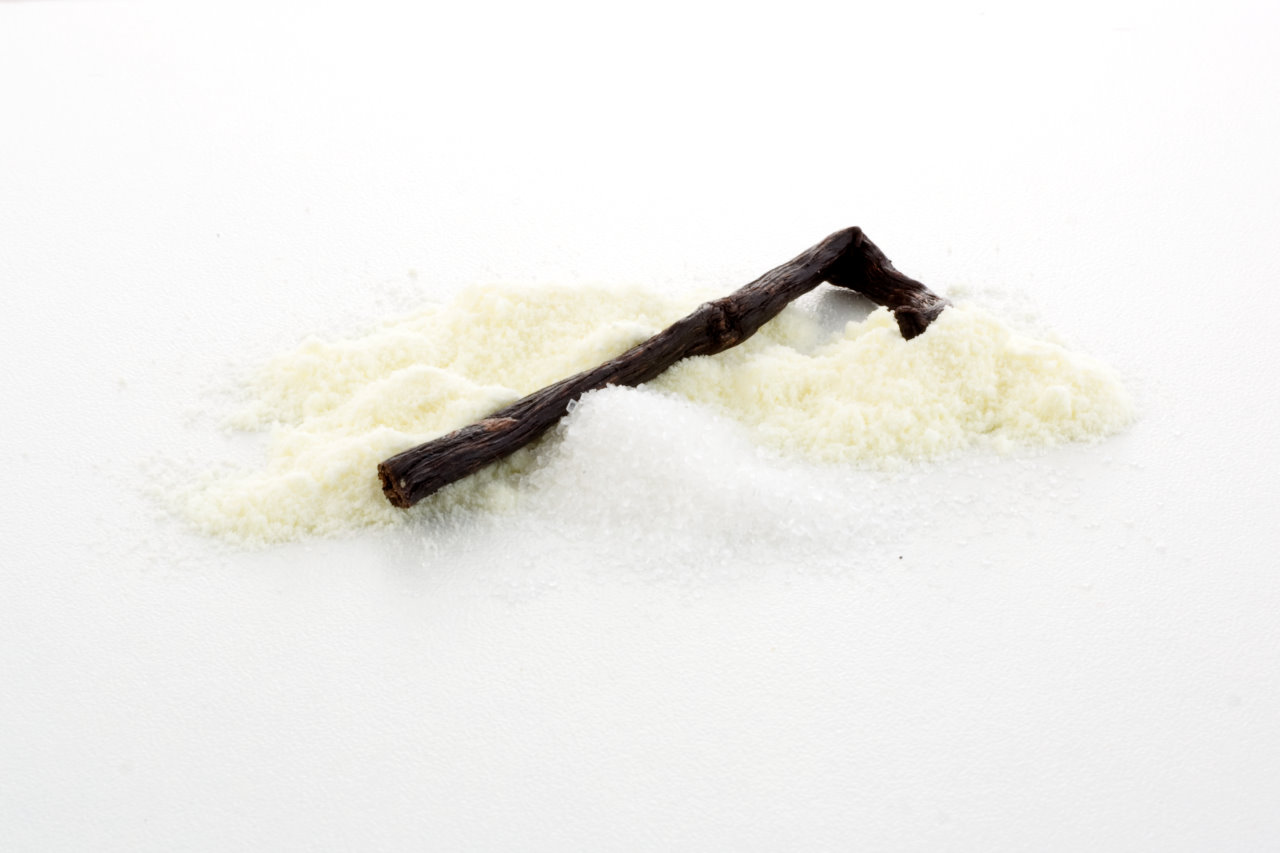
Adventure Food Vanilla Dessert
€3.95
Add to cart -
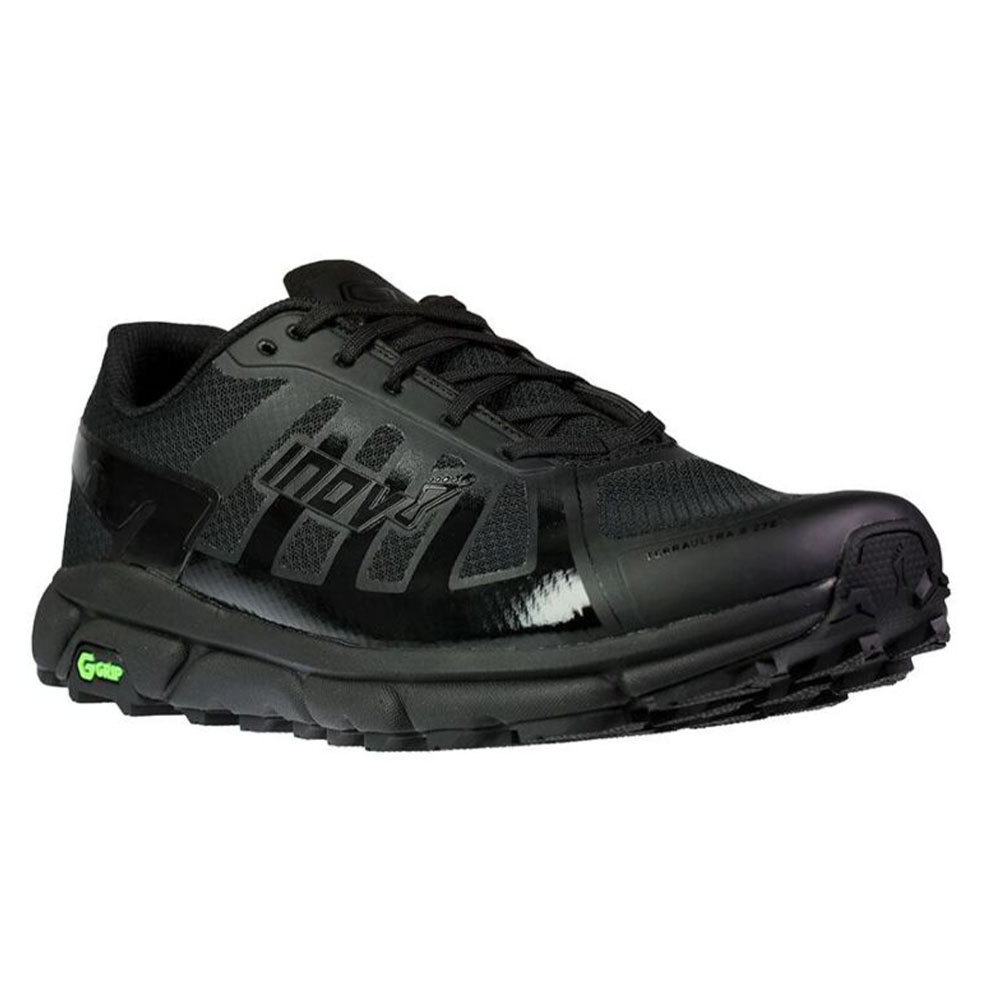



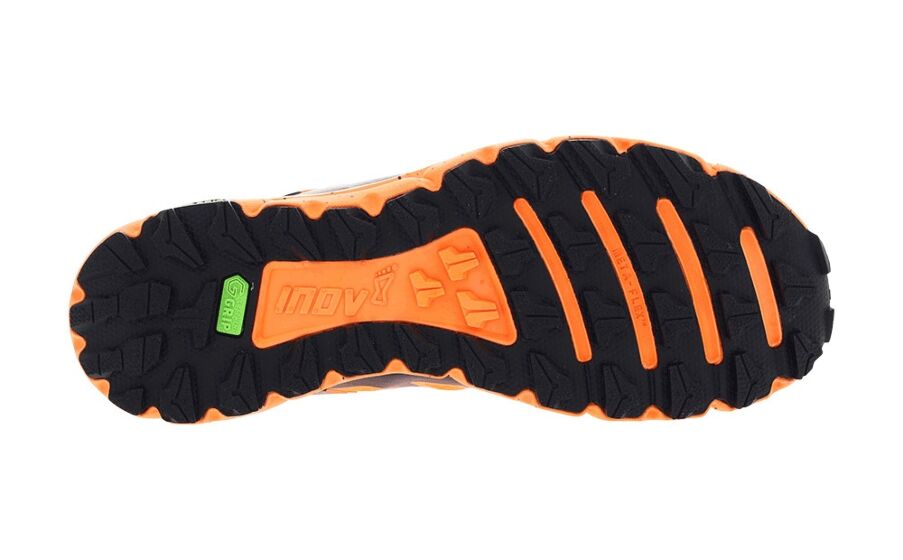
Inov8 – Terraultra G 270 – Men
€170.00
Select options -
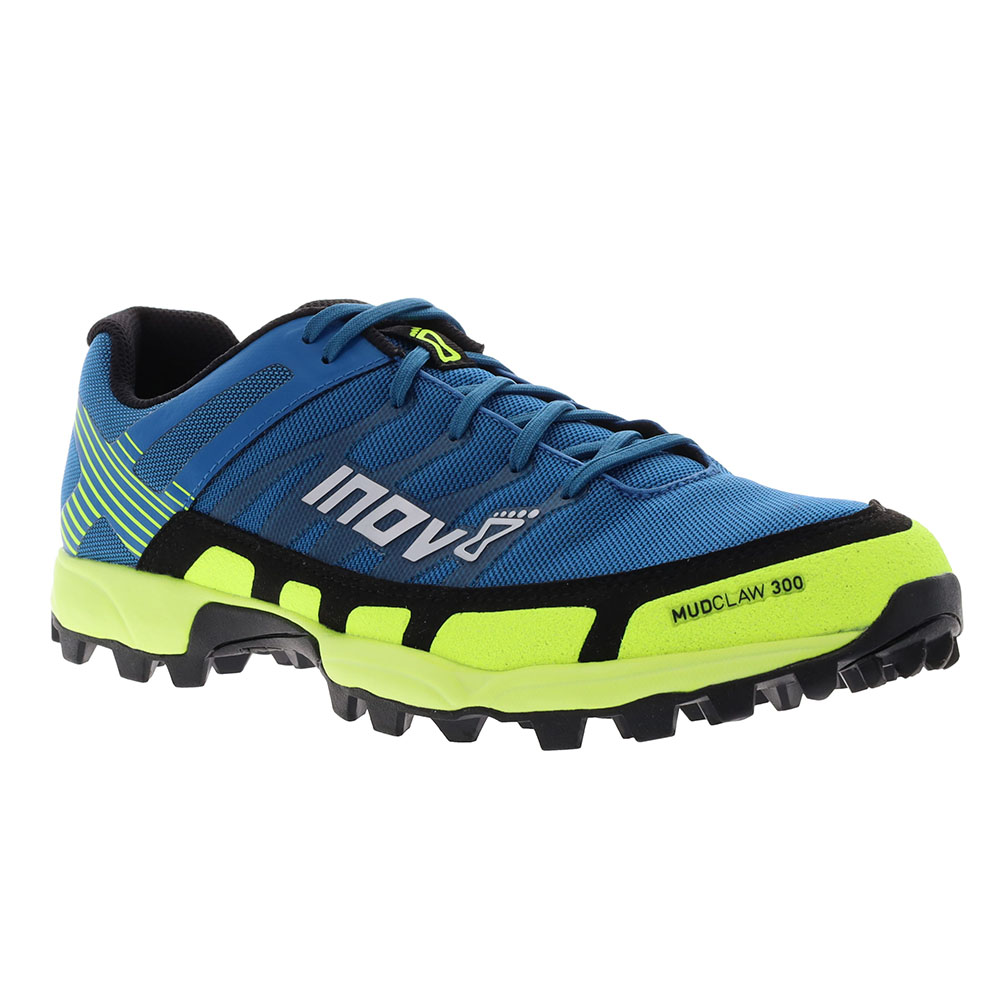
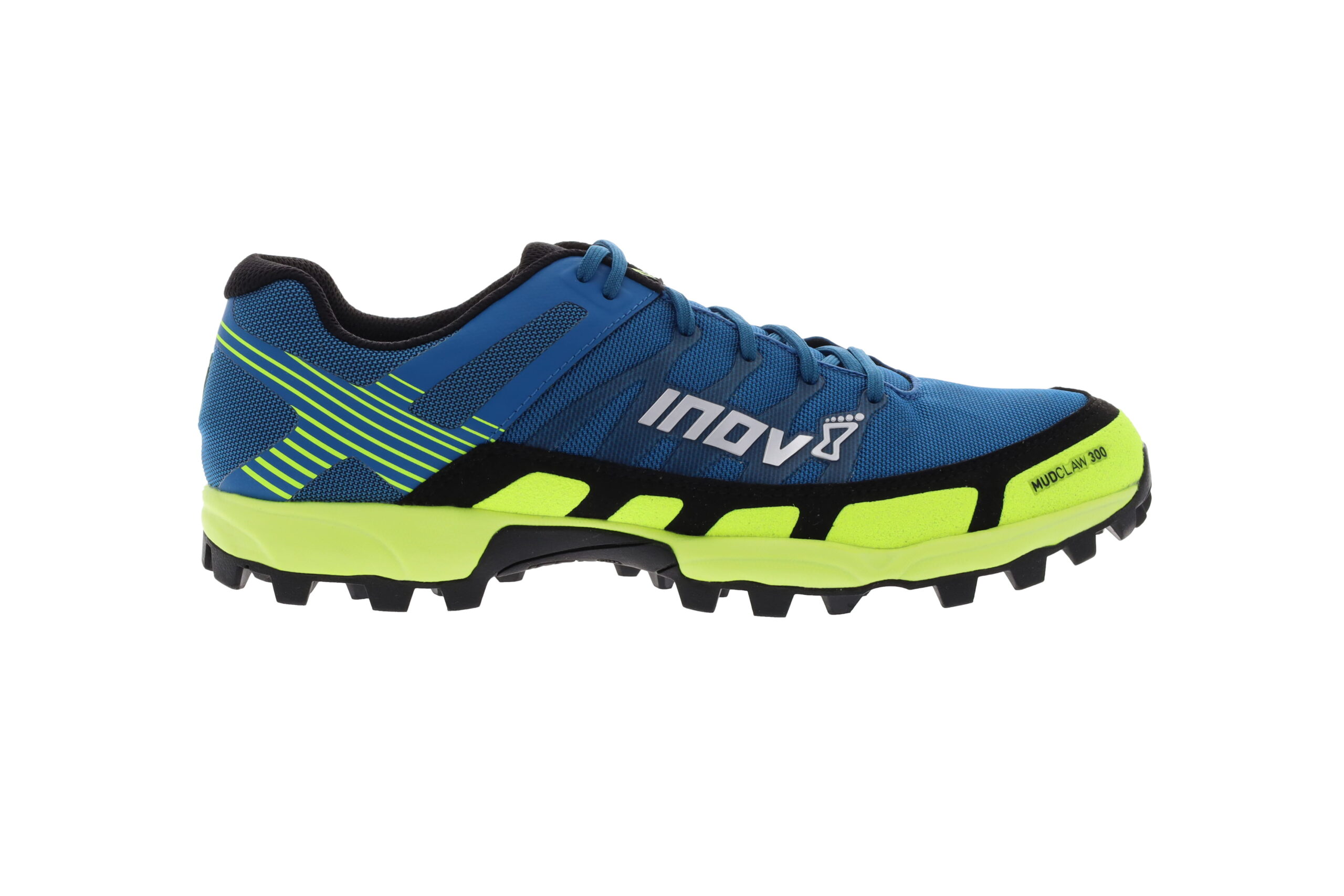



Inov8 – Mudclaw 300 – Men – Blue/Yellow
€135.00
Select options -
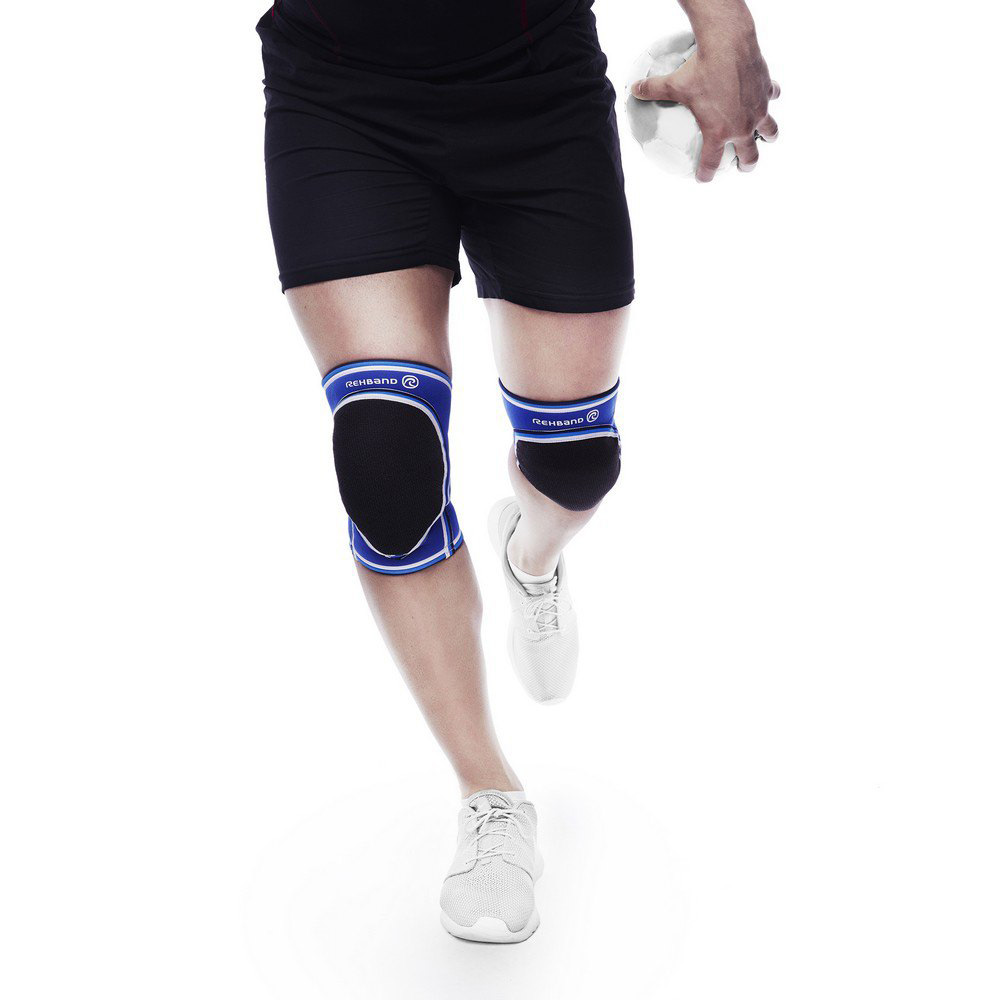
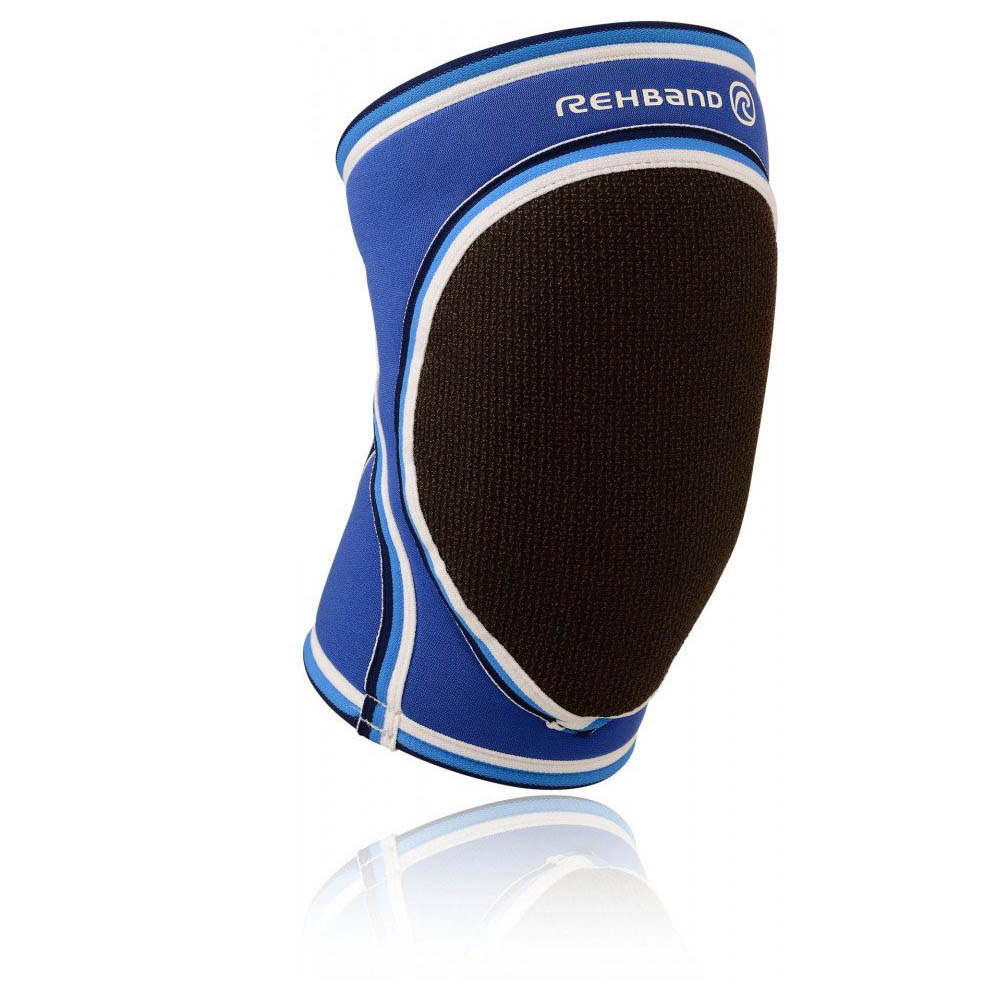



Rehband – PRN Original Knee Pad – Blue – XS
€45.00
Select options -
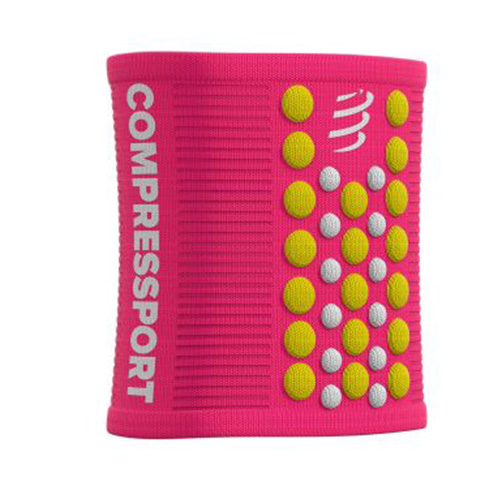
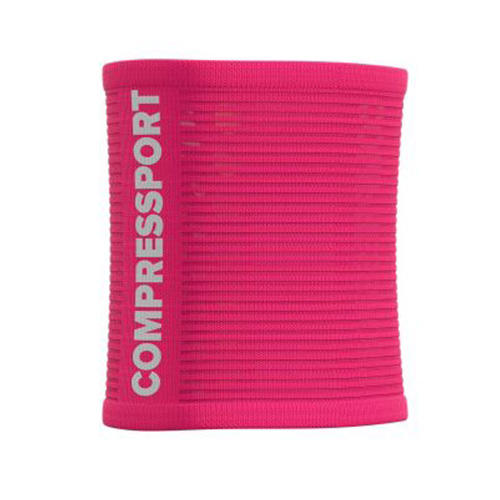

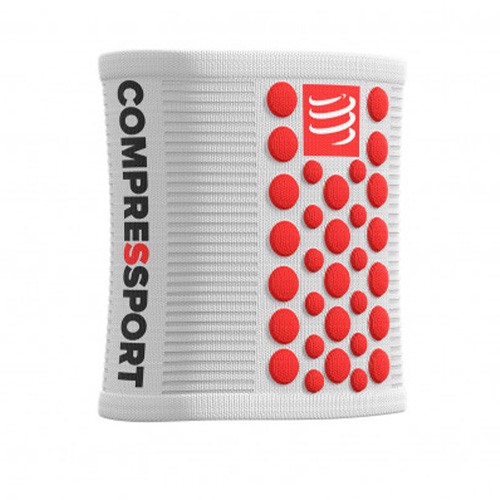
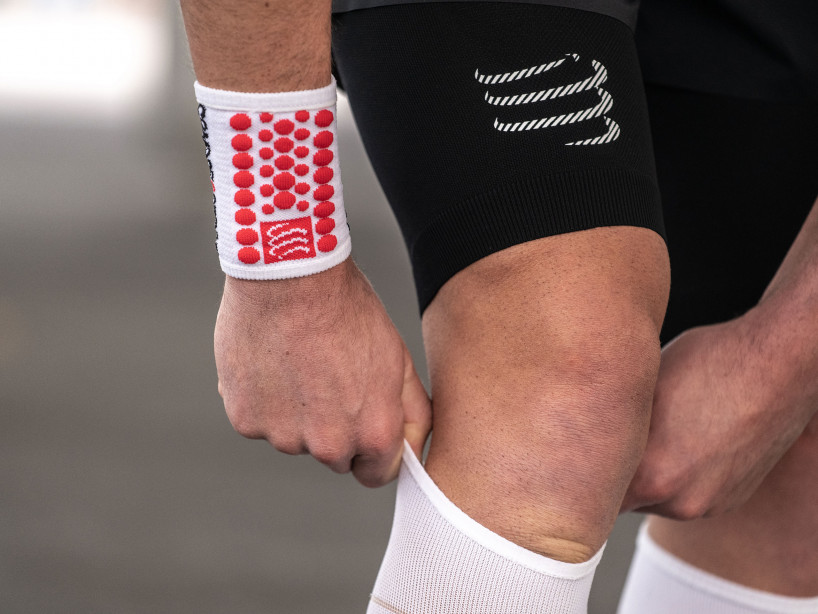
Compressport – Sweatbands 3D.Dots – One Size
€10.00
Select options -




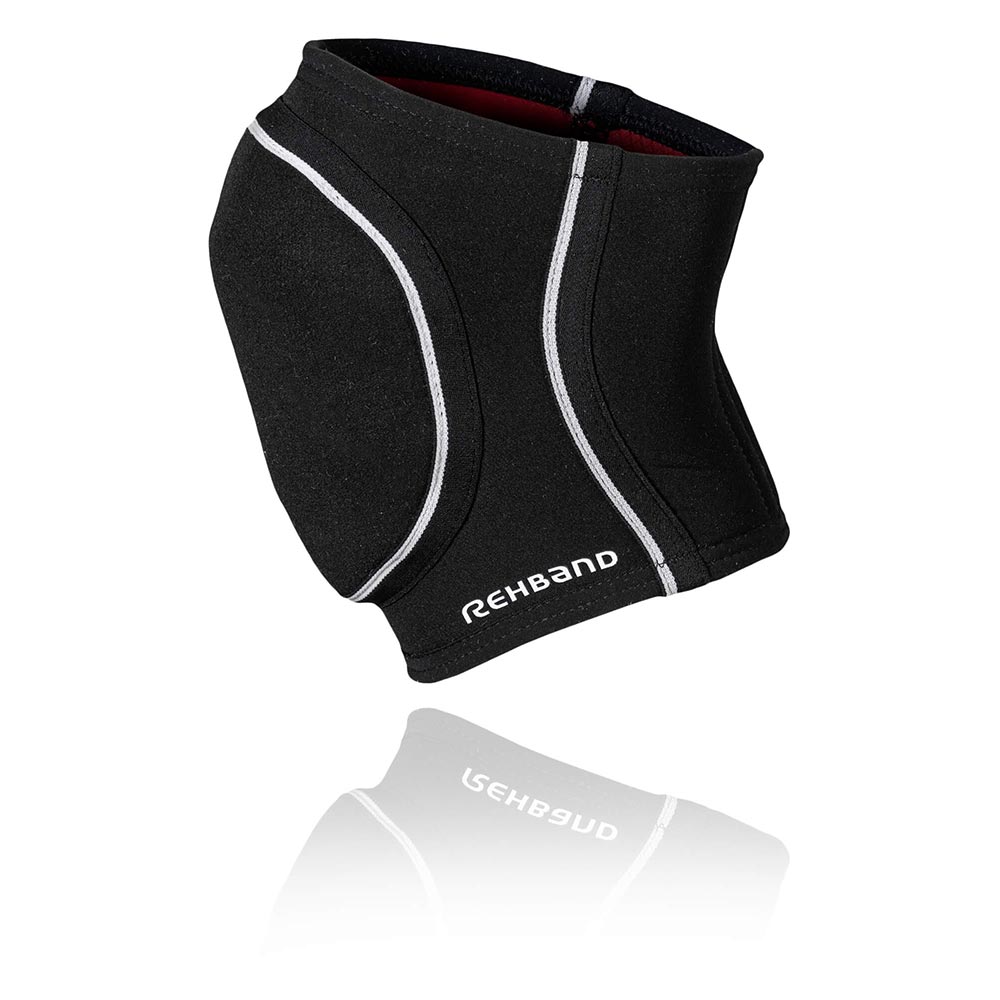
Rehband – PRN Knee Pad Advanced – Strong Support
€60.00
Select options -



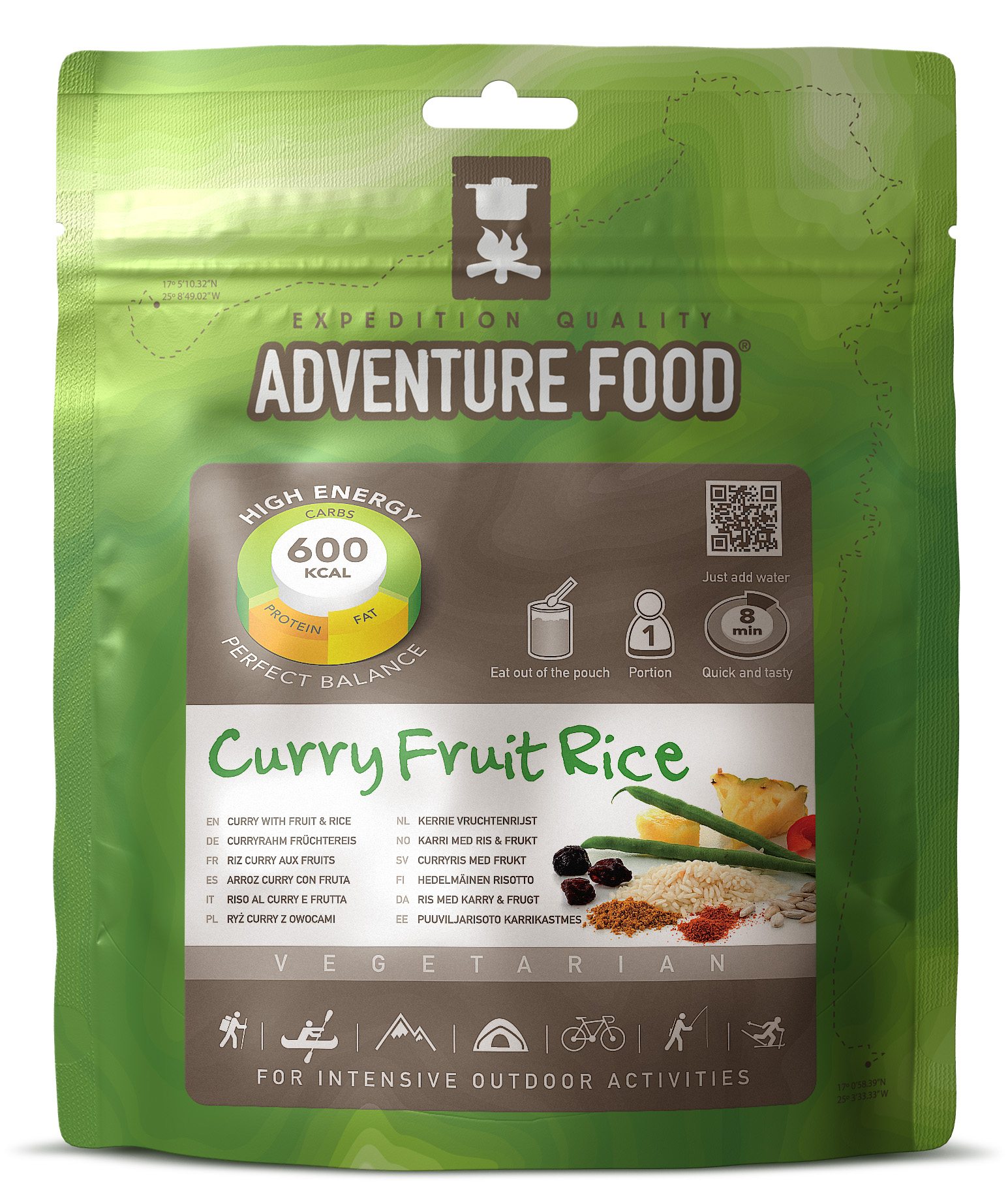
Adventure Food Curry Fruit Rice
€5.95
Add to cart -
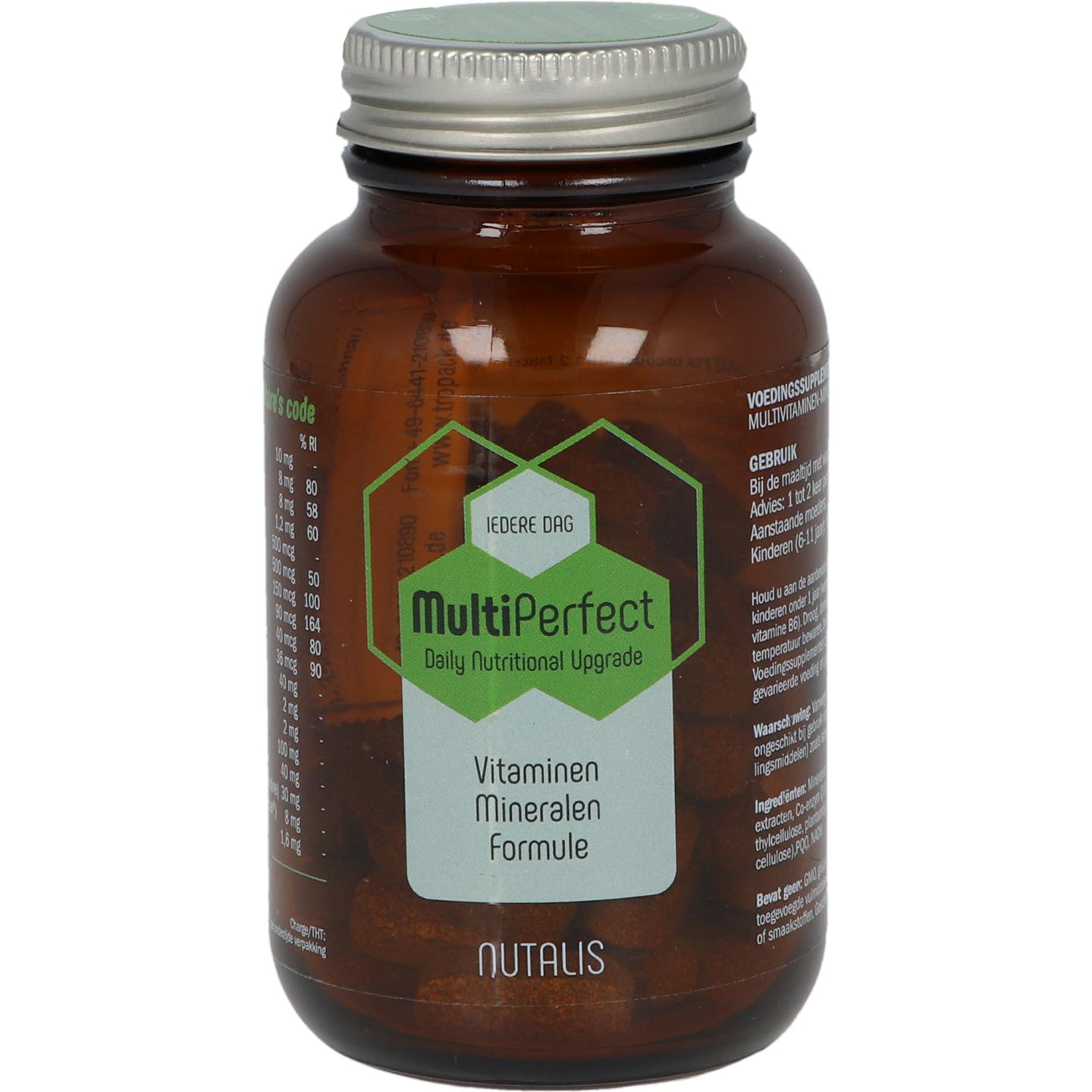
MultiPerfect
€39.95
Add to cart -



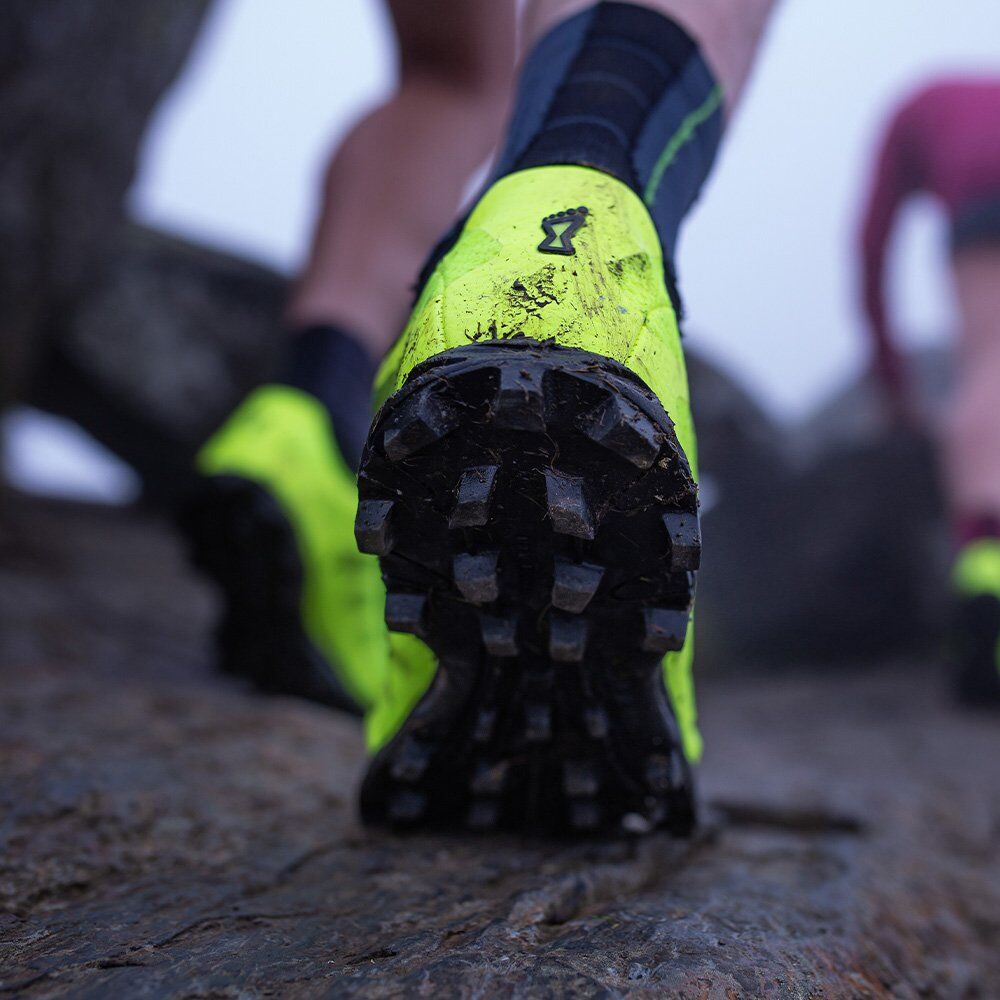
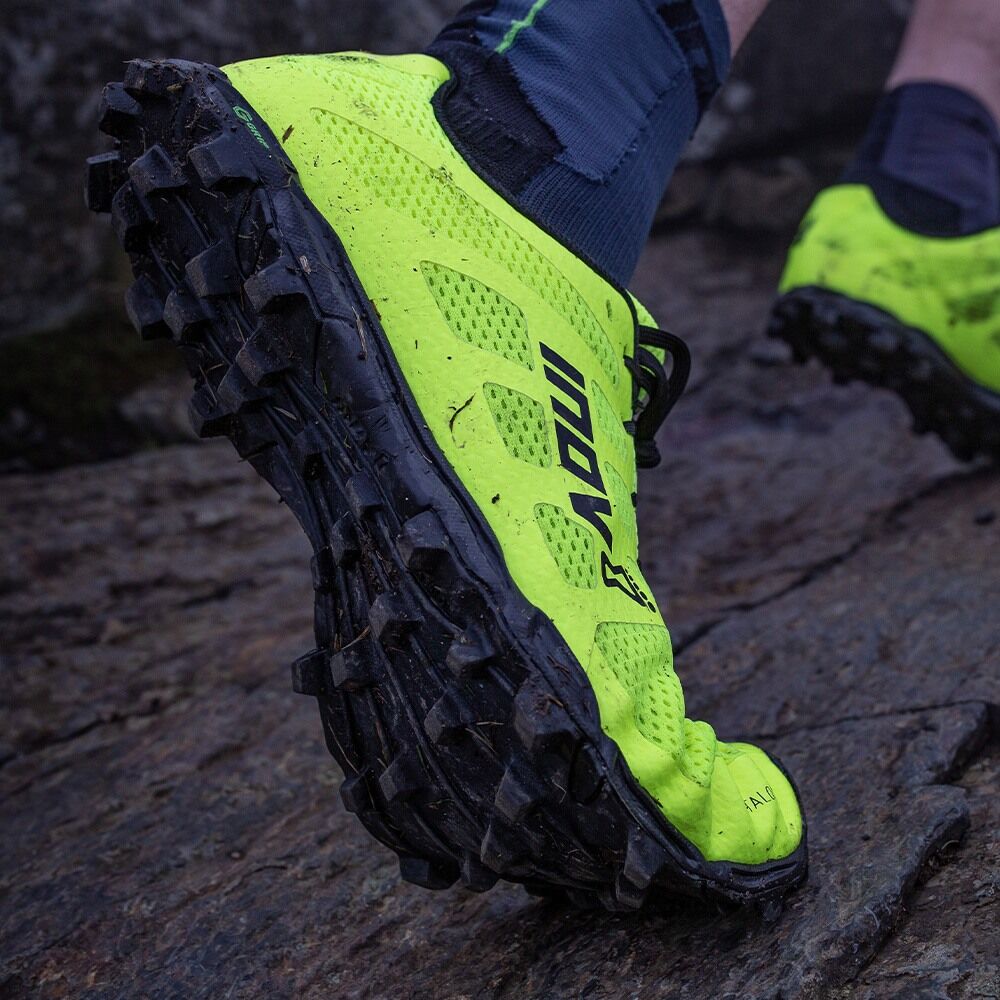
Inov8 X-Talon G 210 V2 Men Yellow/Black
€160.00
Select options -

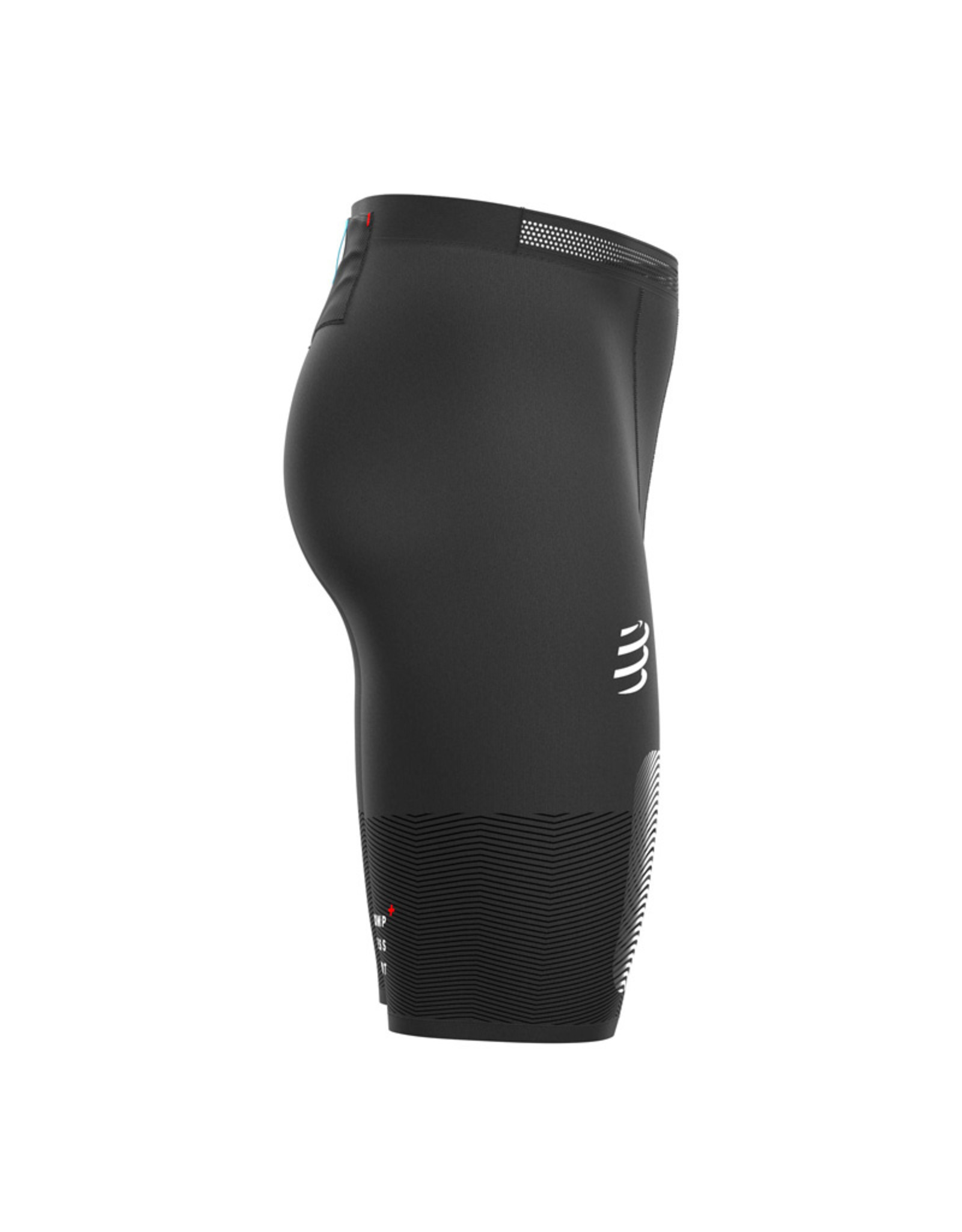

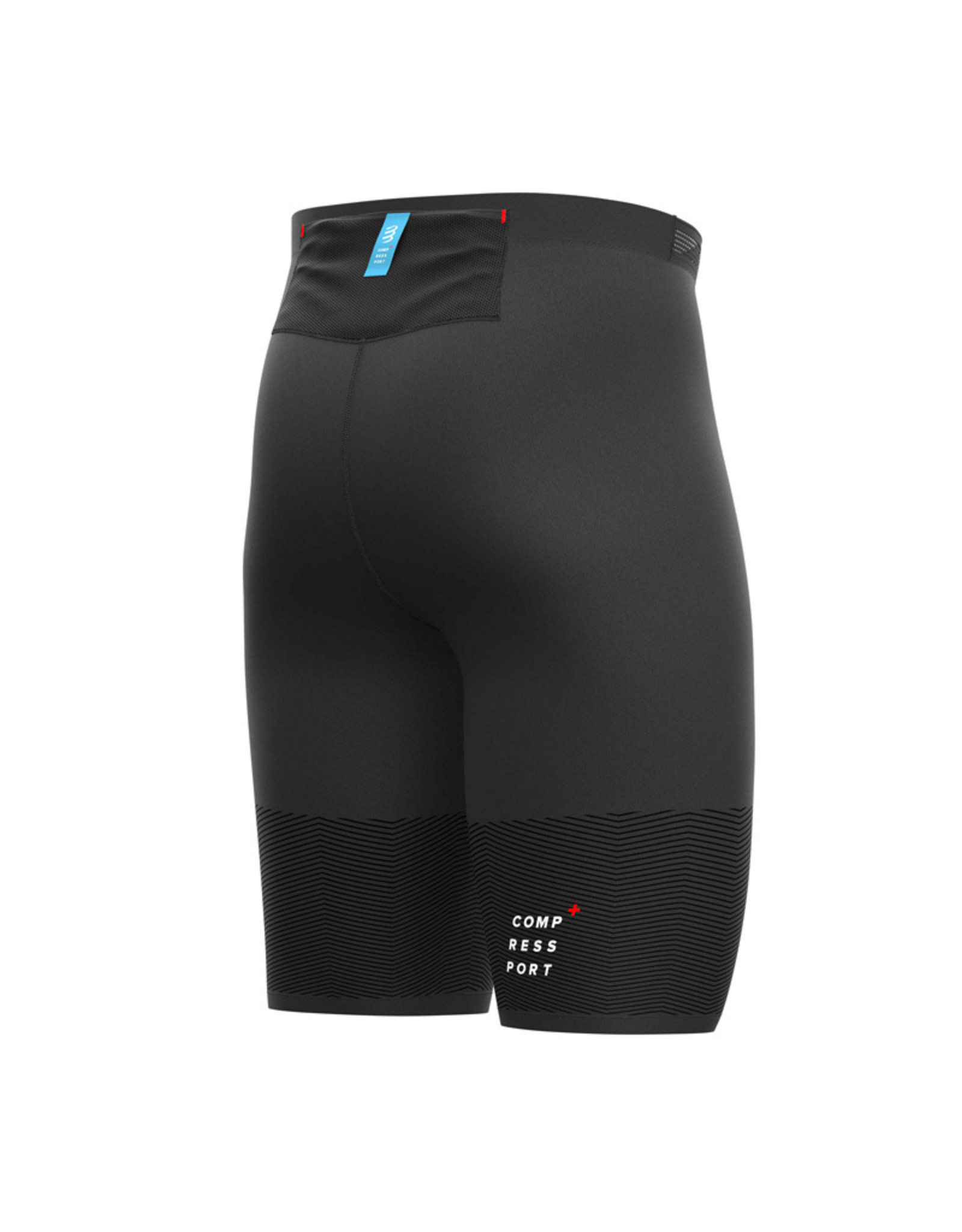

Trail Under Control Short -Black
€100.00
Select options -
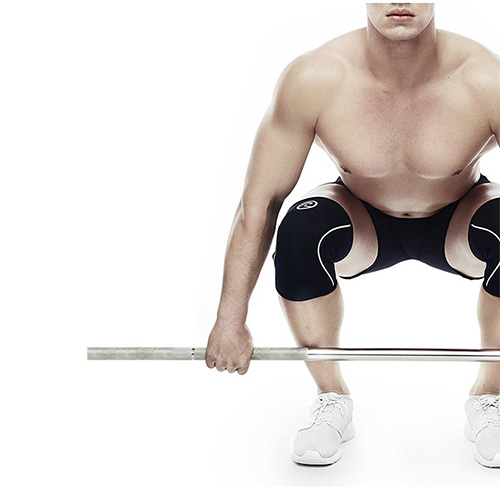
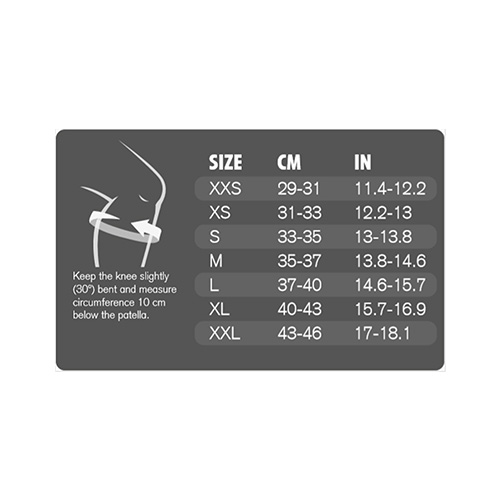


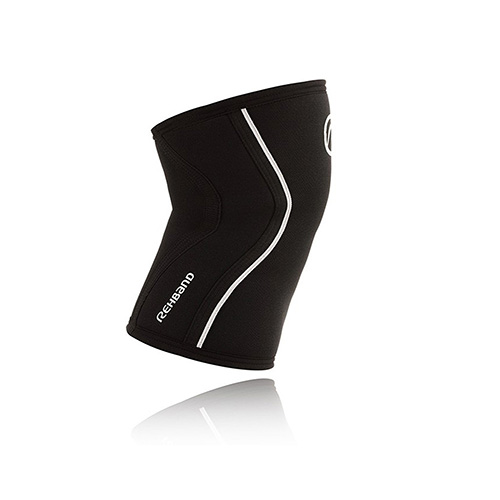
Rehband – RX Knee Sleeve 7mm
€35.00
Select options -
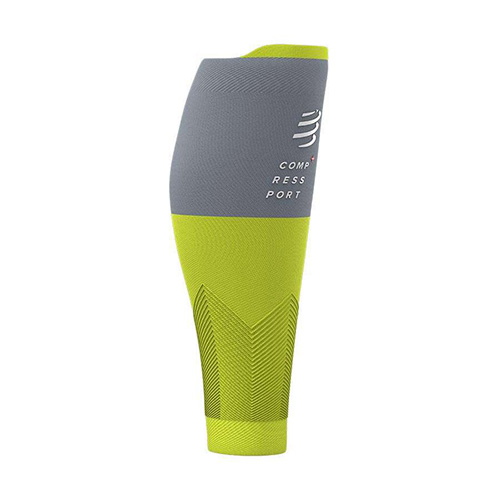
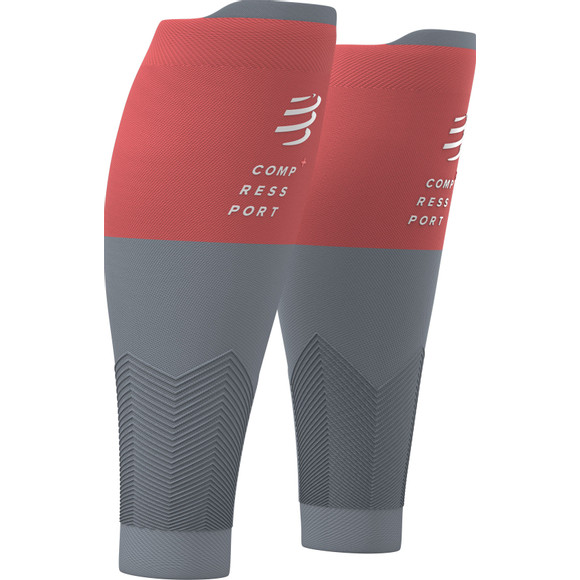

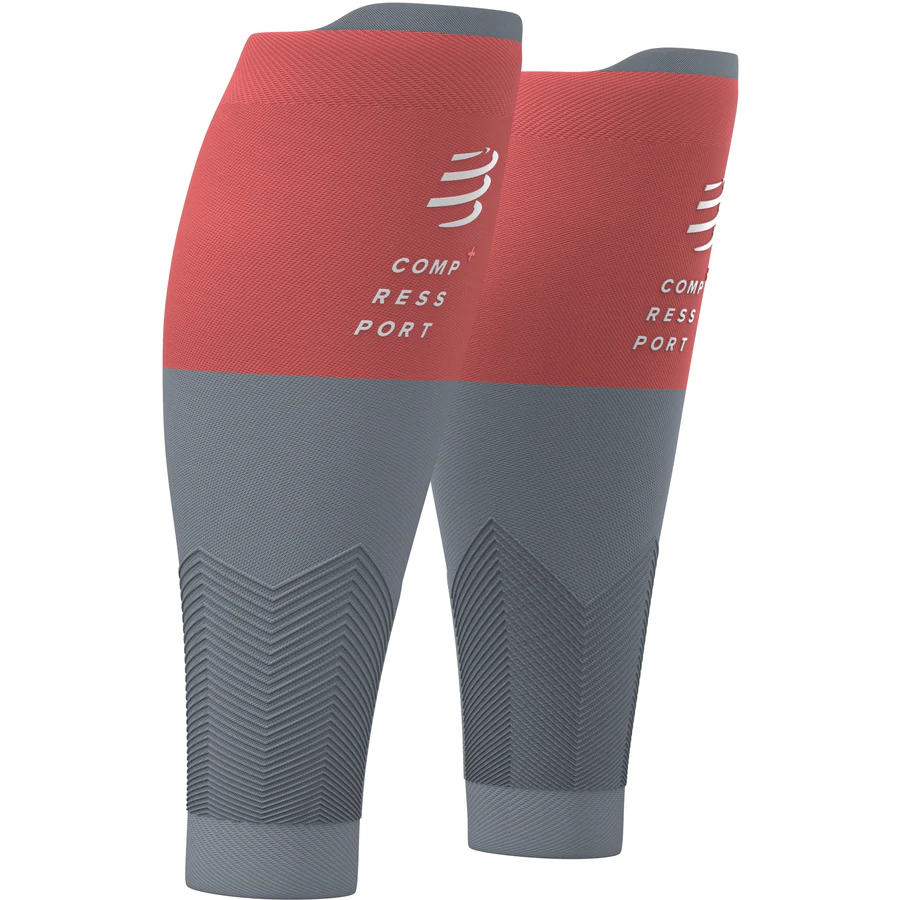

Compressport – R2V2 CALF SLEEVES
€35.00
Select options -

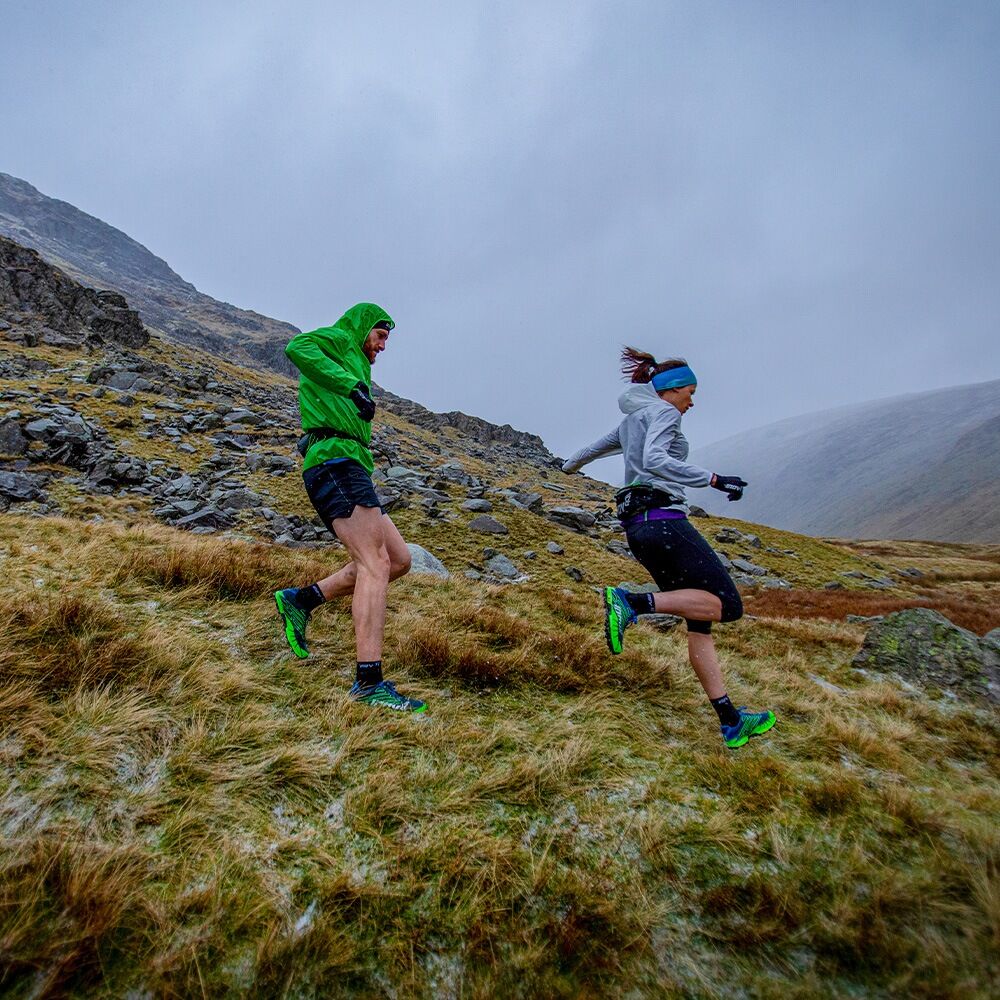

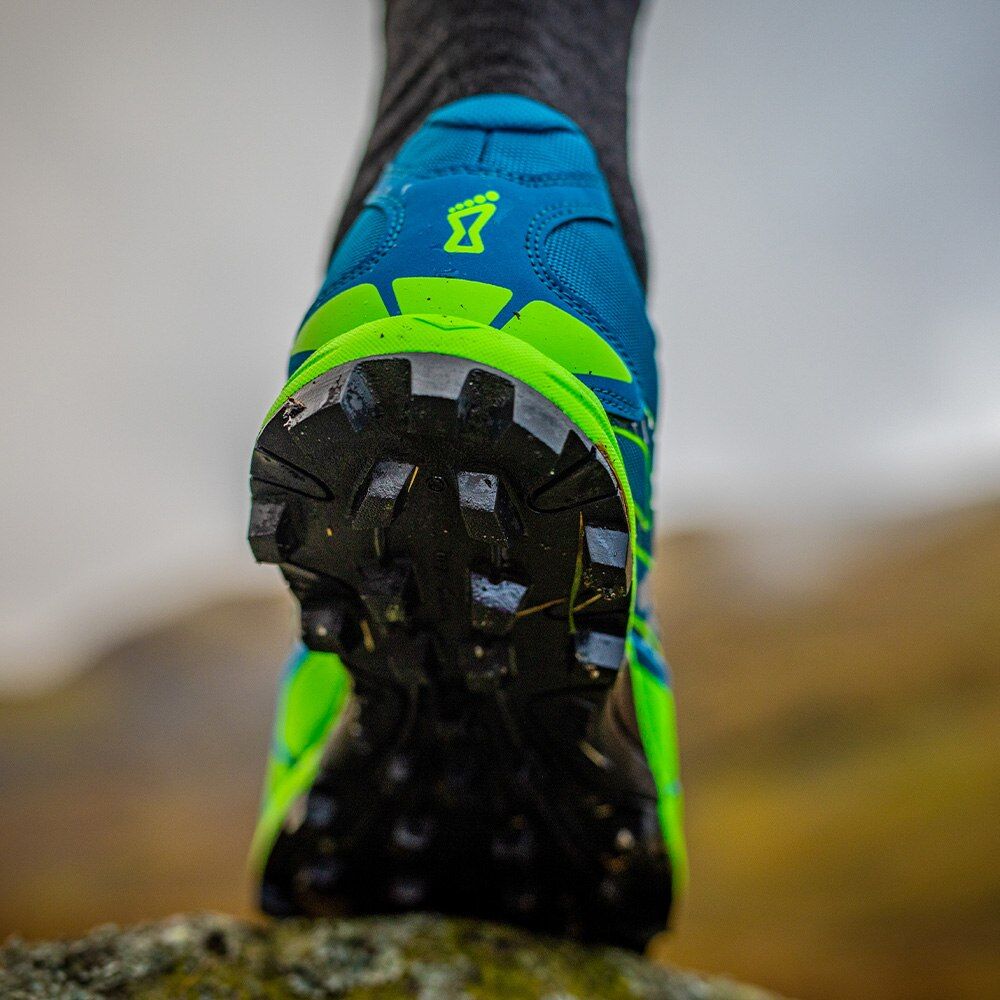

Inov8 – X-Talon 255 – Women – Red/Blue
€140.00
Select options -
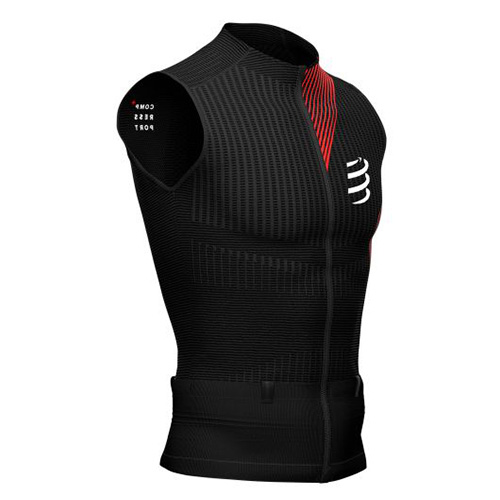


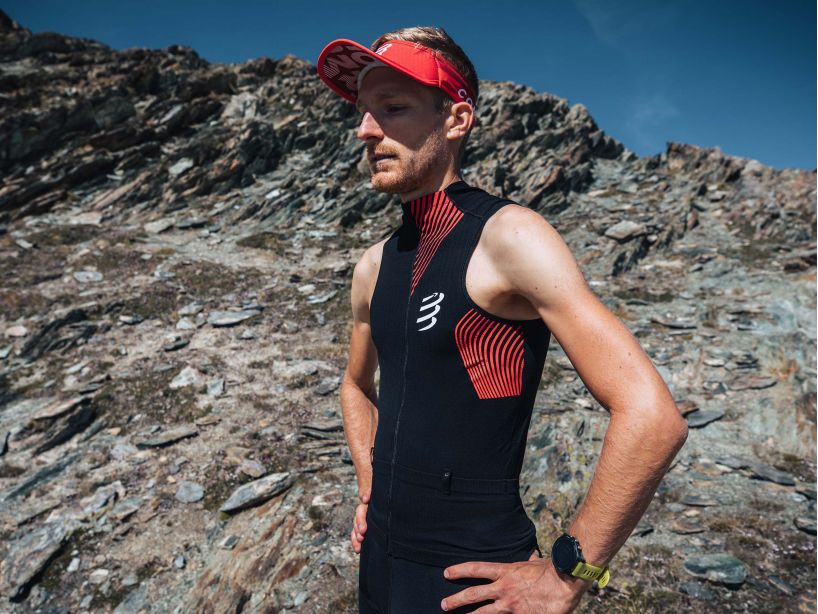

Trail Postural Tank Top – Black
€90.00
Select options -




QD Heel Cup Soft Silicone
€20.00
Select options -
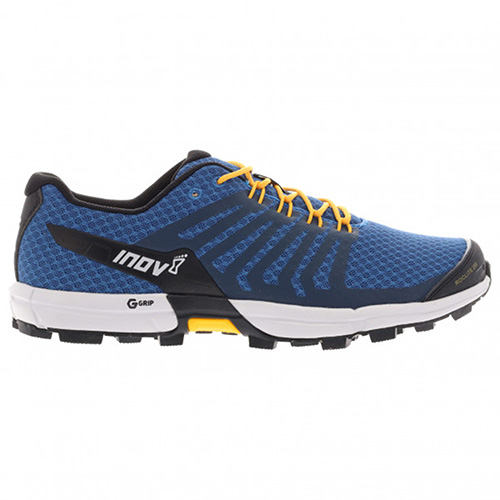
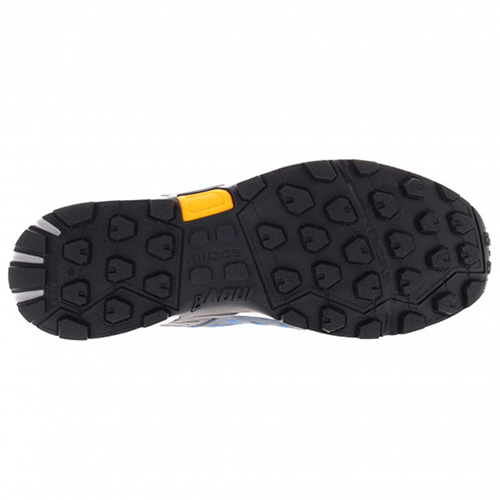


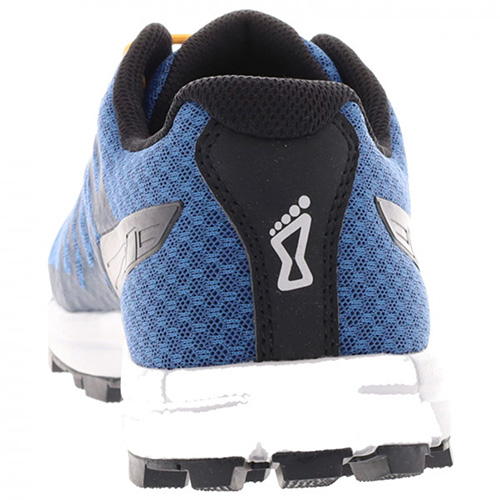
Inov8 – Roclite 290 – Men – Blue/Yellow
€140.00
Select options -

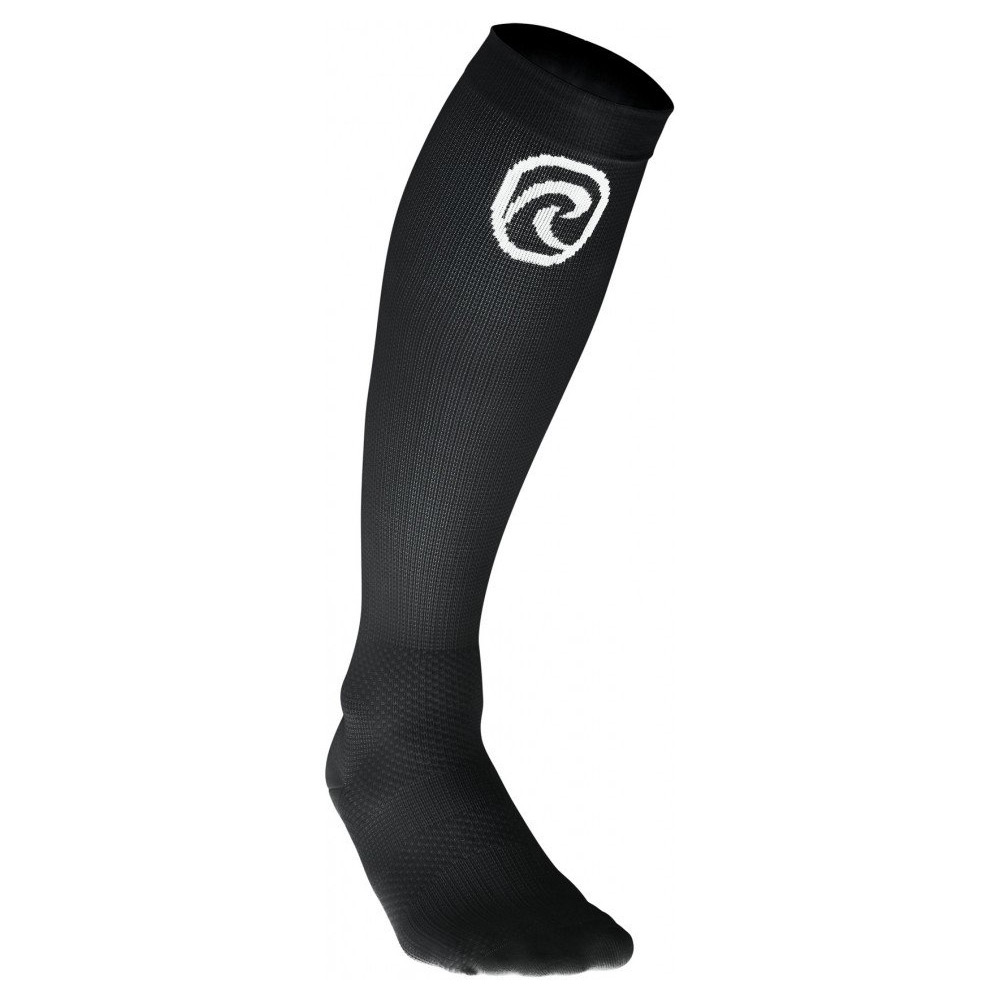

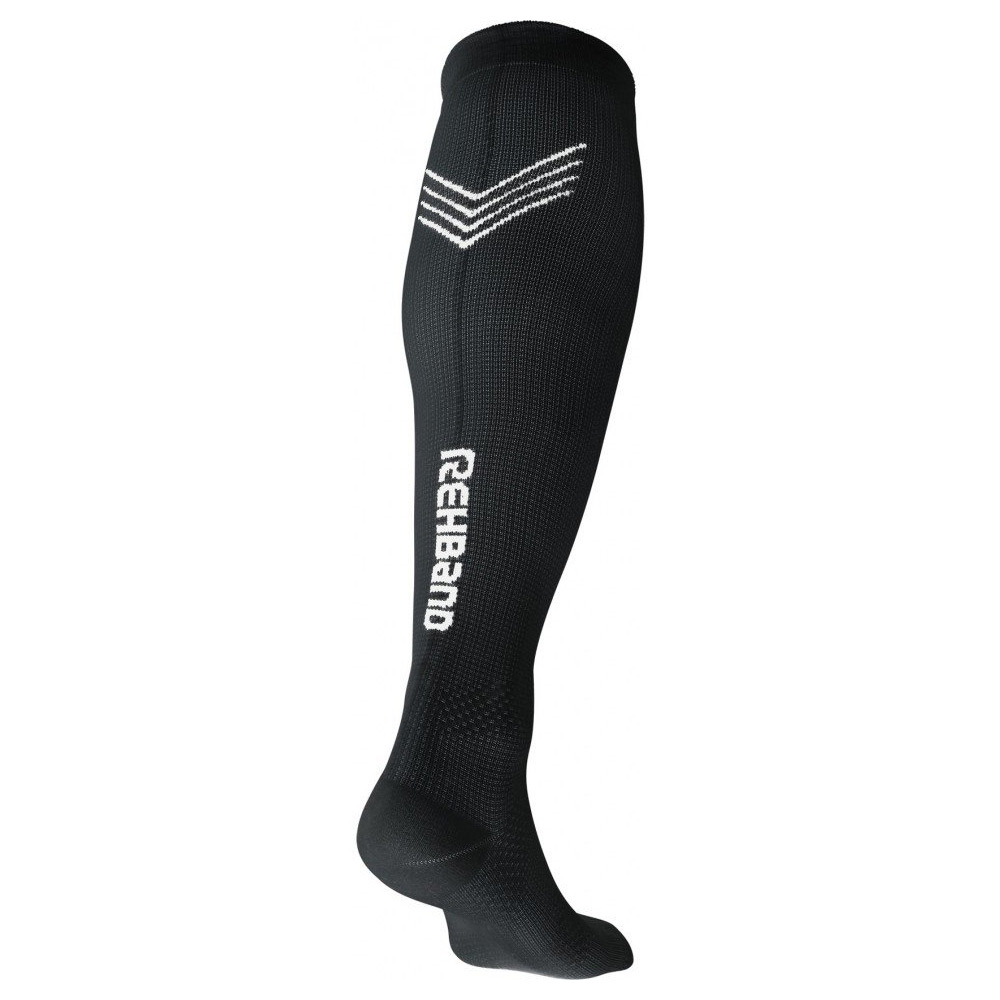
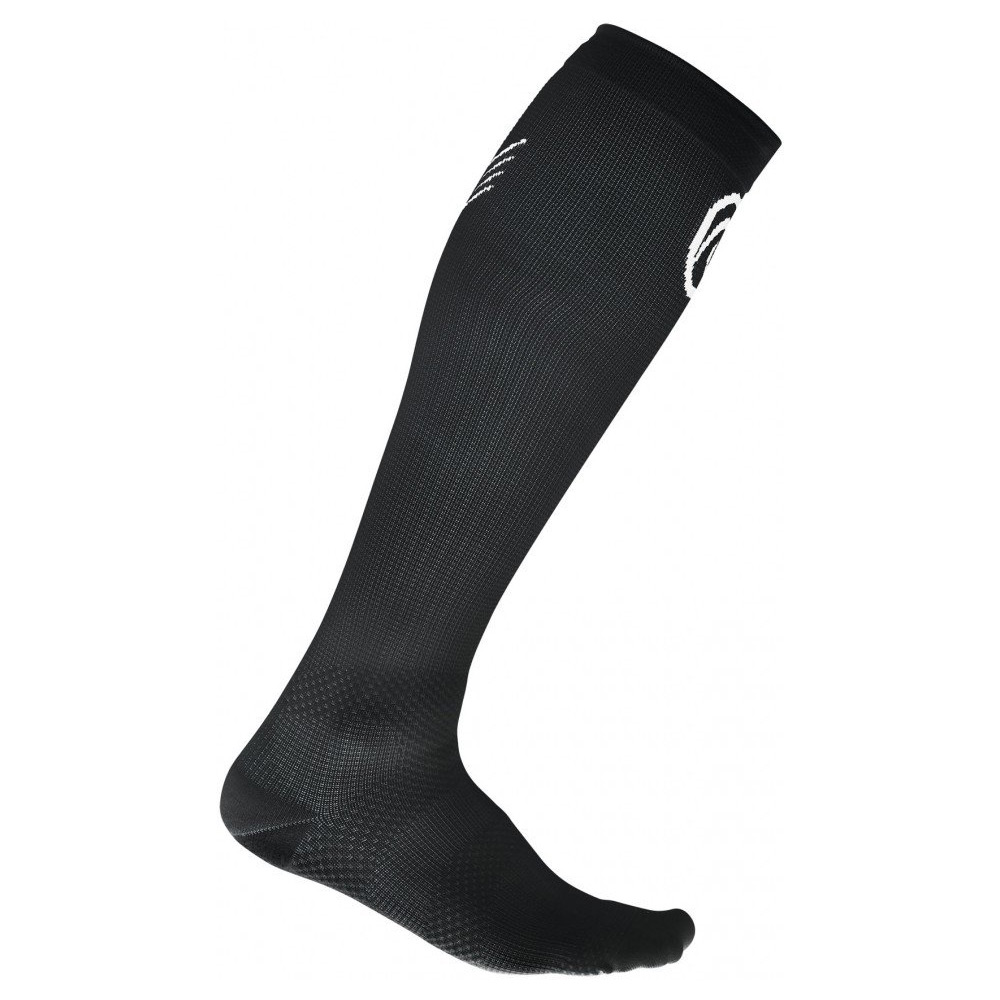
Rehband – QD Compression Socks
€35.00
Select options -
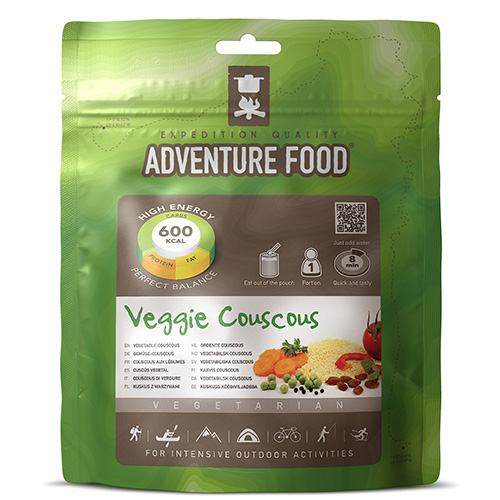


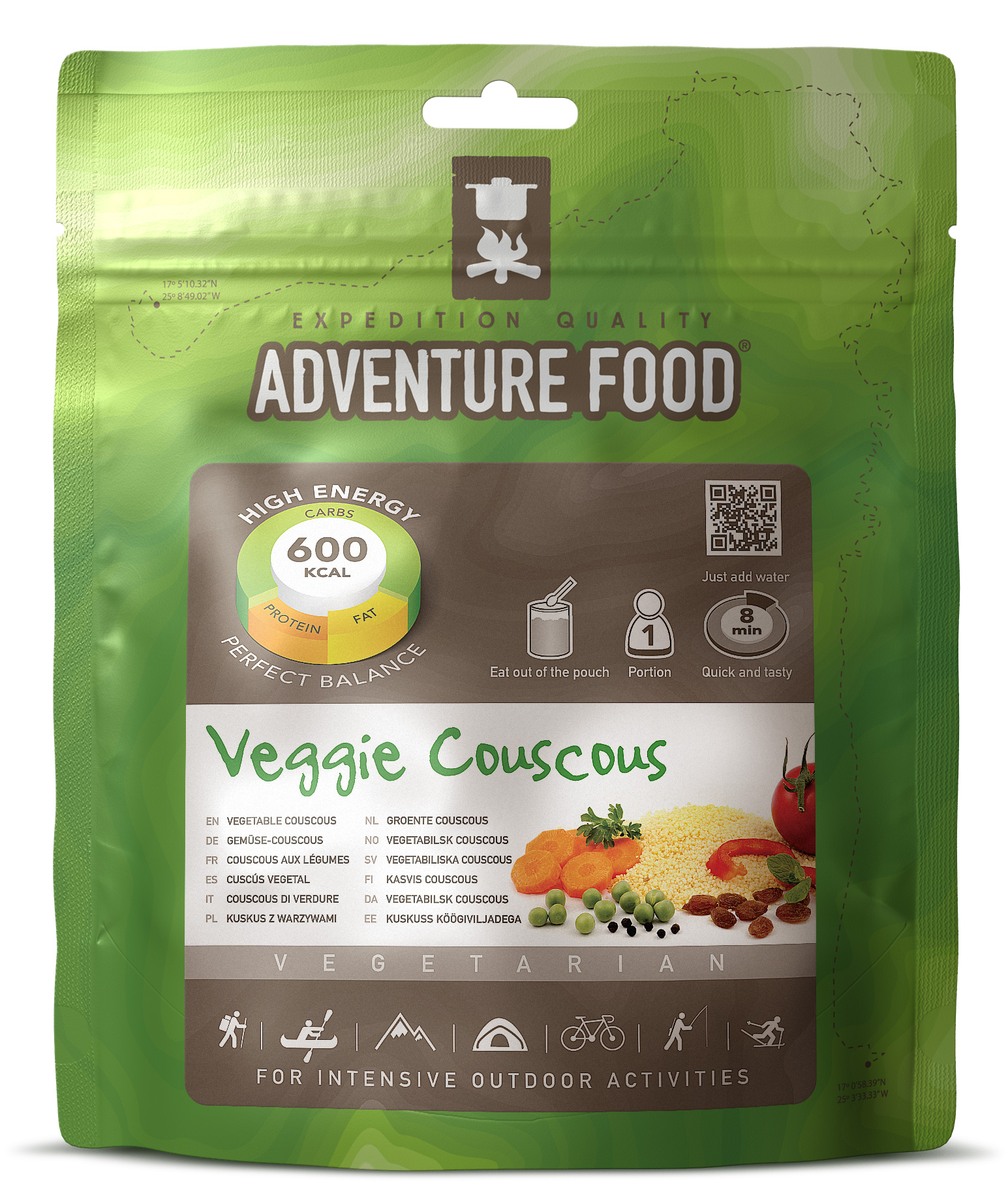
Adventure Food Veggie Couscous
€5.95
Add to cart -



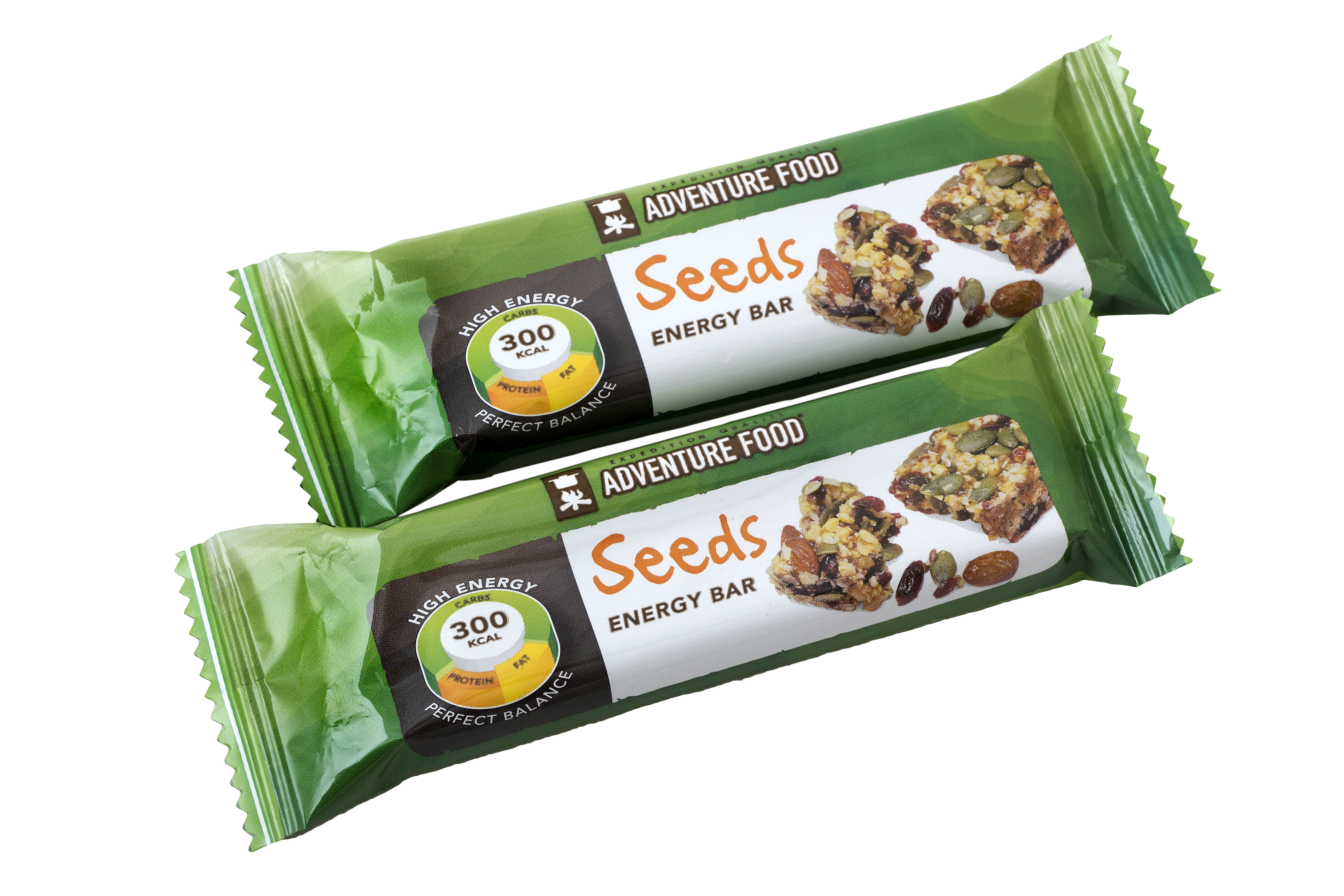

Adventure Food Energy Bar Seeds
€1.95
Add to cart -
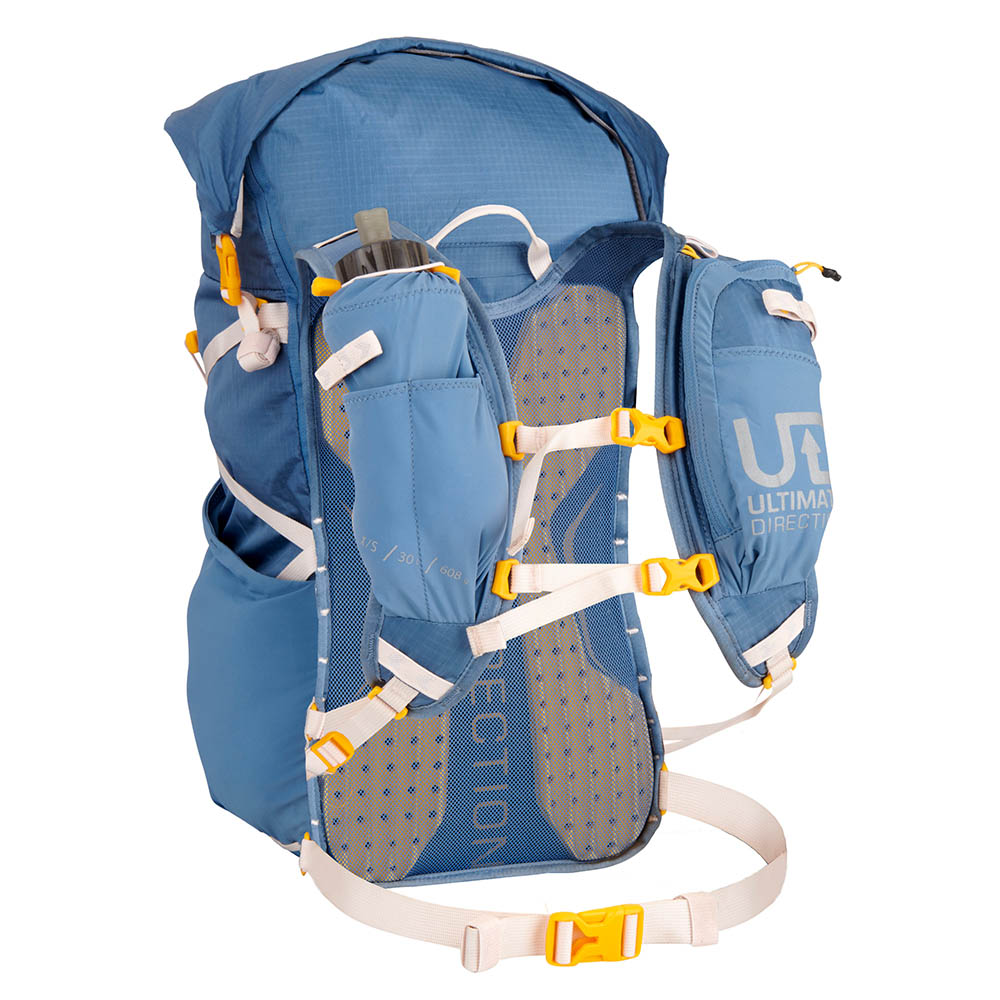


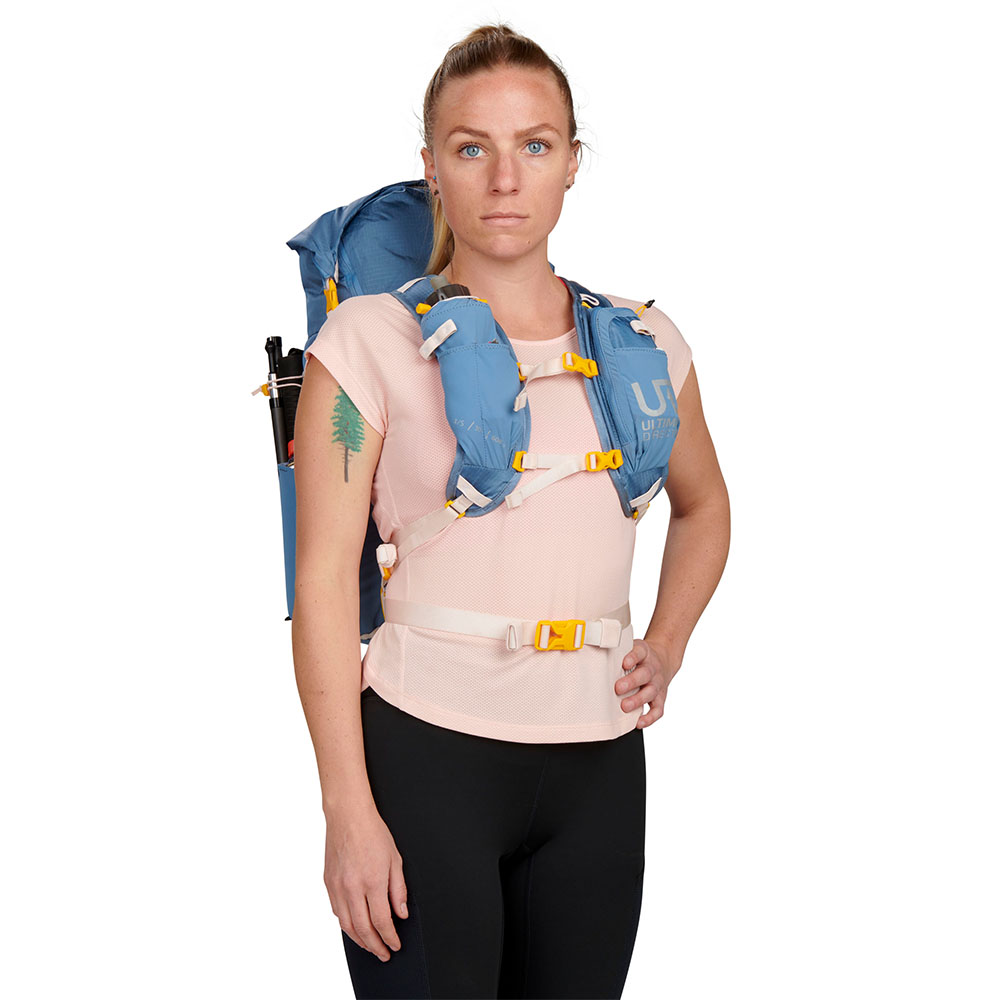
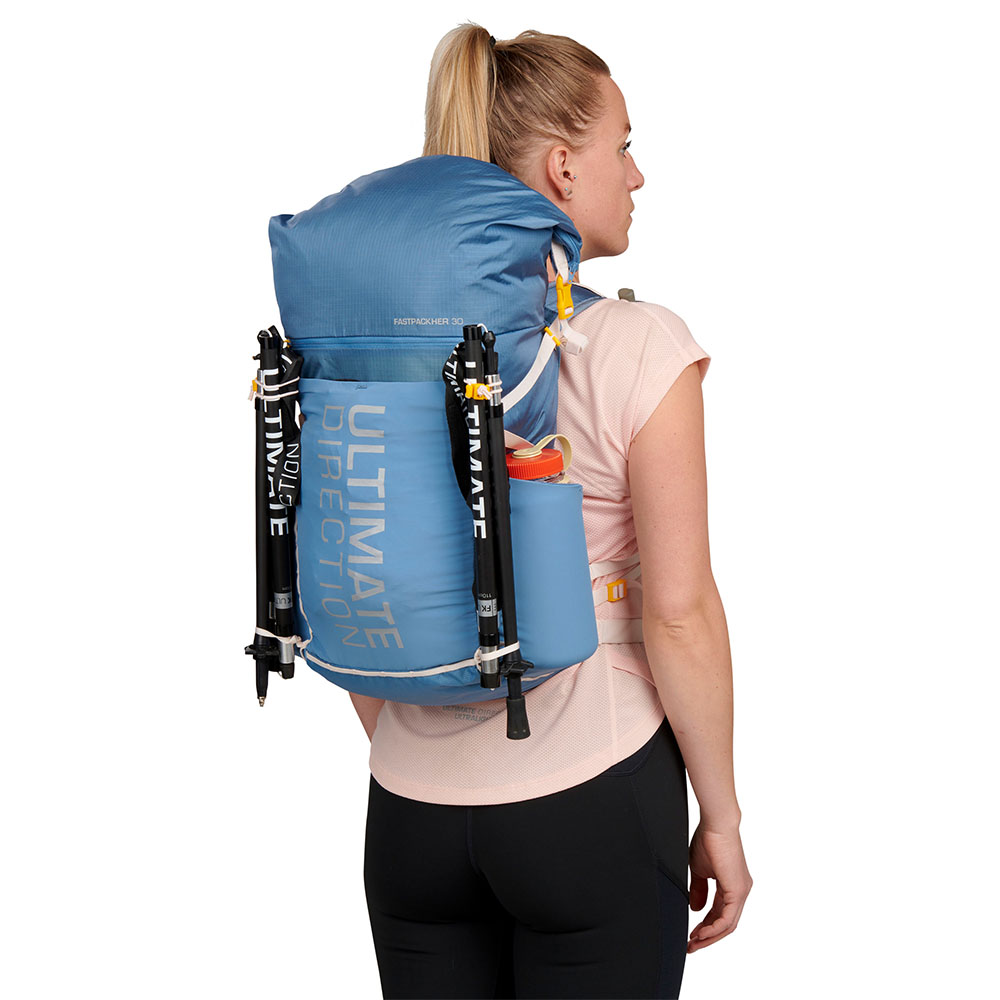
Fastpackher 30 – Fog (women)
€180.00
Select options -
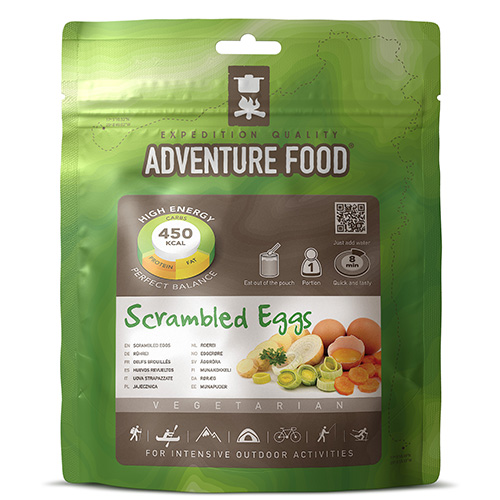


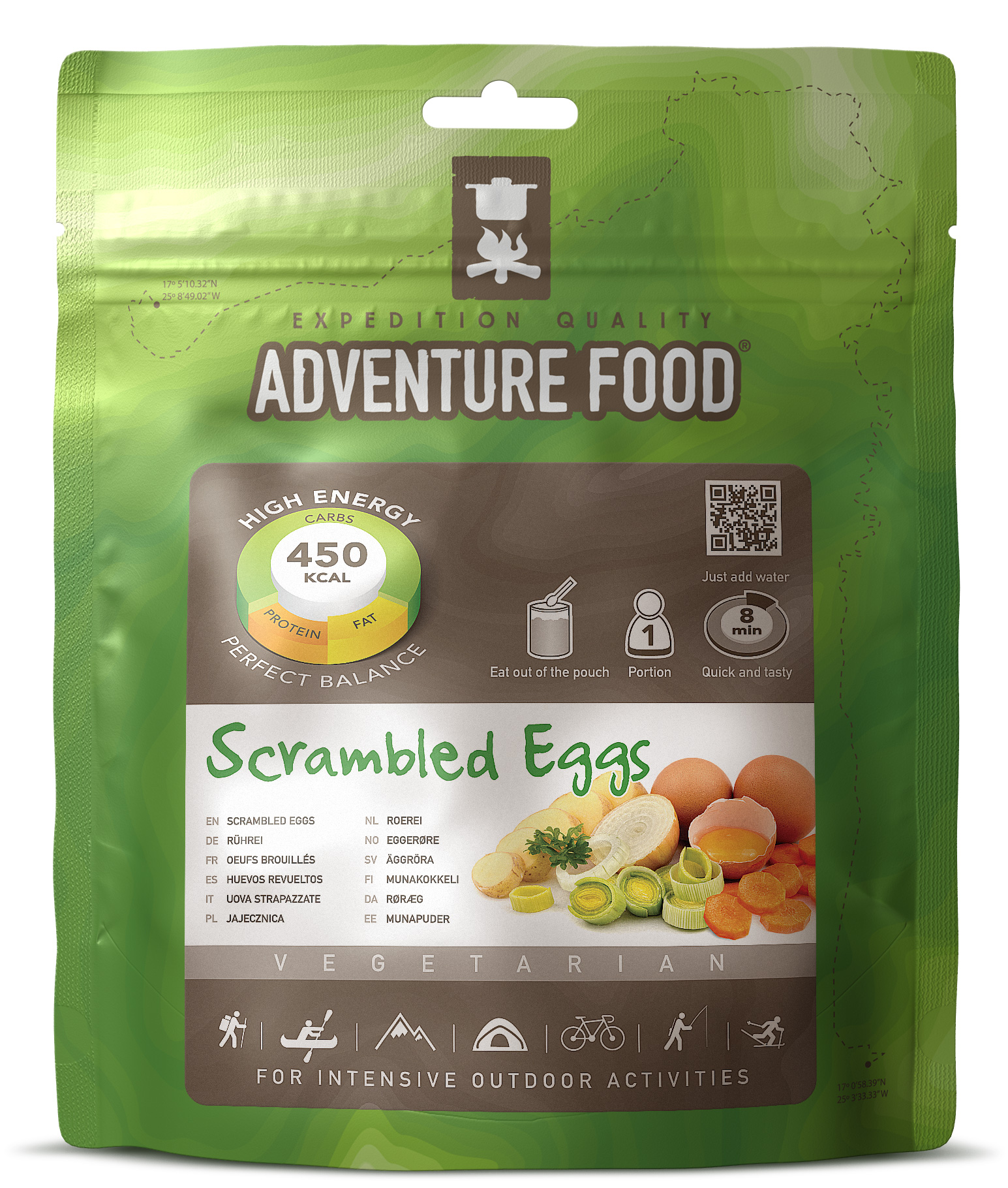
Adventure Food Scrambled Eggs
€5.95
Add to cart -



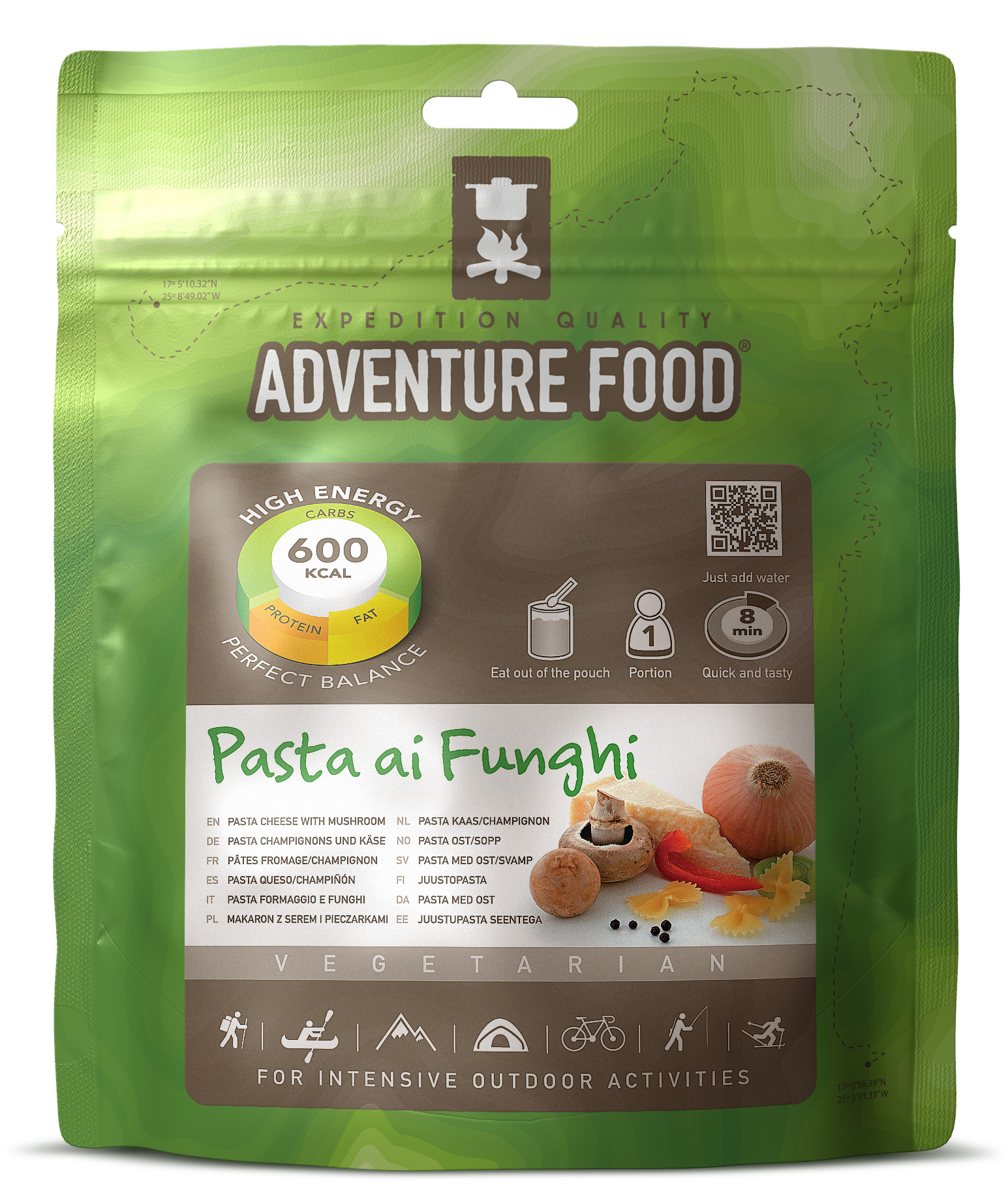
Adventure Food Pasta ai Funghi
€5.95
Add to cart -
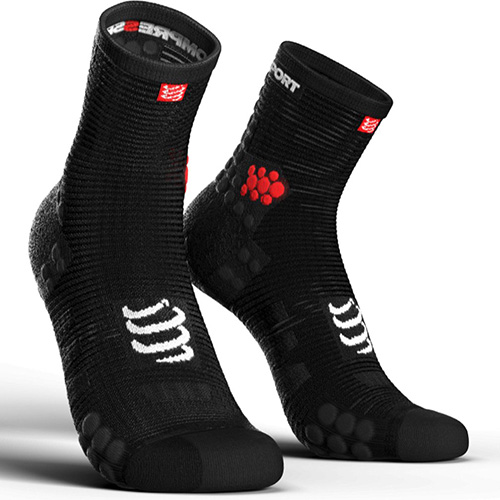


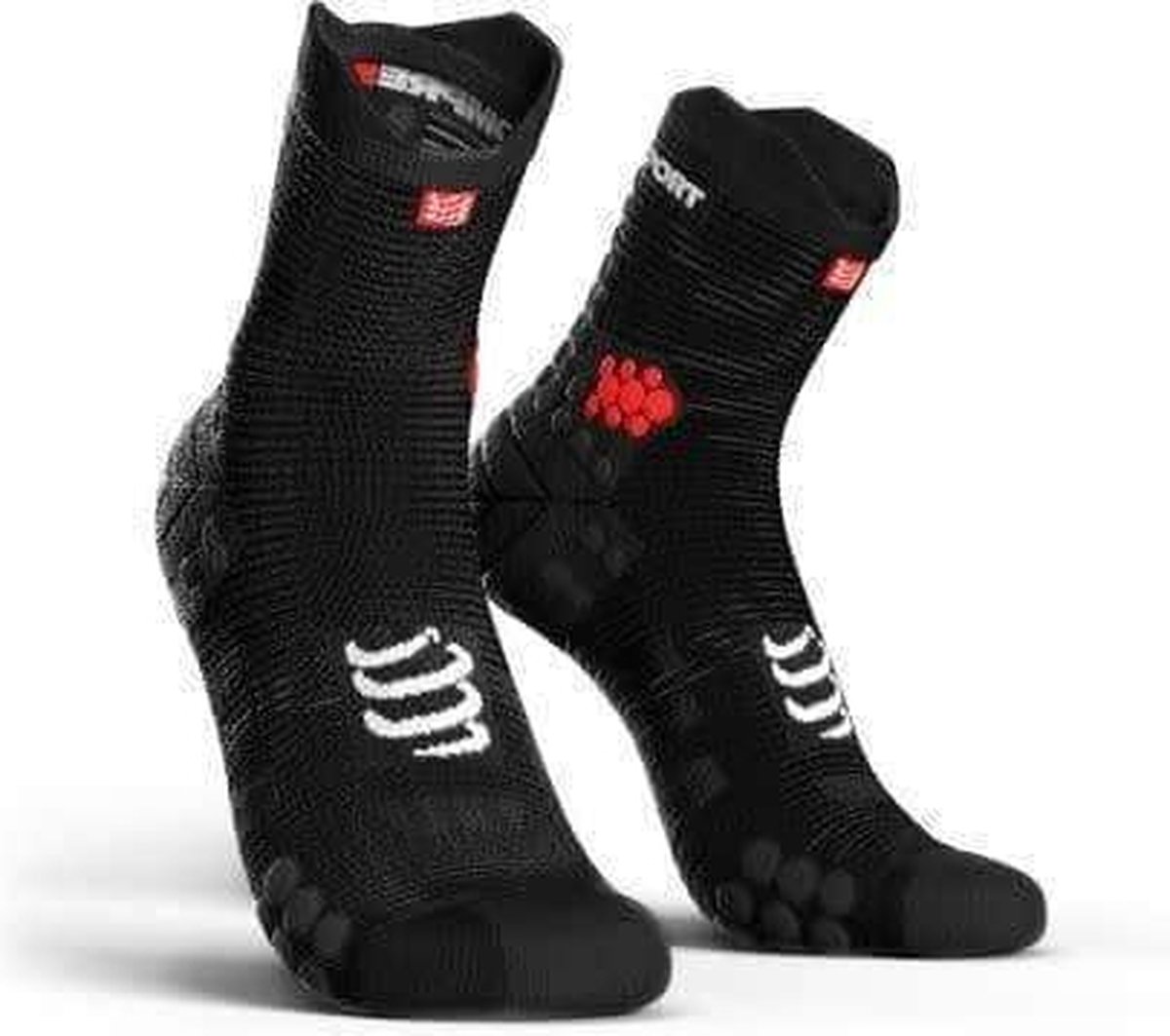
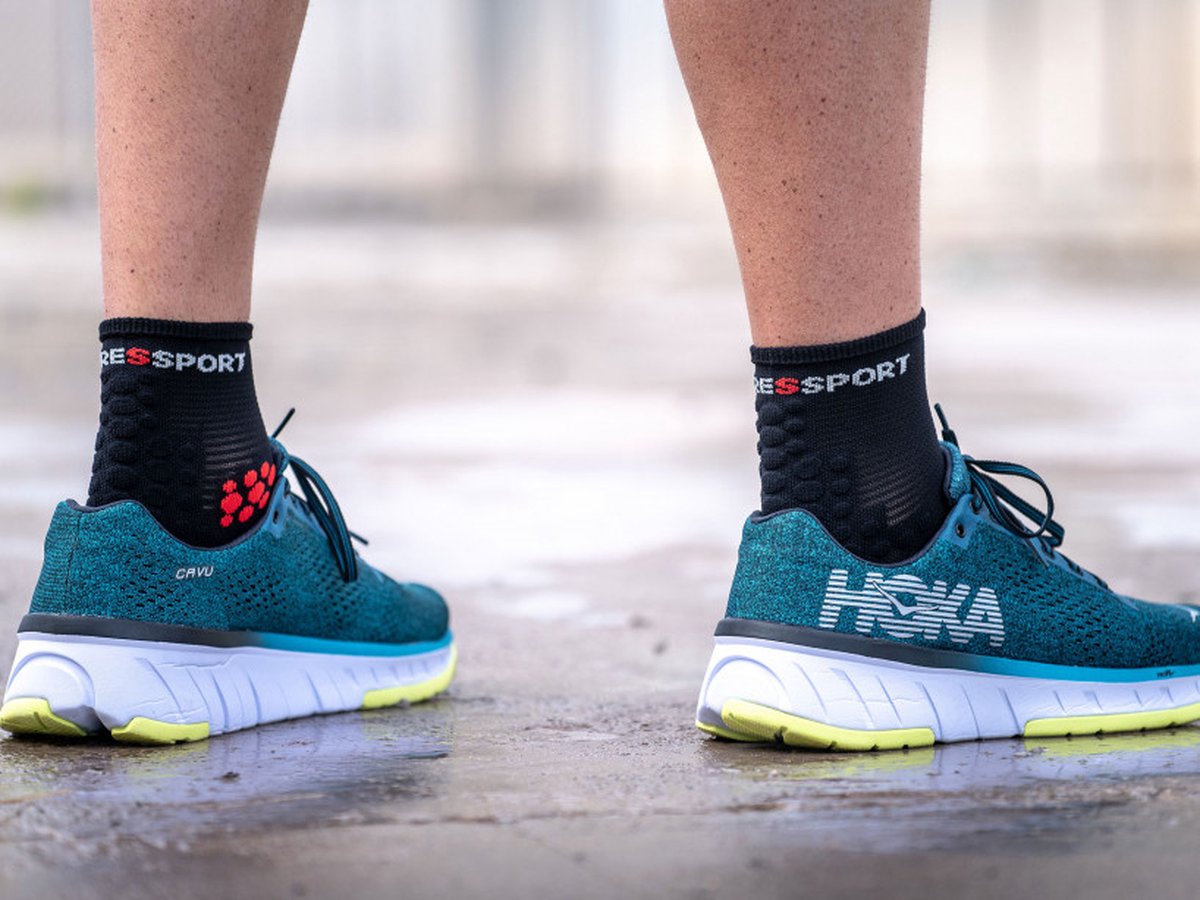
Compressport – PRO RACING SOCKS V3.0 RUN HIGH
€16.00
Select options -

AquaTru Filtered Water Tank
€34.00
Add to cart -




Adventure Food Mince Beef Hotpot
€5.95
Add to cart -



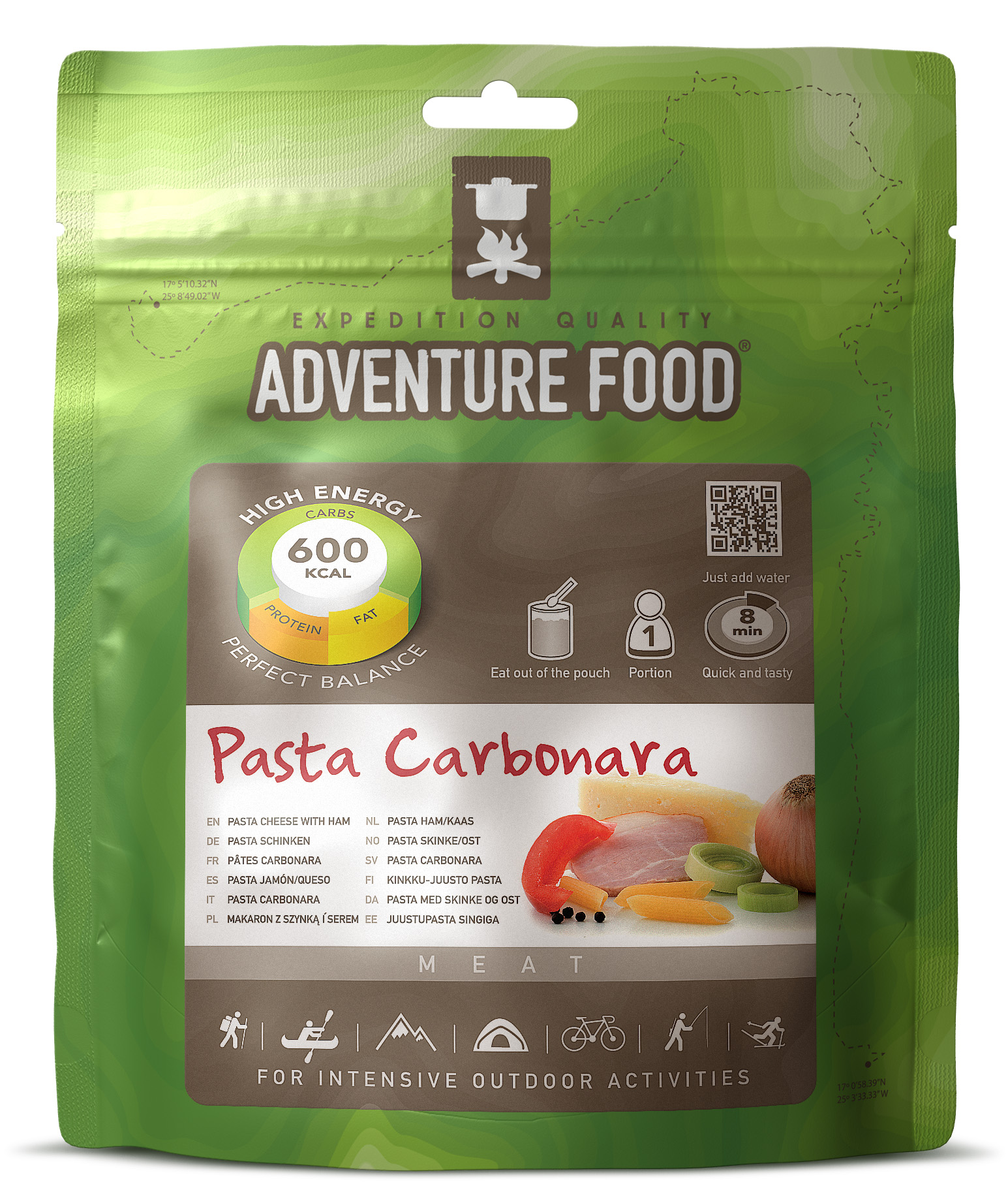
Adventure Food Pasta Carbonara
€5.95
Add to cart -
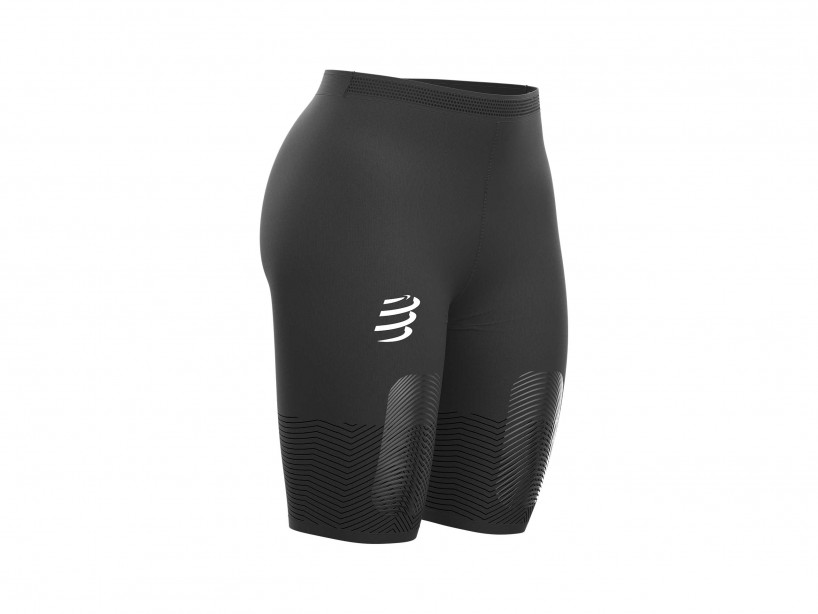
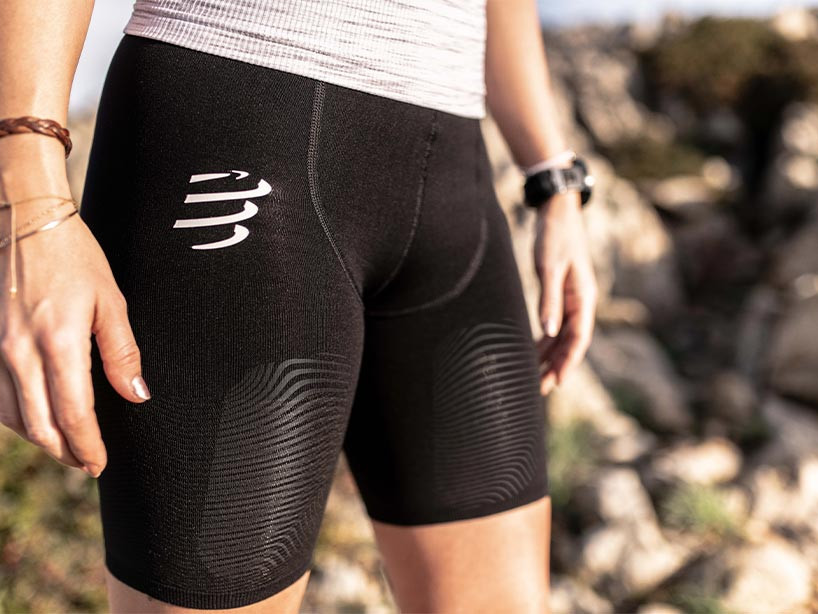

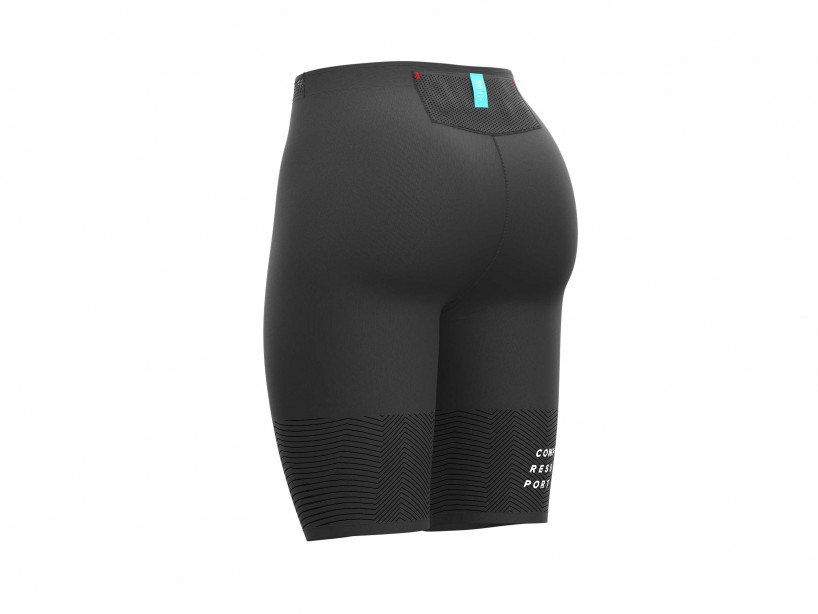

TRAIL UNDER CONTROL SHORT BLACK (WOMAN)
€100.00
Select options -
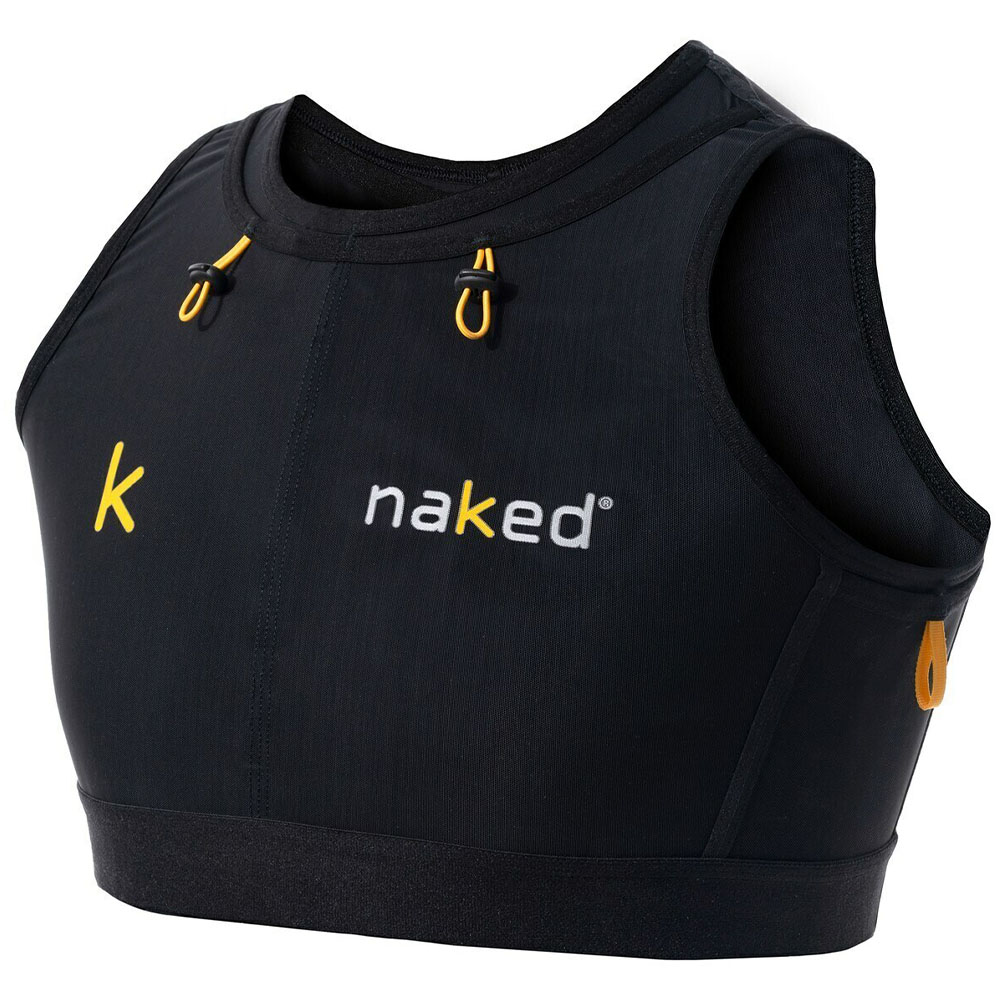



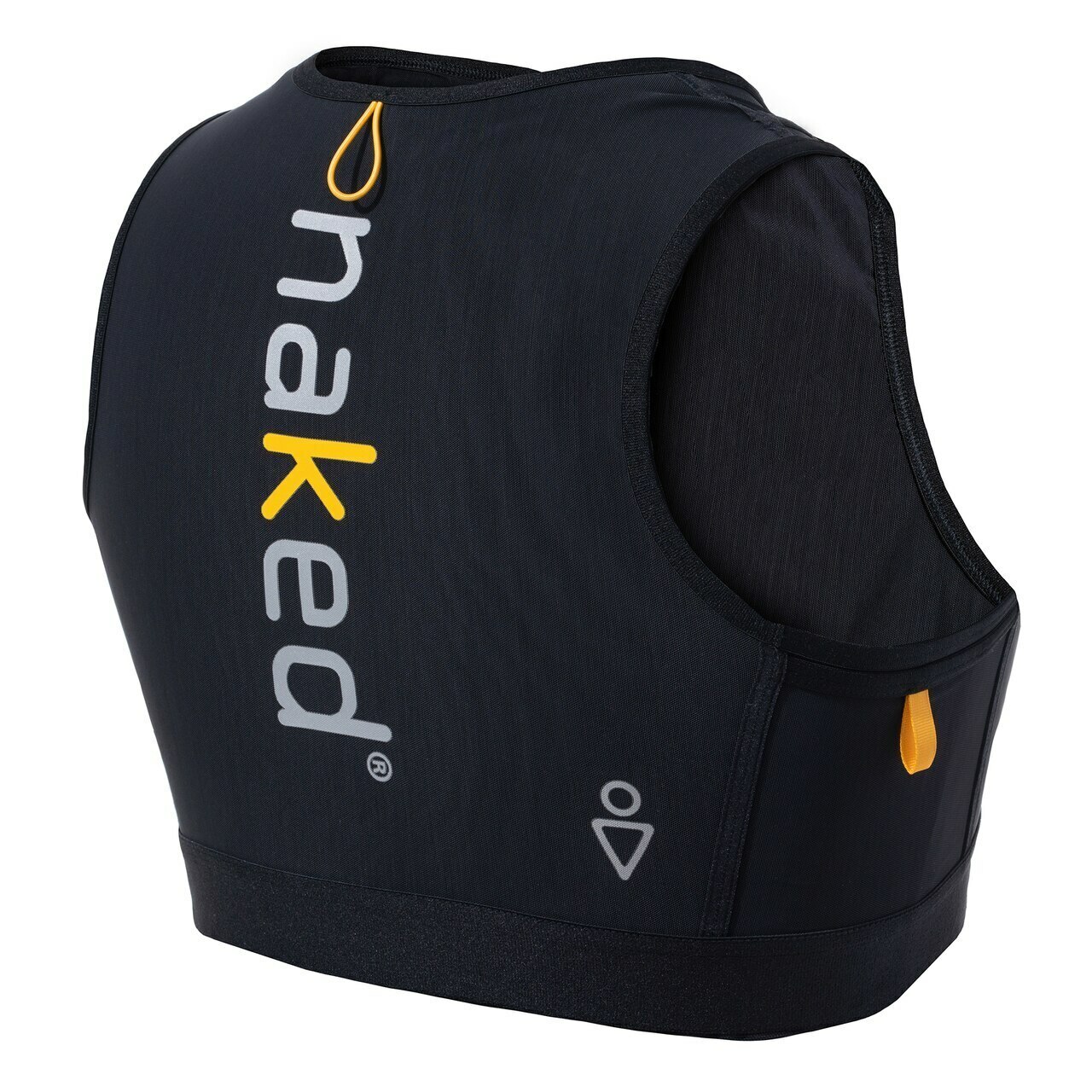
Naked®- Running Vest Man
€125.00
Select options -
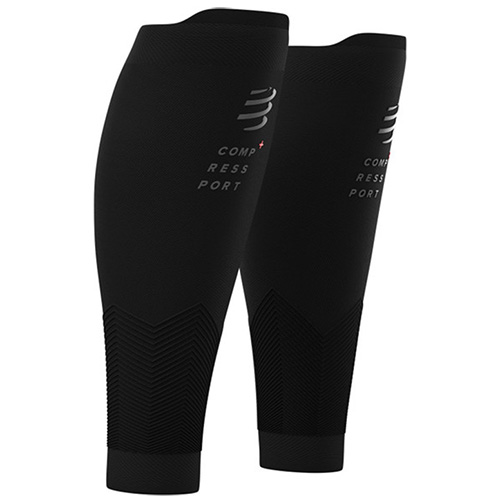
Compressport – R2V2 FLASH CALF SLEEVES
€40.00
Select options -

Methialyn
€39.90
Add to cart -
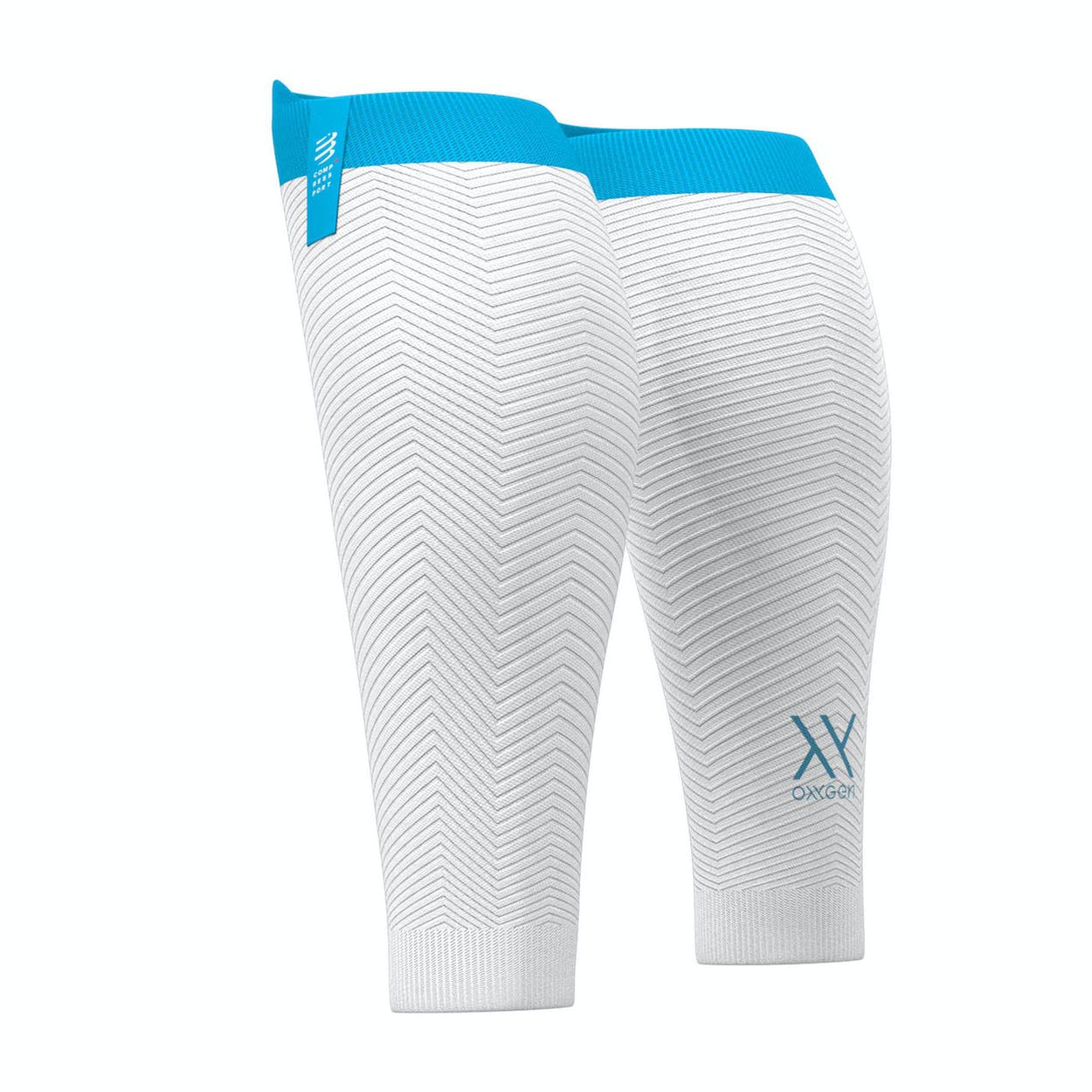


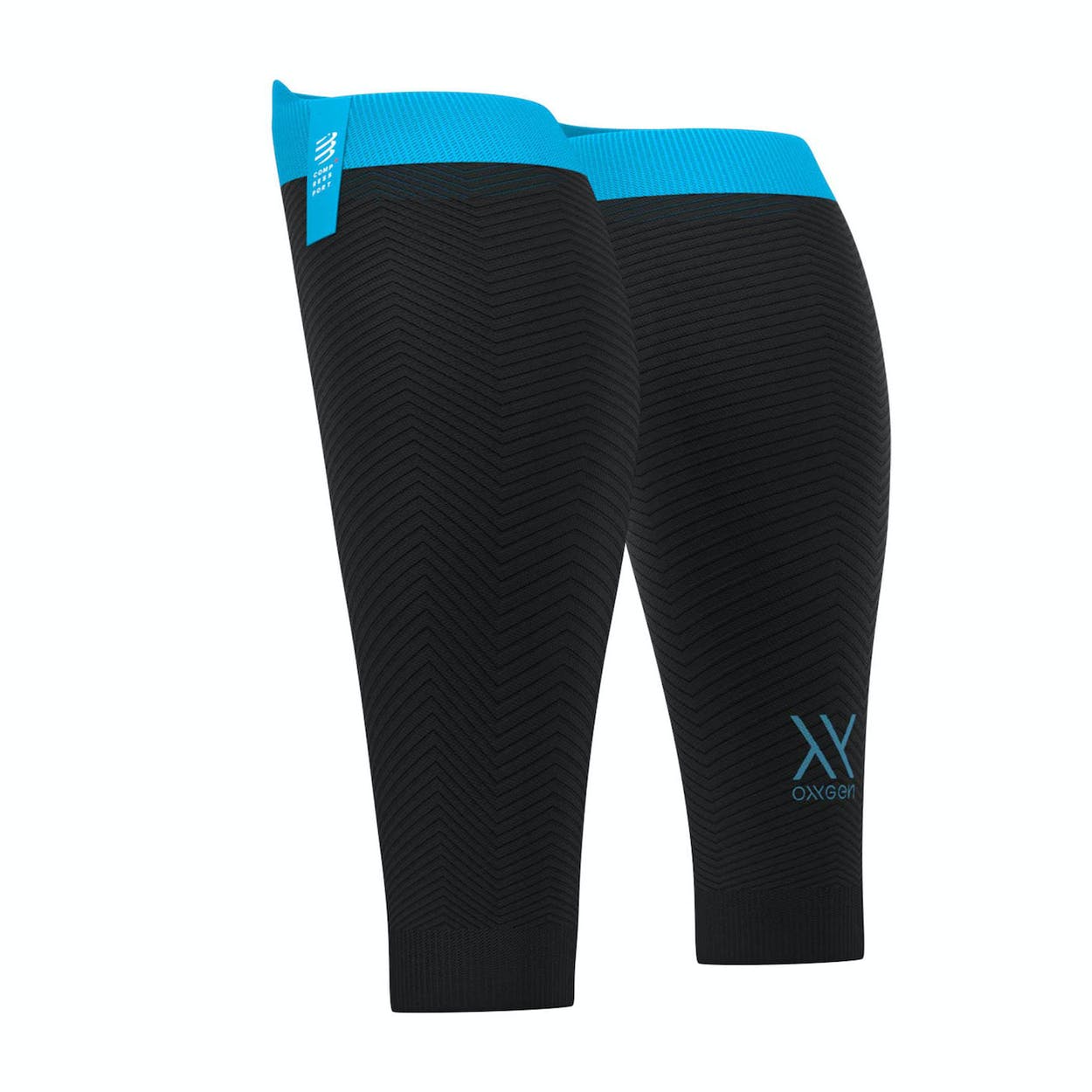

Compressport – R2 OXYGEN CALF SLEEVES WHITE
€50.00
Select options -

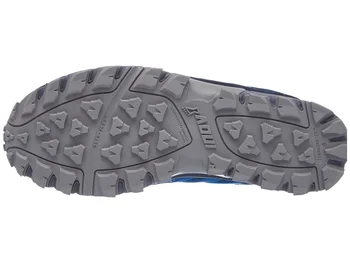

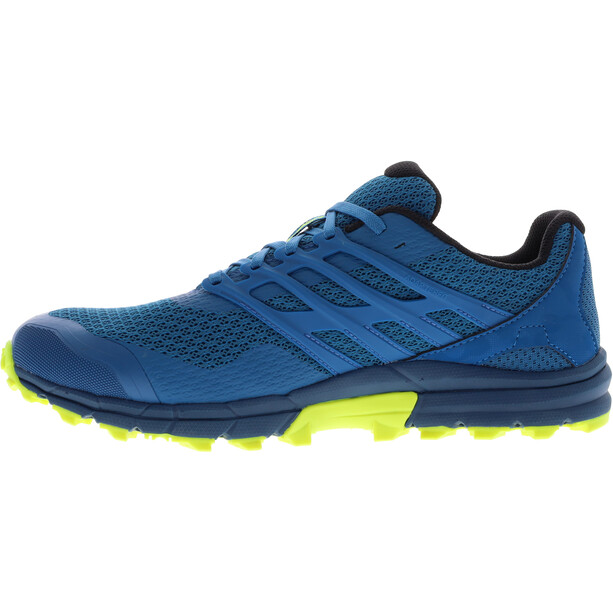

Inov8 – Trailtalon 290 – Men
€150.00
Select options -
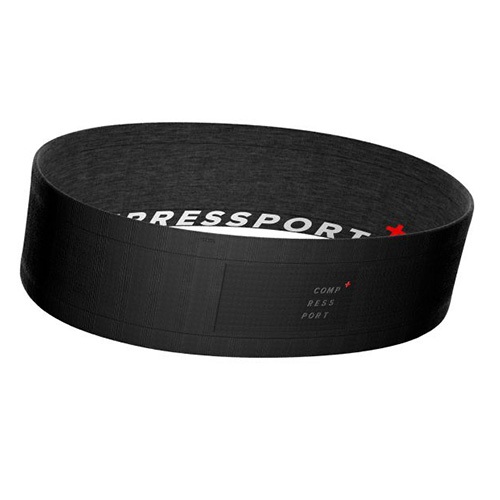
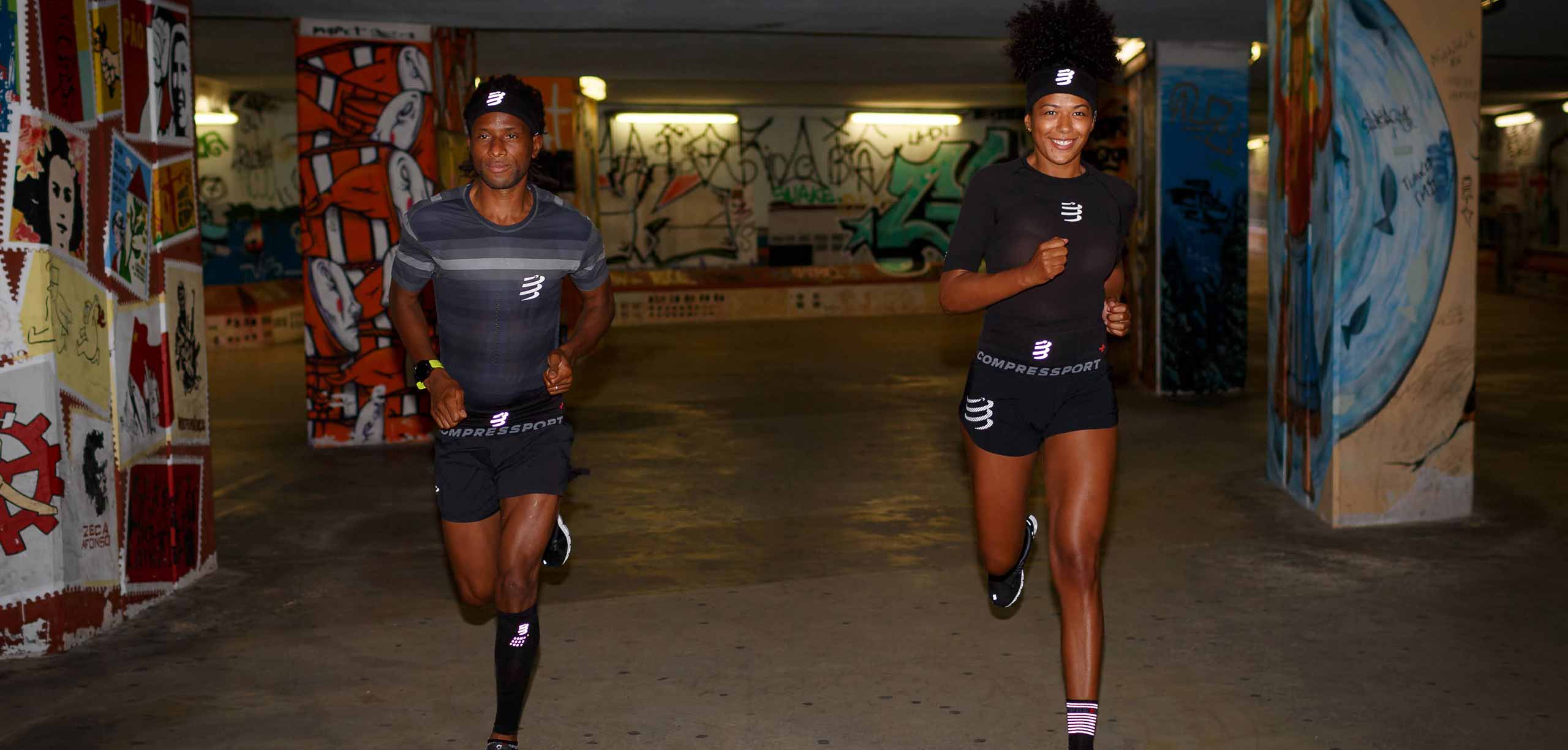


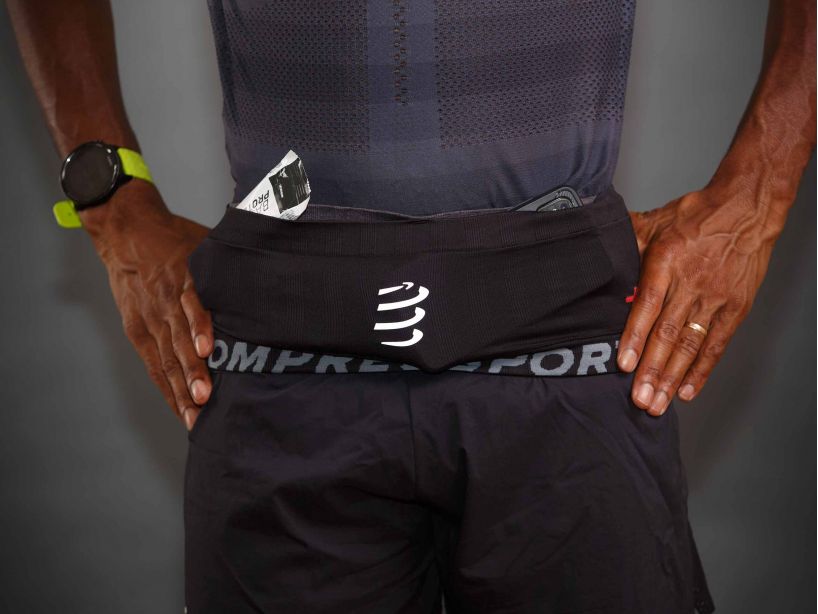
Compressport – FREE BELT FLASH
€40.00
Select options -

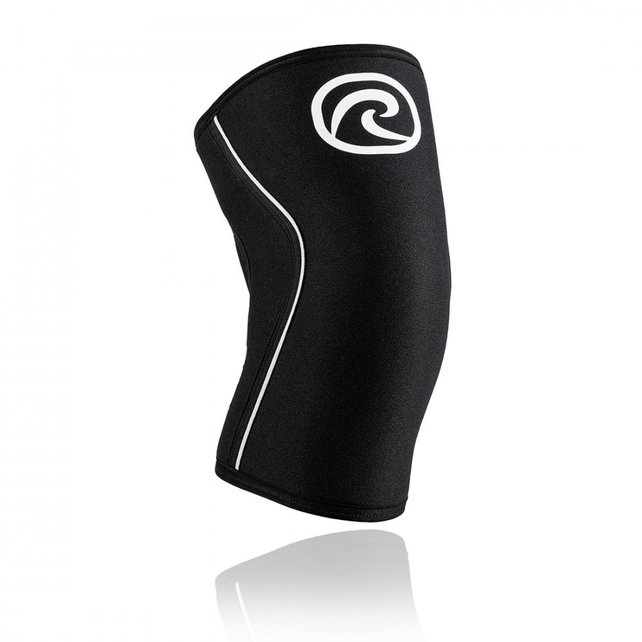


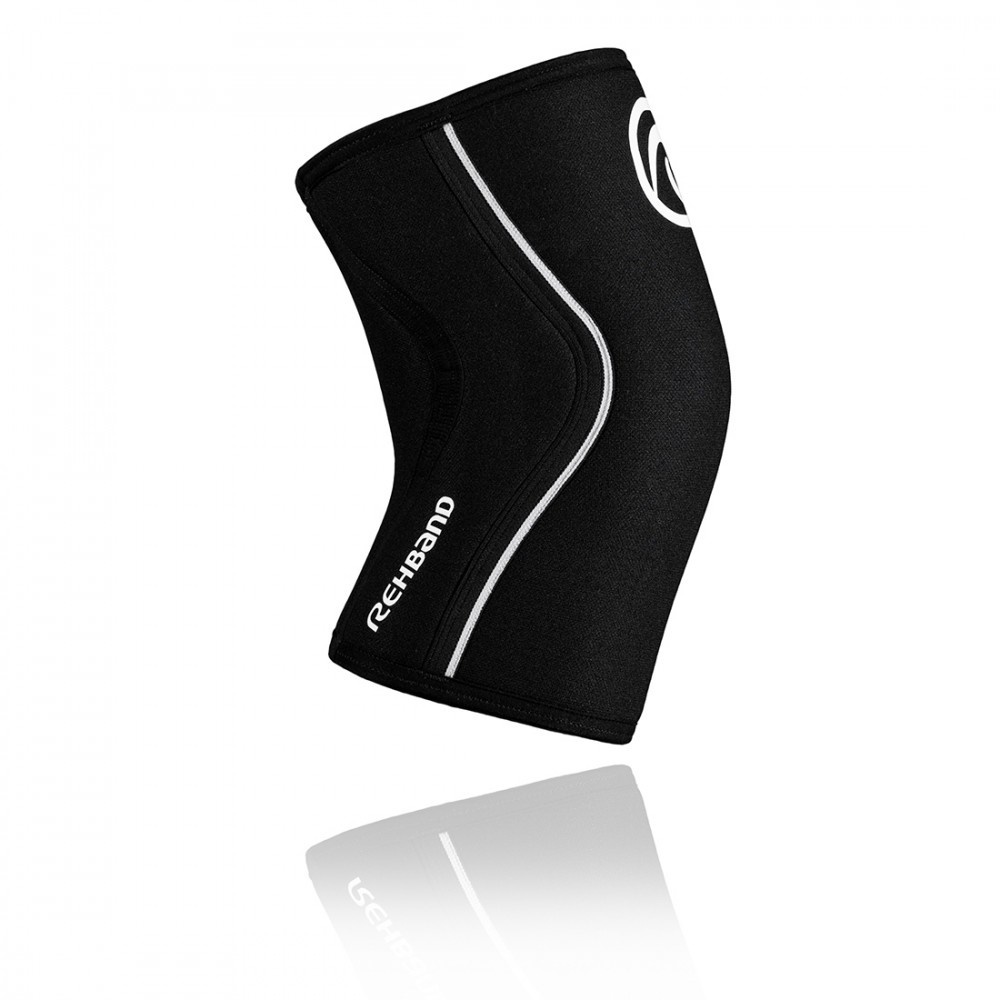
Rehband – RX Knee Sleeve Power Max 7mm
€40.00
Select options -
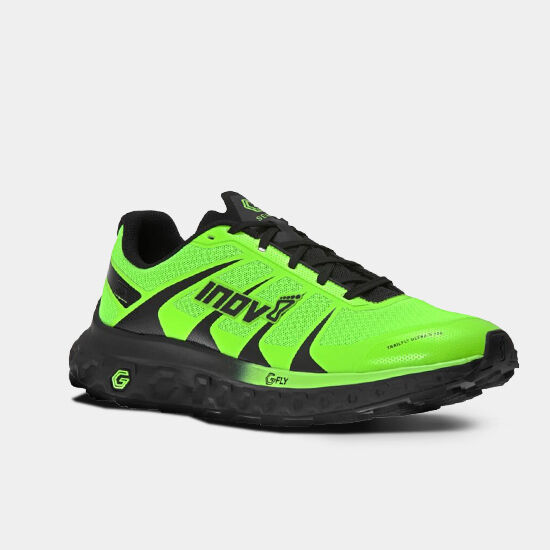
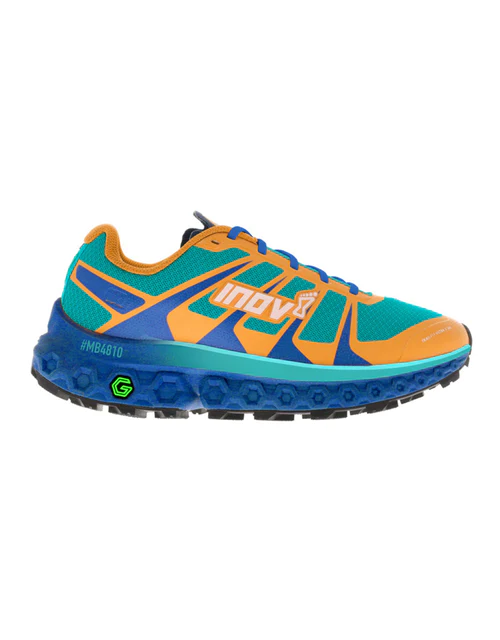

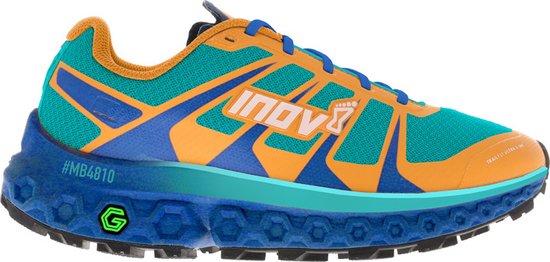
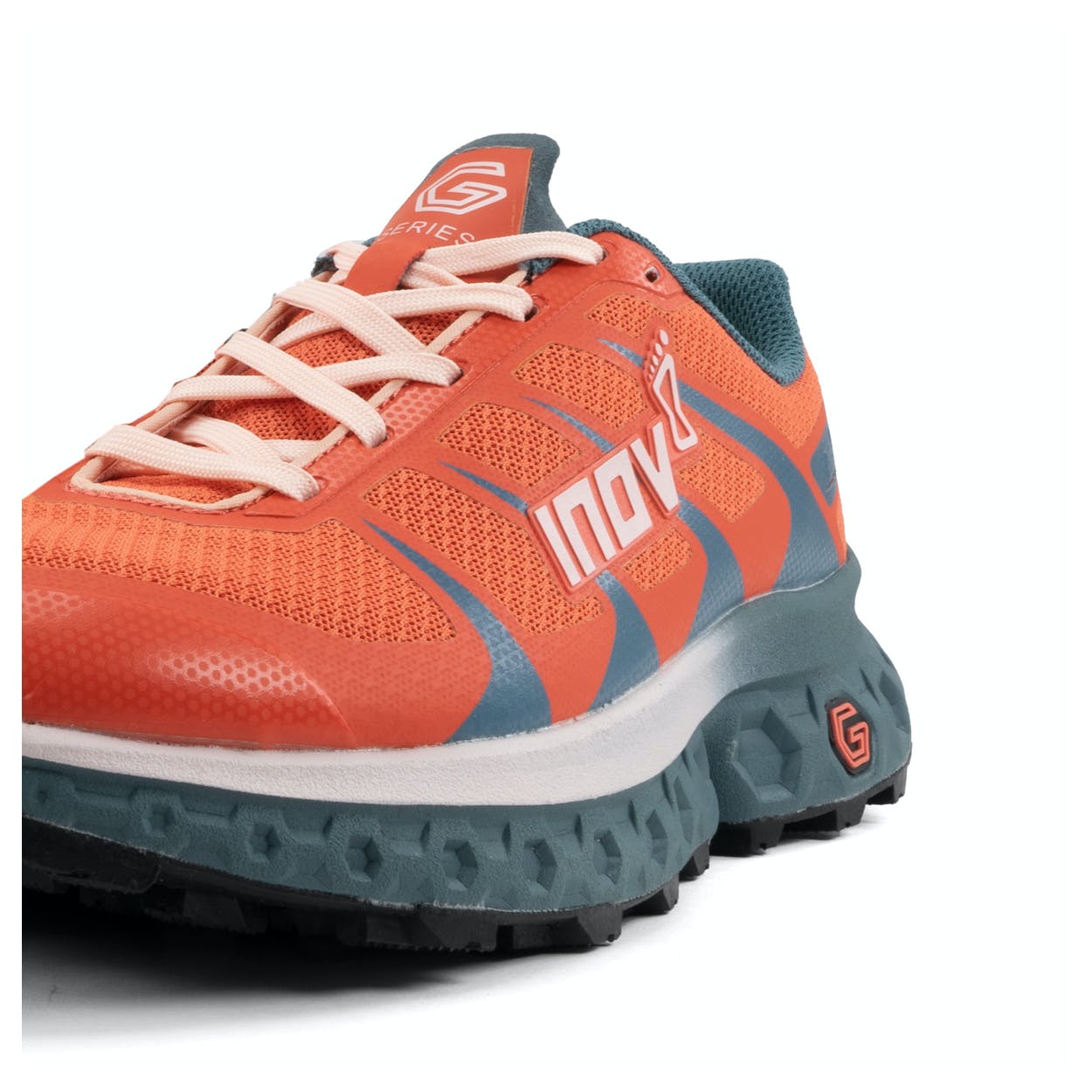
Inov8 Trailfly Ultra G 300 Max Women
€195.00 – €200.00
Select options -
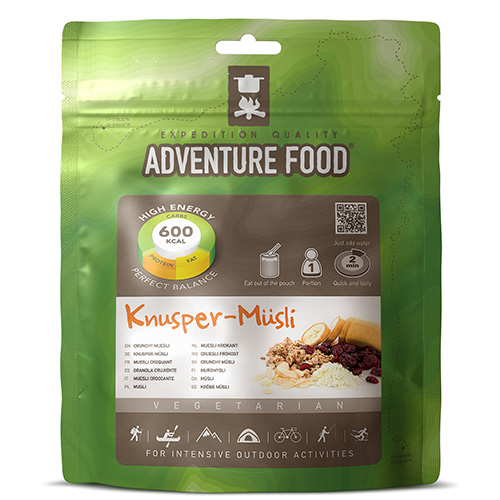
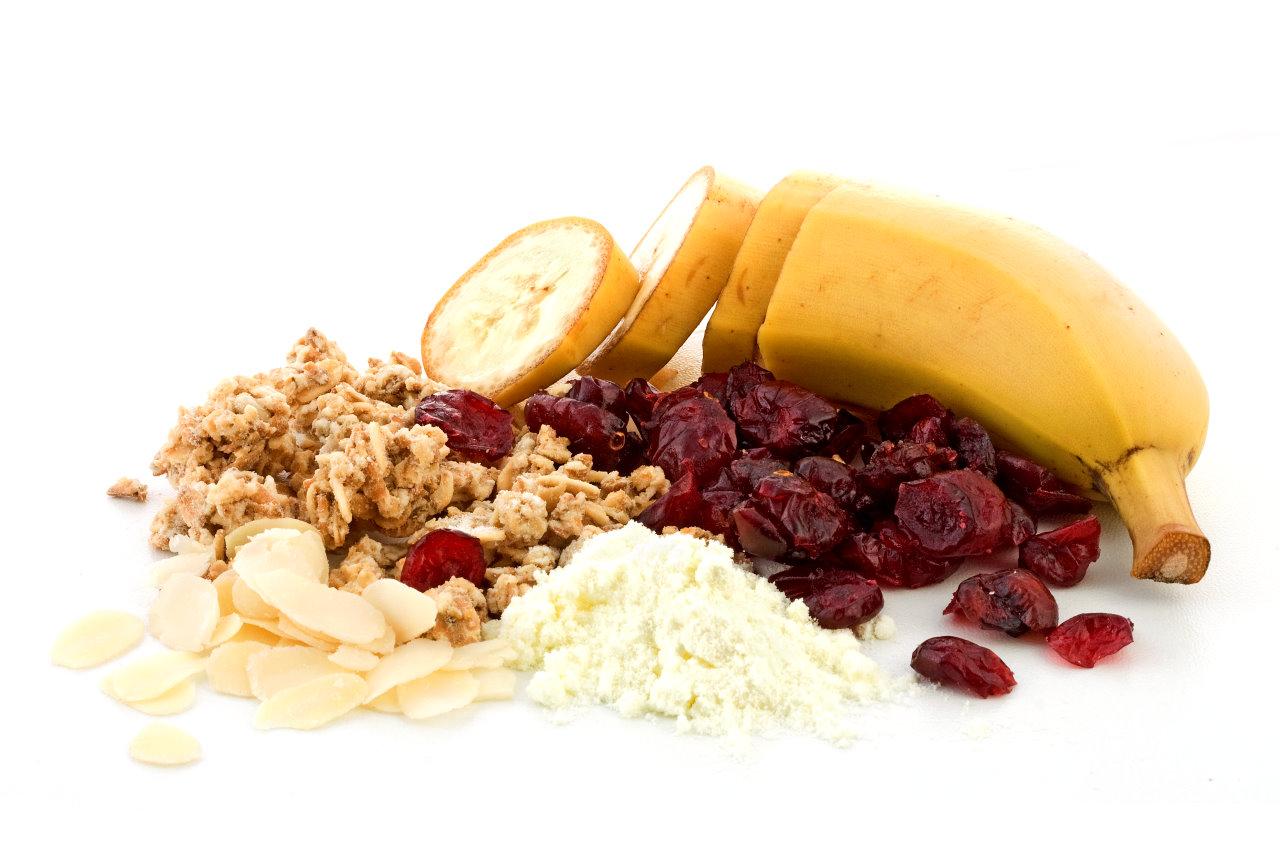

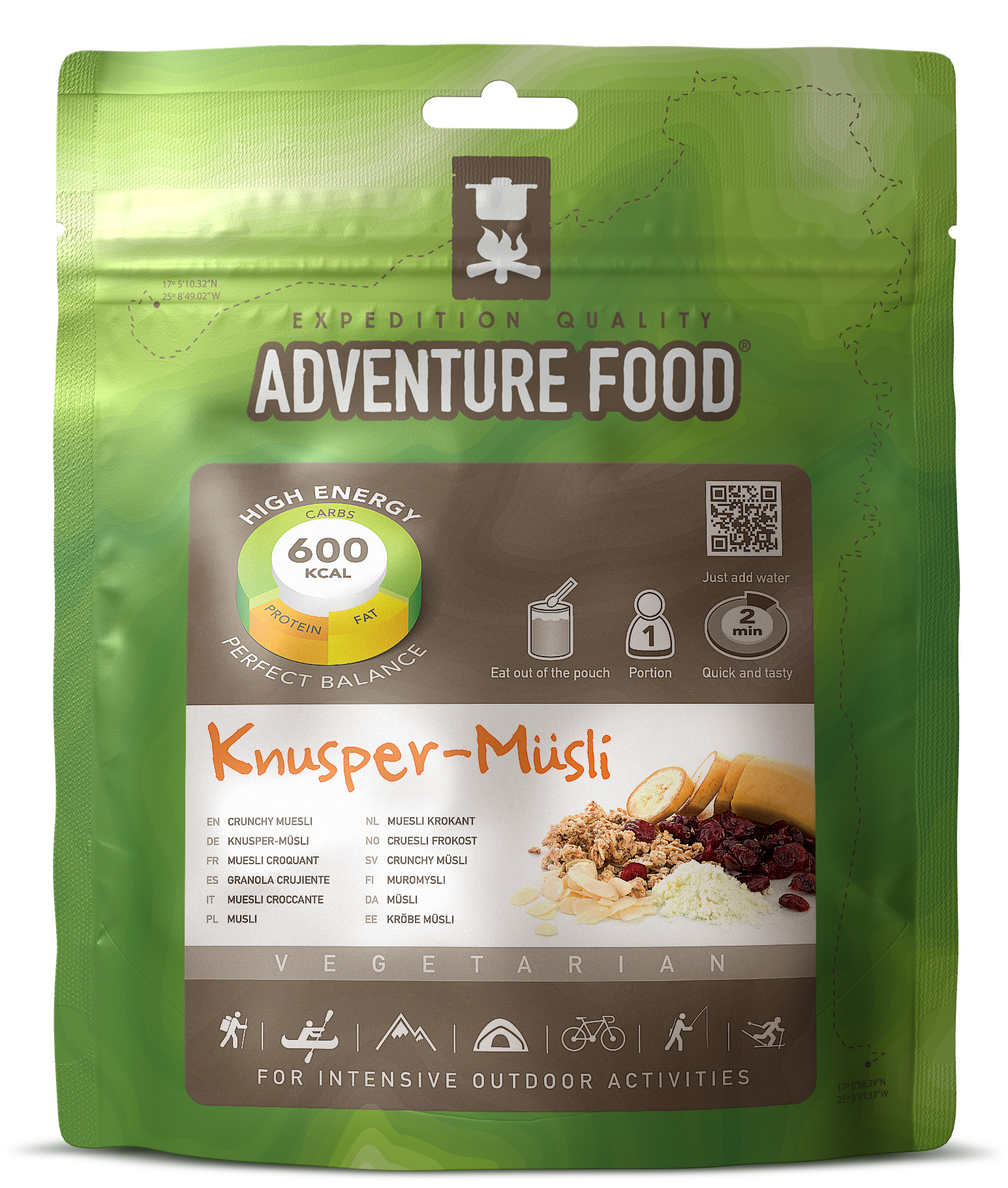
Adventure Food Knusper-Müsli
€3.95
Add to cart -
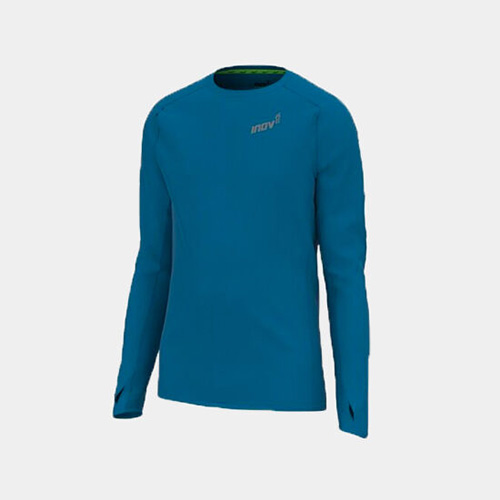
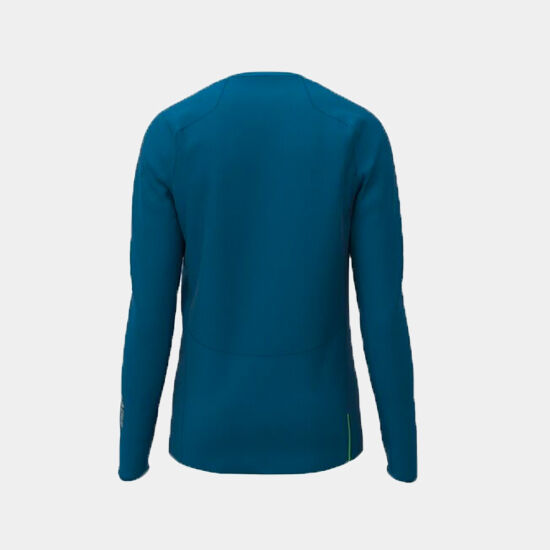

Inov8 – Base LS M – Men – Blue
€60.00
Select options -



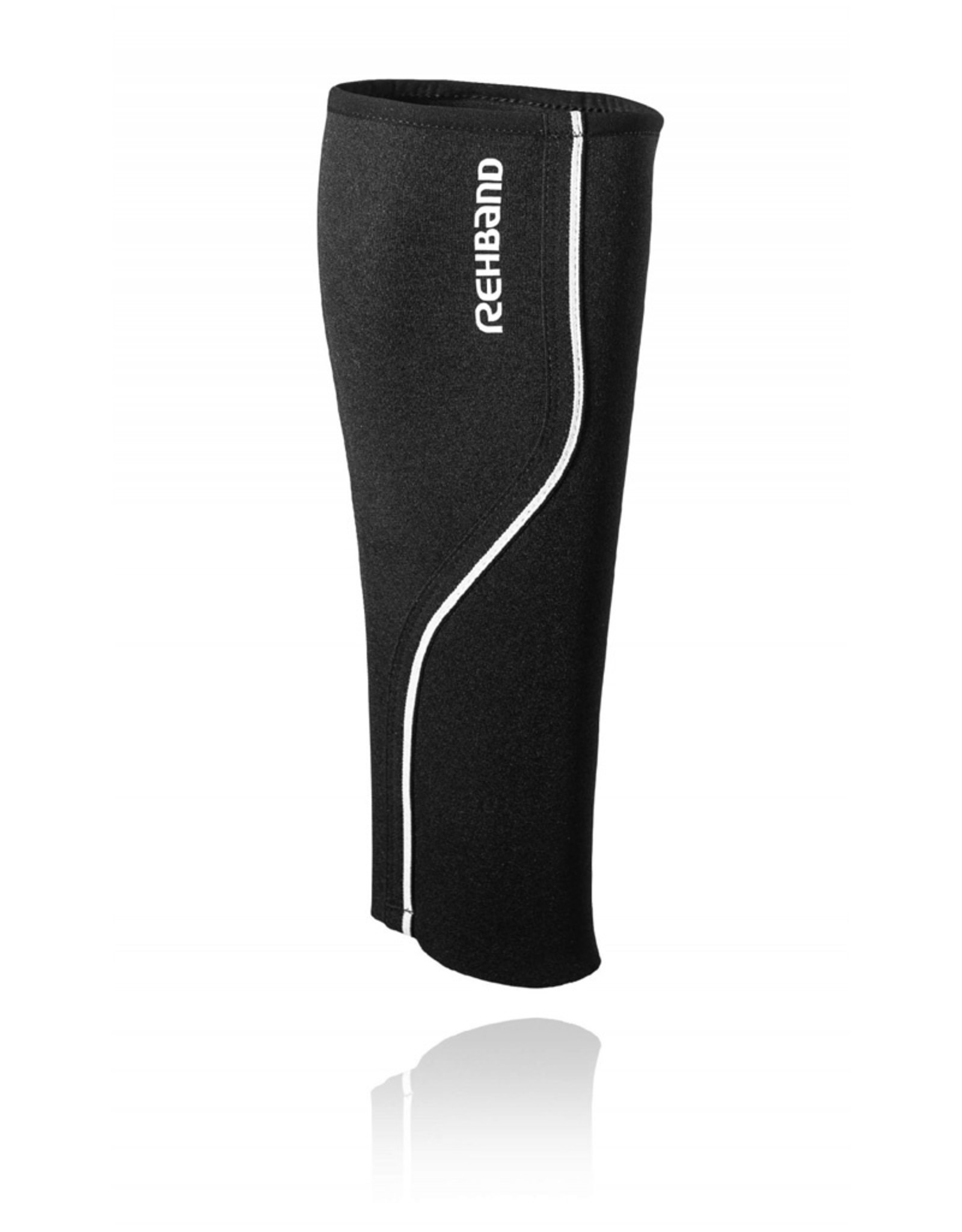
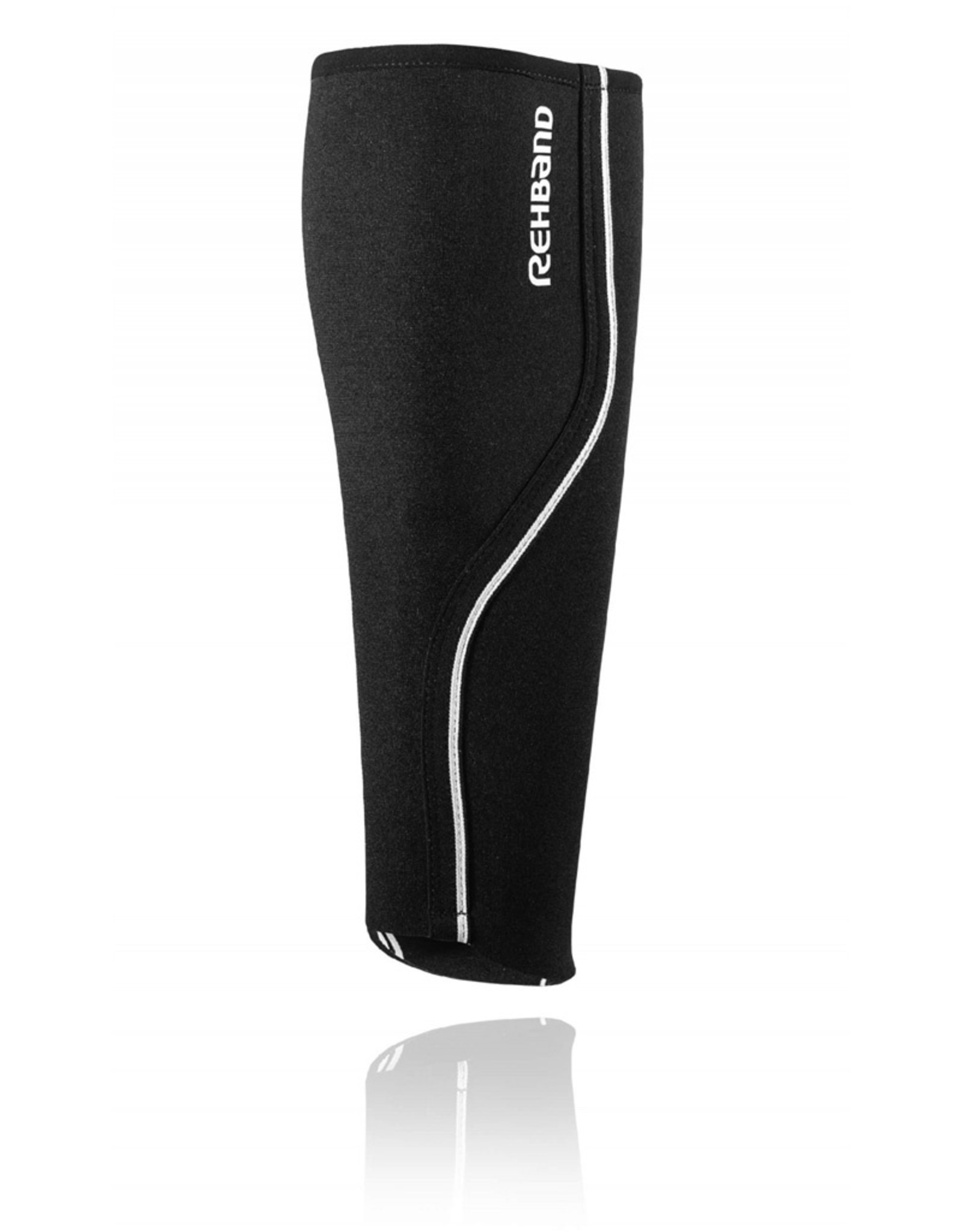
QD Compression Calf Sleeve (Pair)
€45.00
Select options -
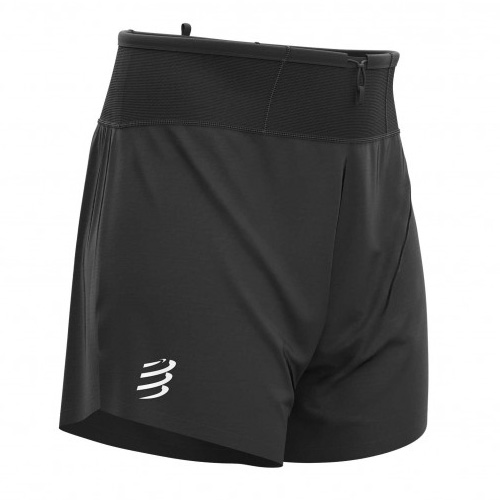
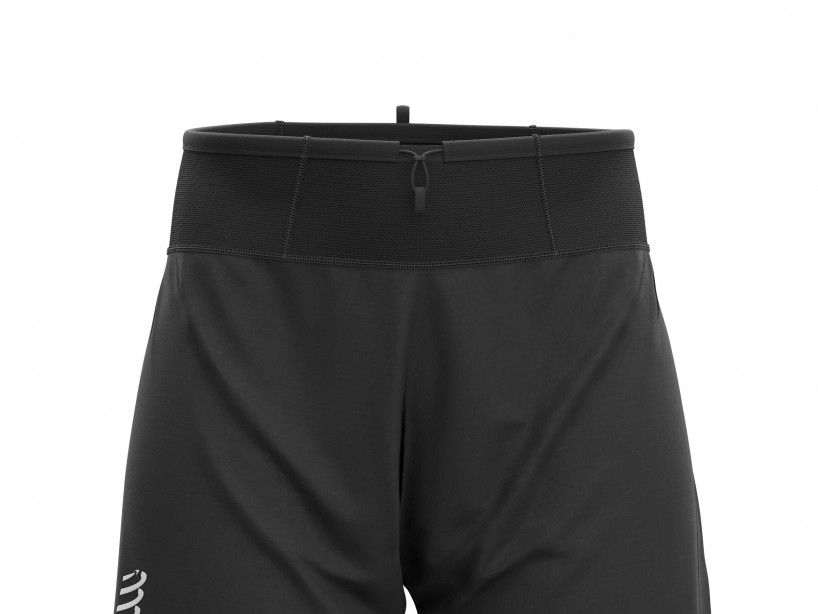

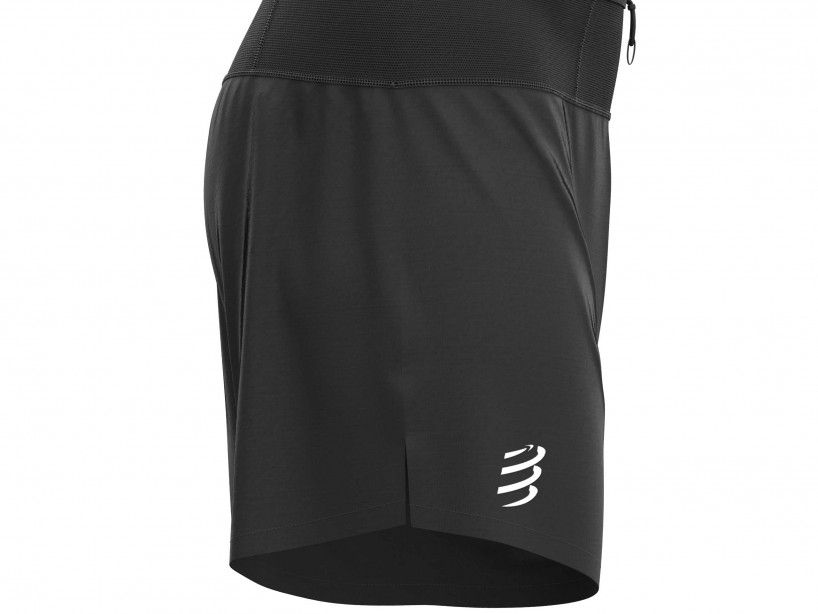
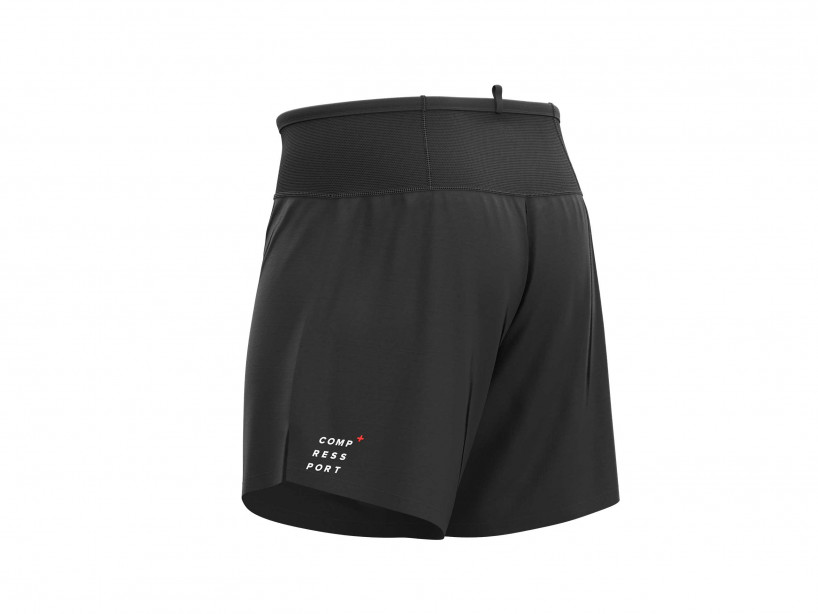
Performance Short – Black
€50.00
Select options -
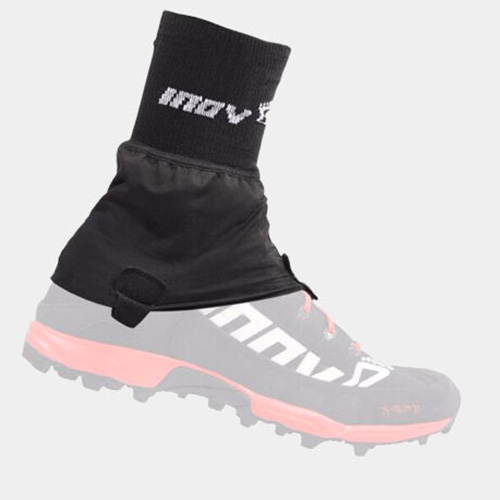
Inov8 – All Terrain Gaiter – Unisex – Black
€25.00
Select options -
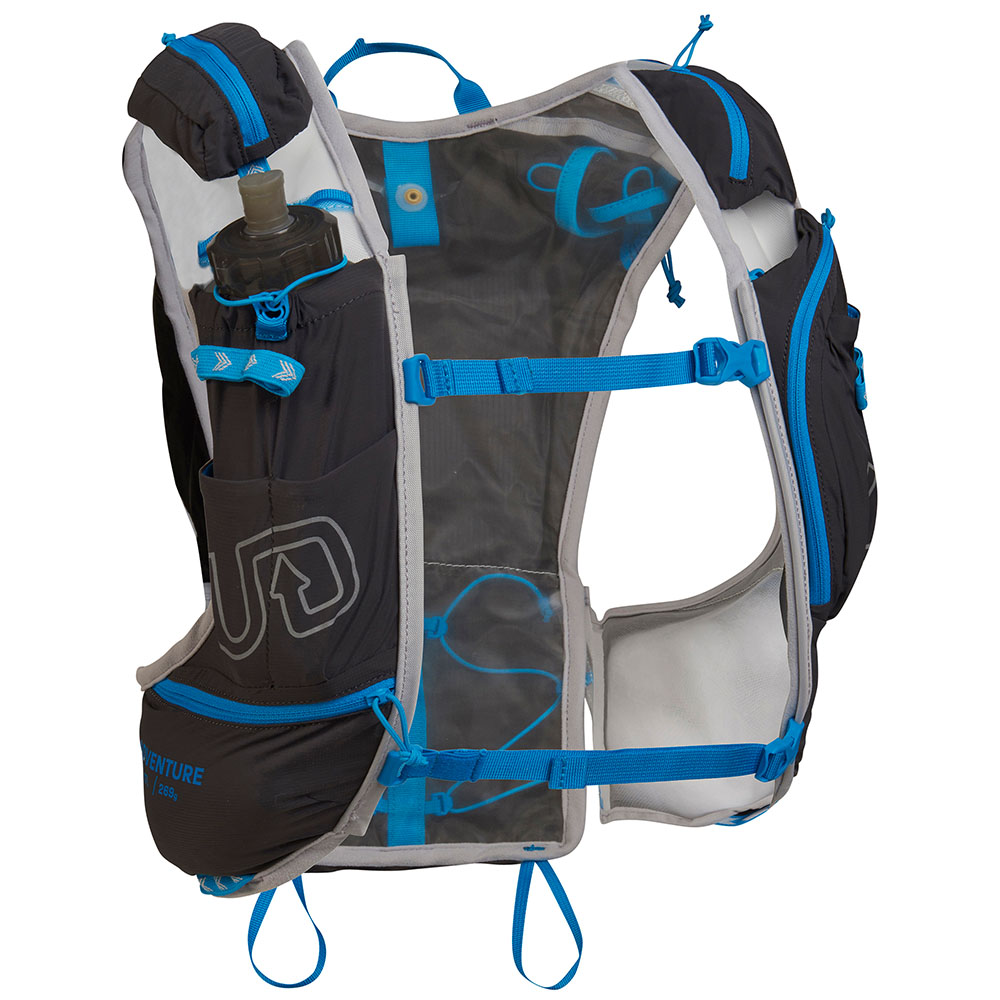


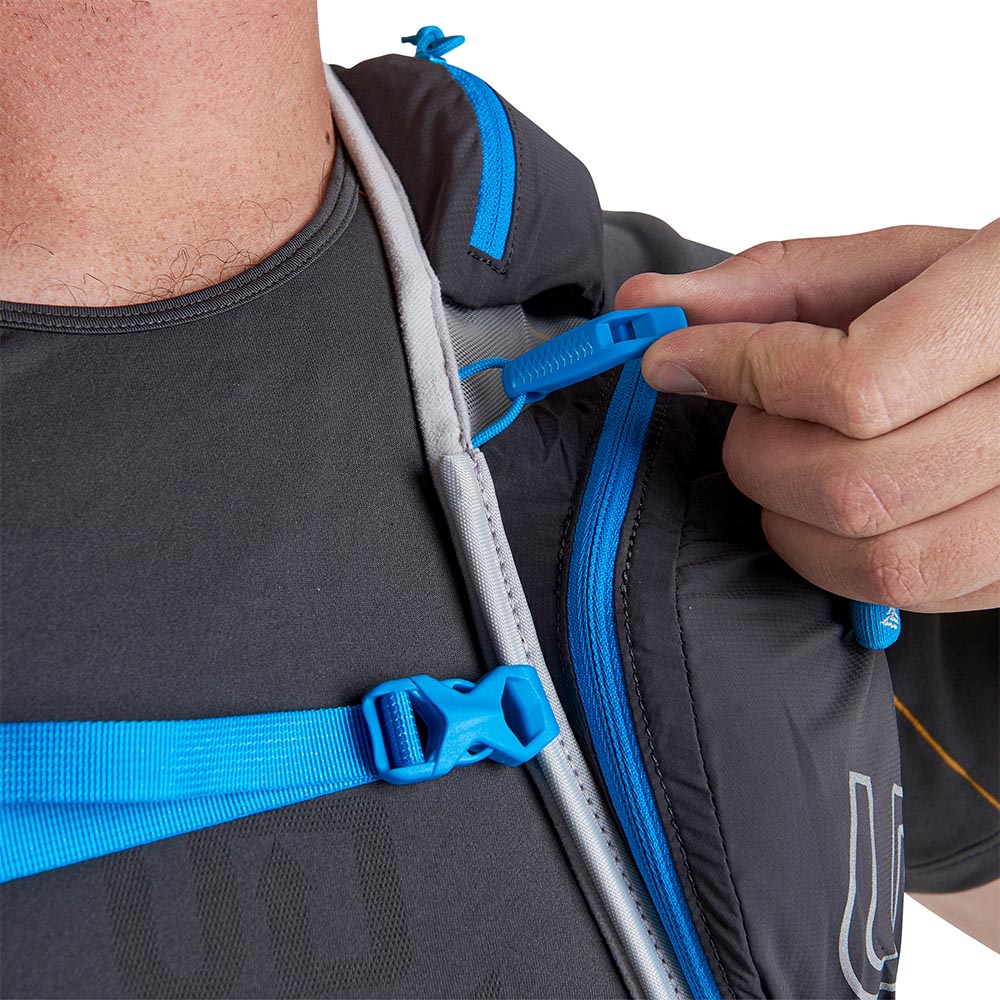
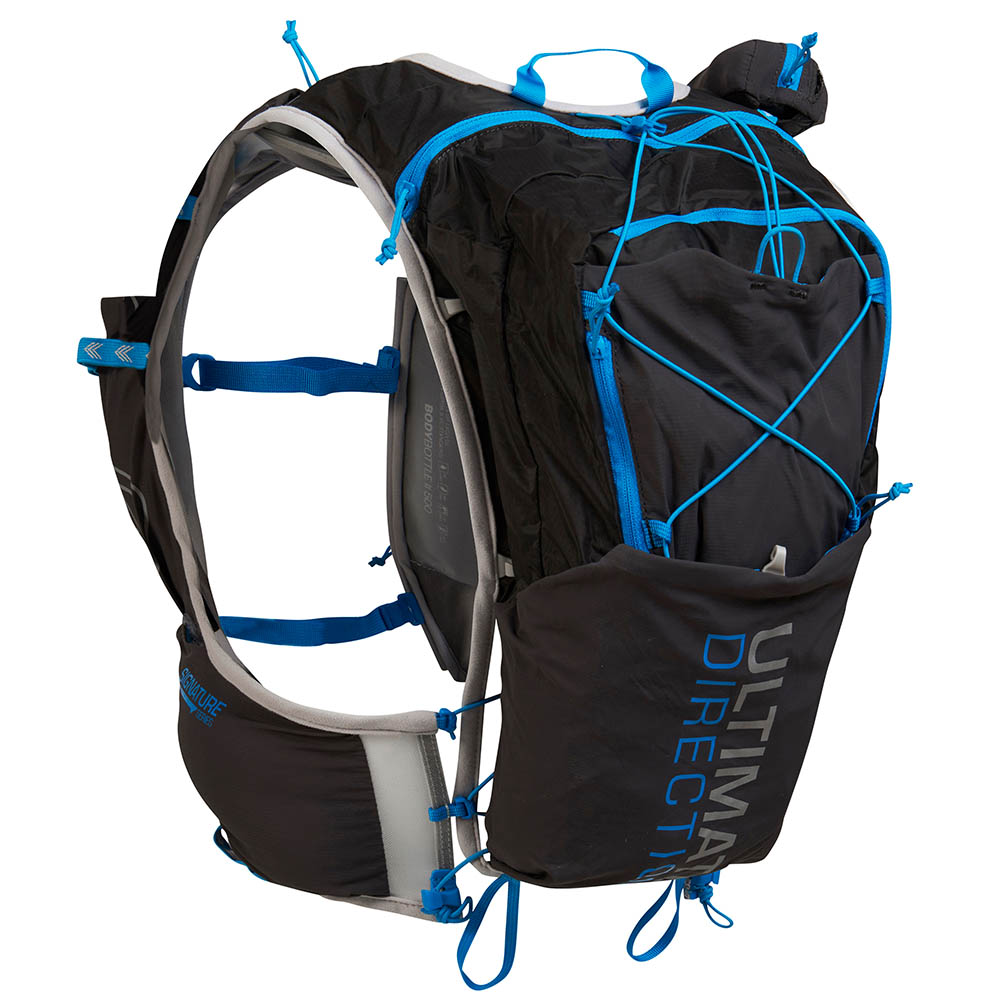
Adventure Vest – Night Sky (men)
€180.00
Select options -

Zinargin
€29.70
Add to cart -
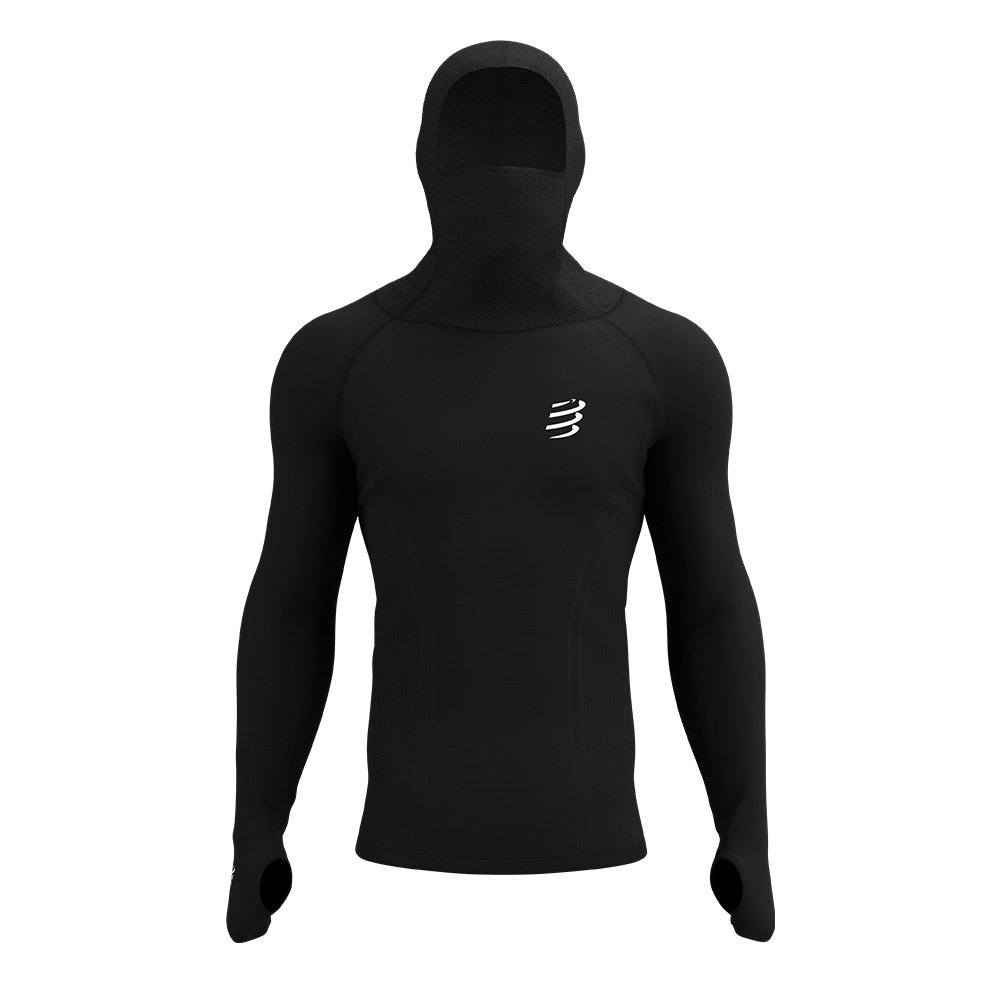


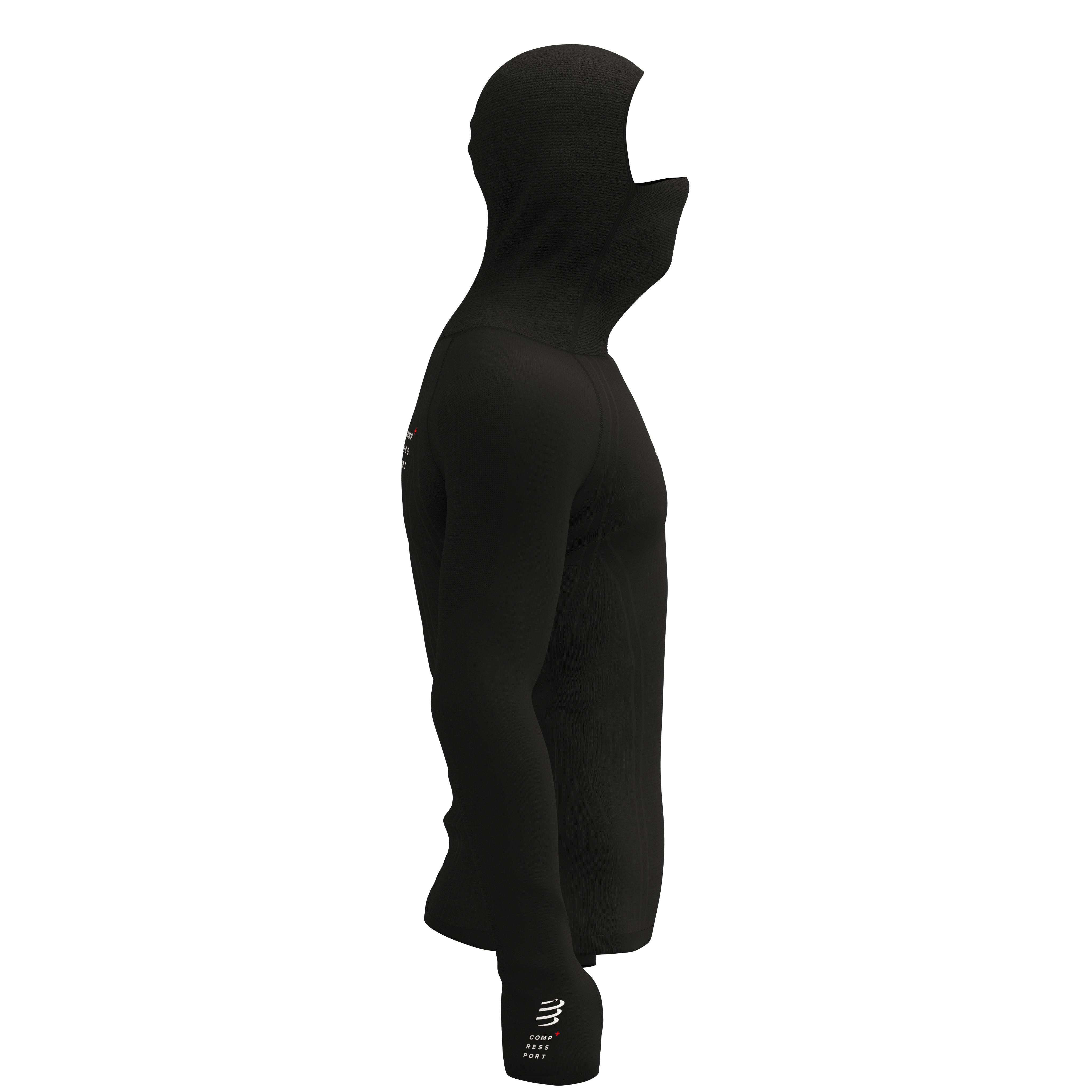

3D Thermo Ultralight Racing Hoodie – Black
€100.00
Select options -
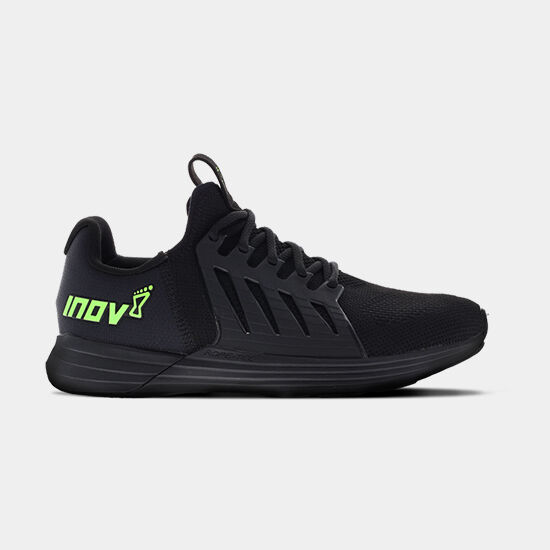
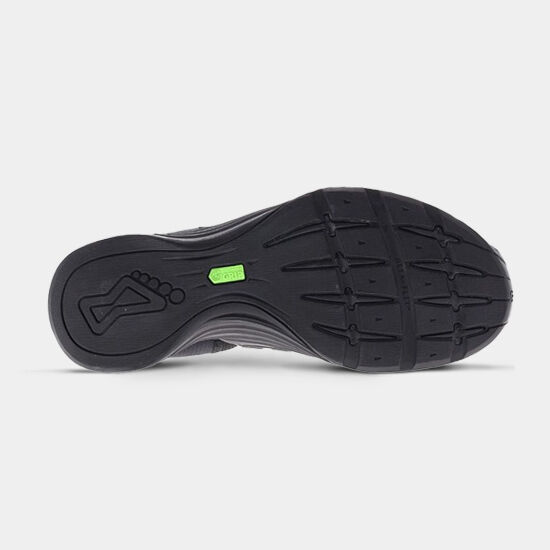


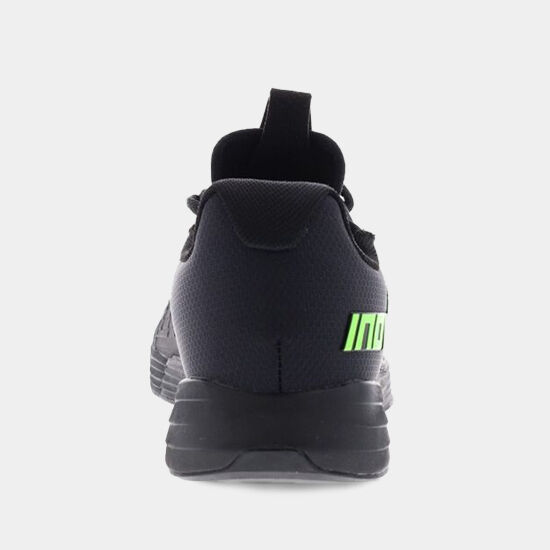
Inov8 F-Lite G 300 Men
€165.00
Select options -
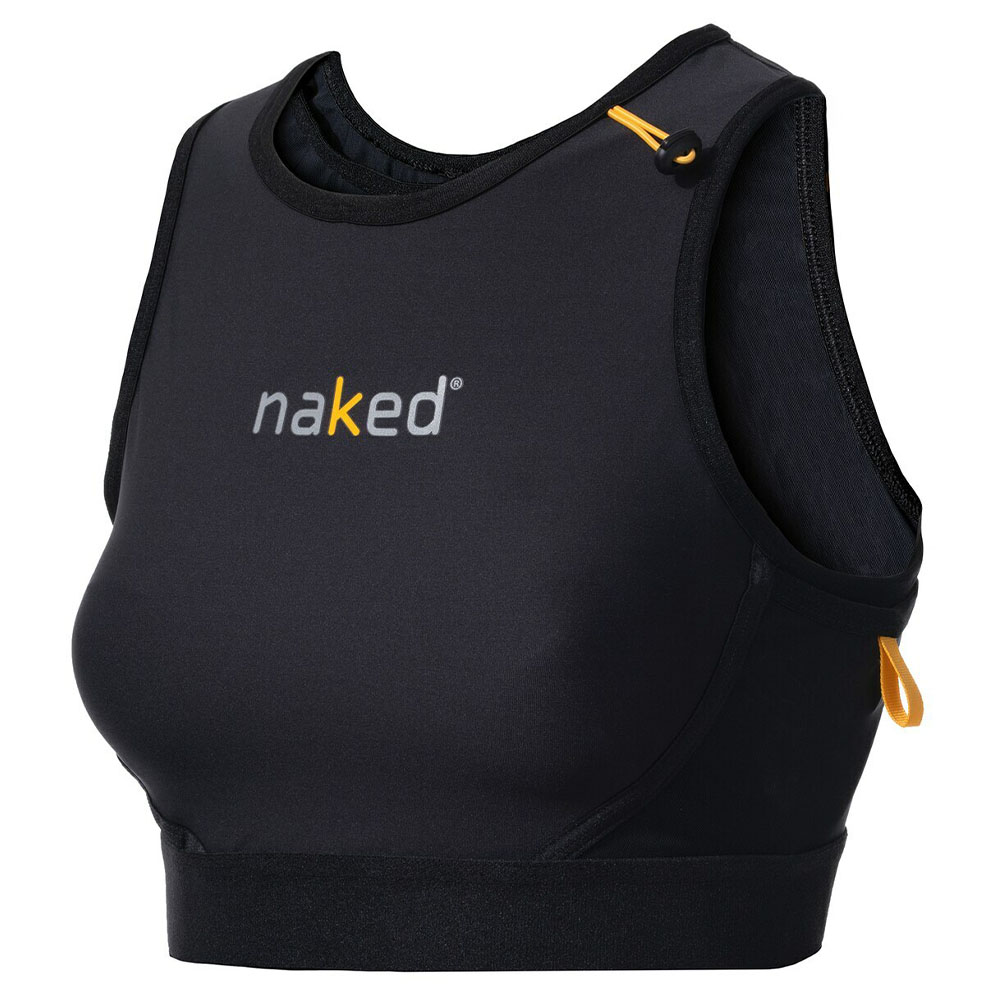


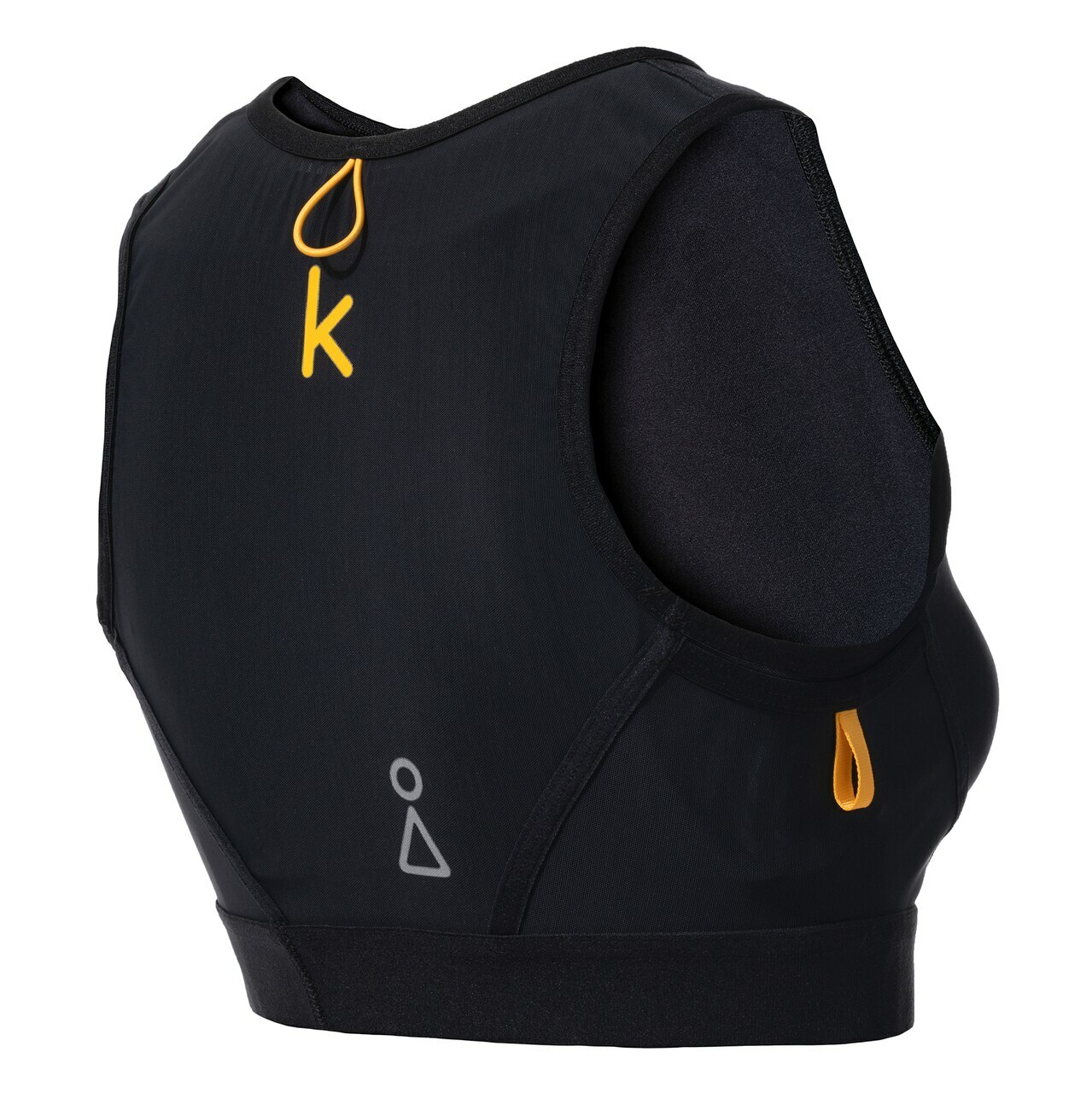
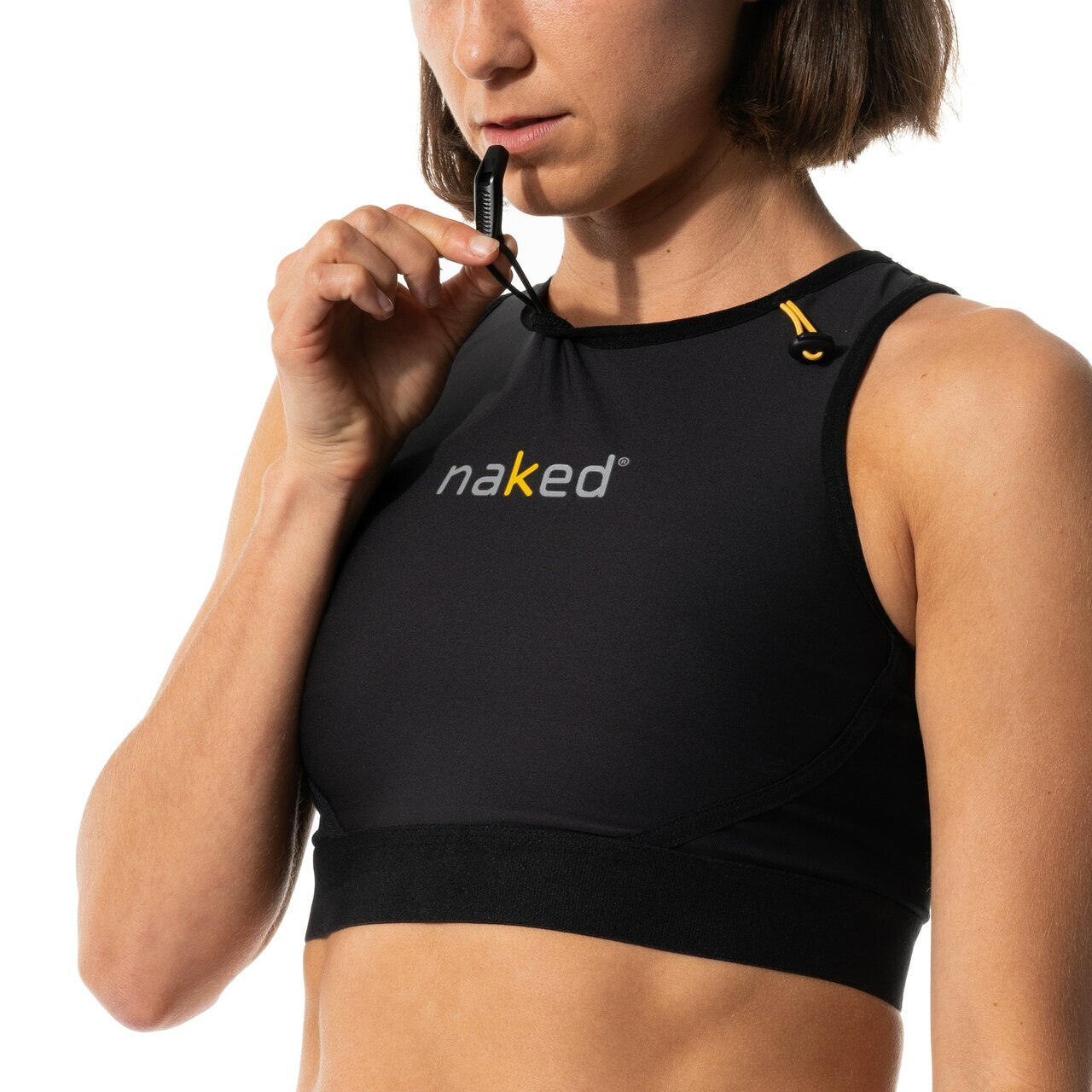
Naked® – Running vest
€80.00
Select options -
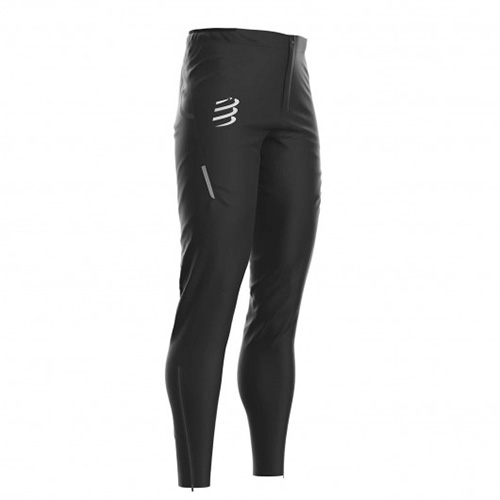



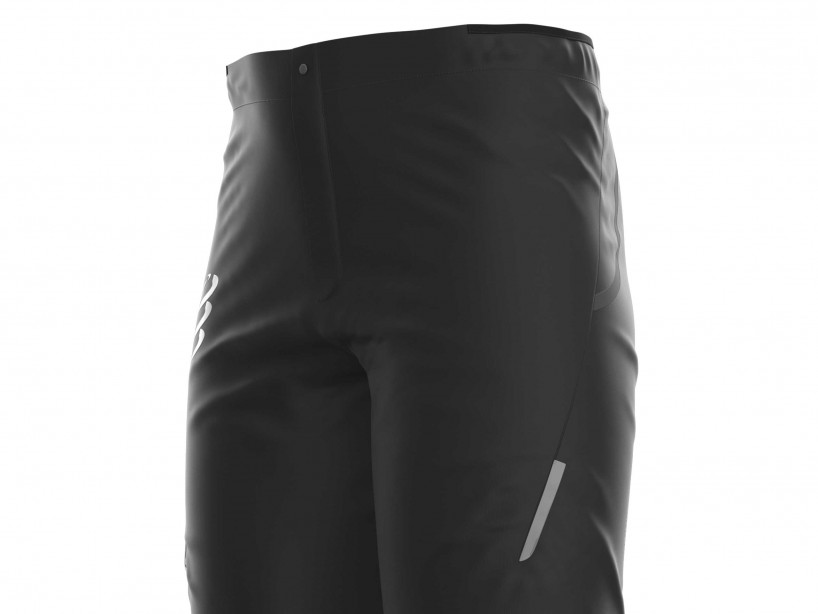
Compressport – HURRICANE WATERPROOF 10/10 PANTS
€140.00
Select options -

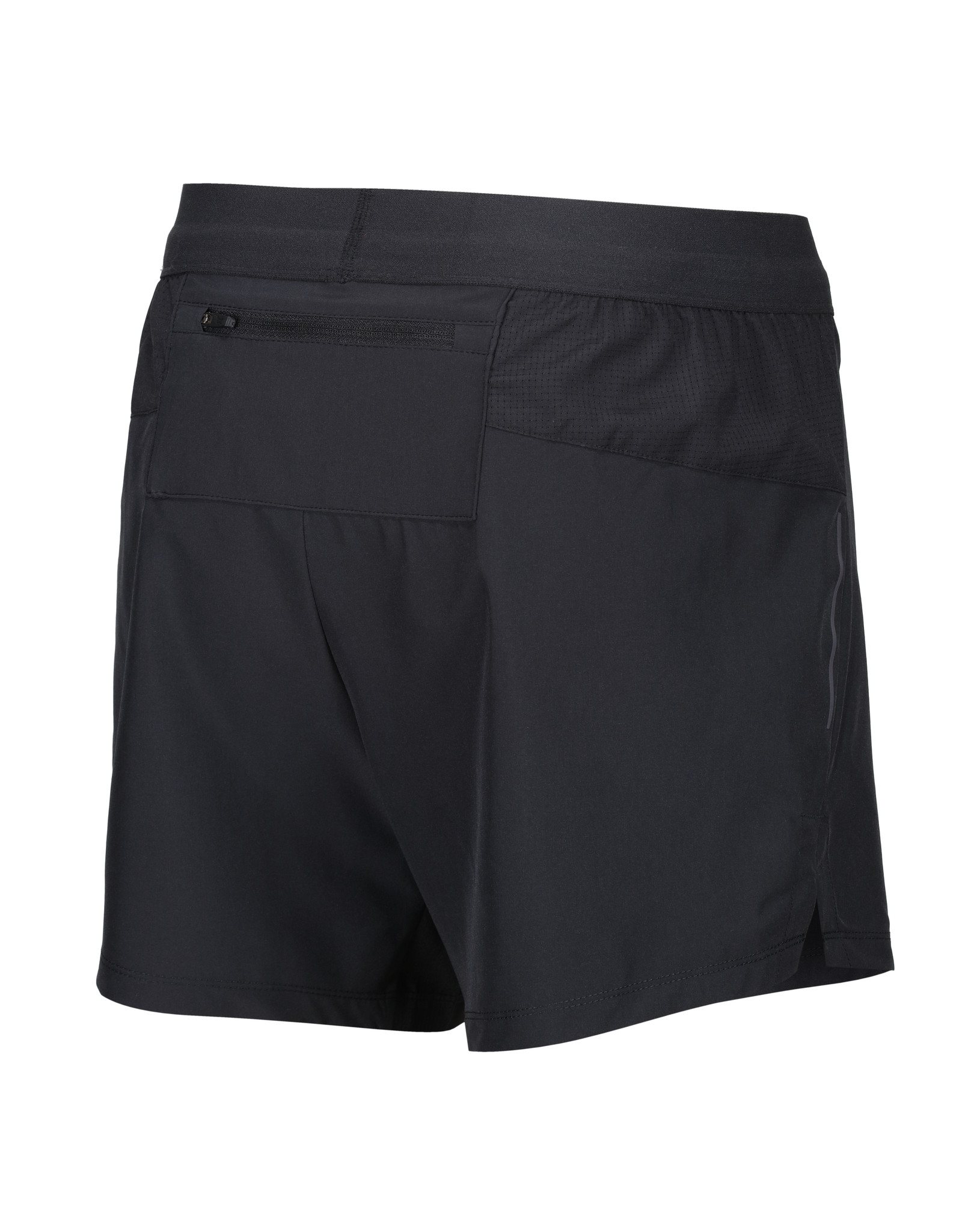

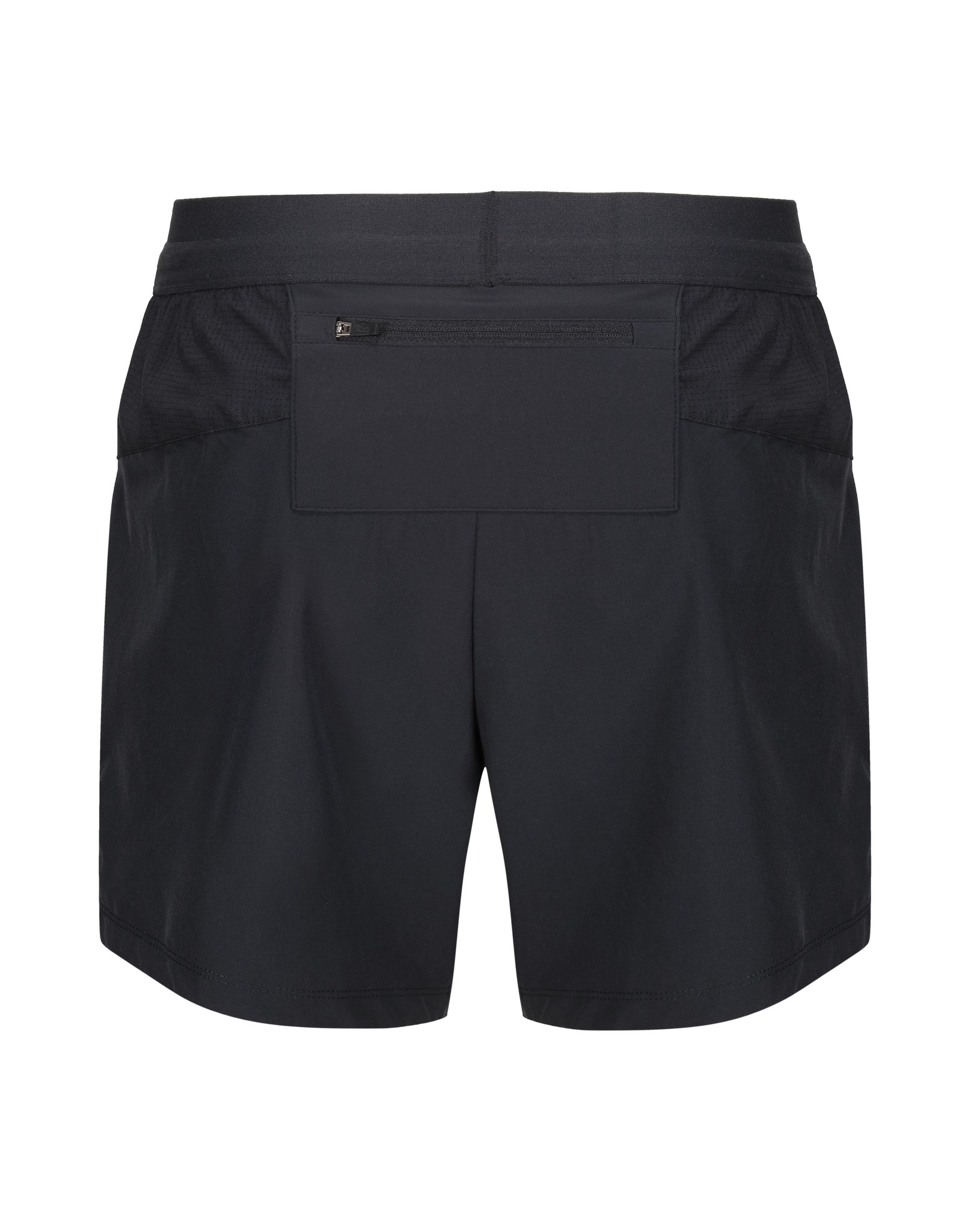
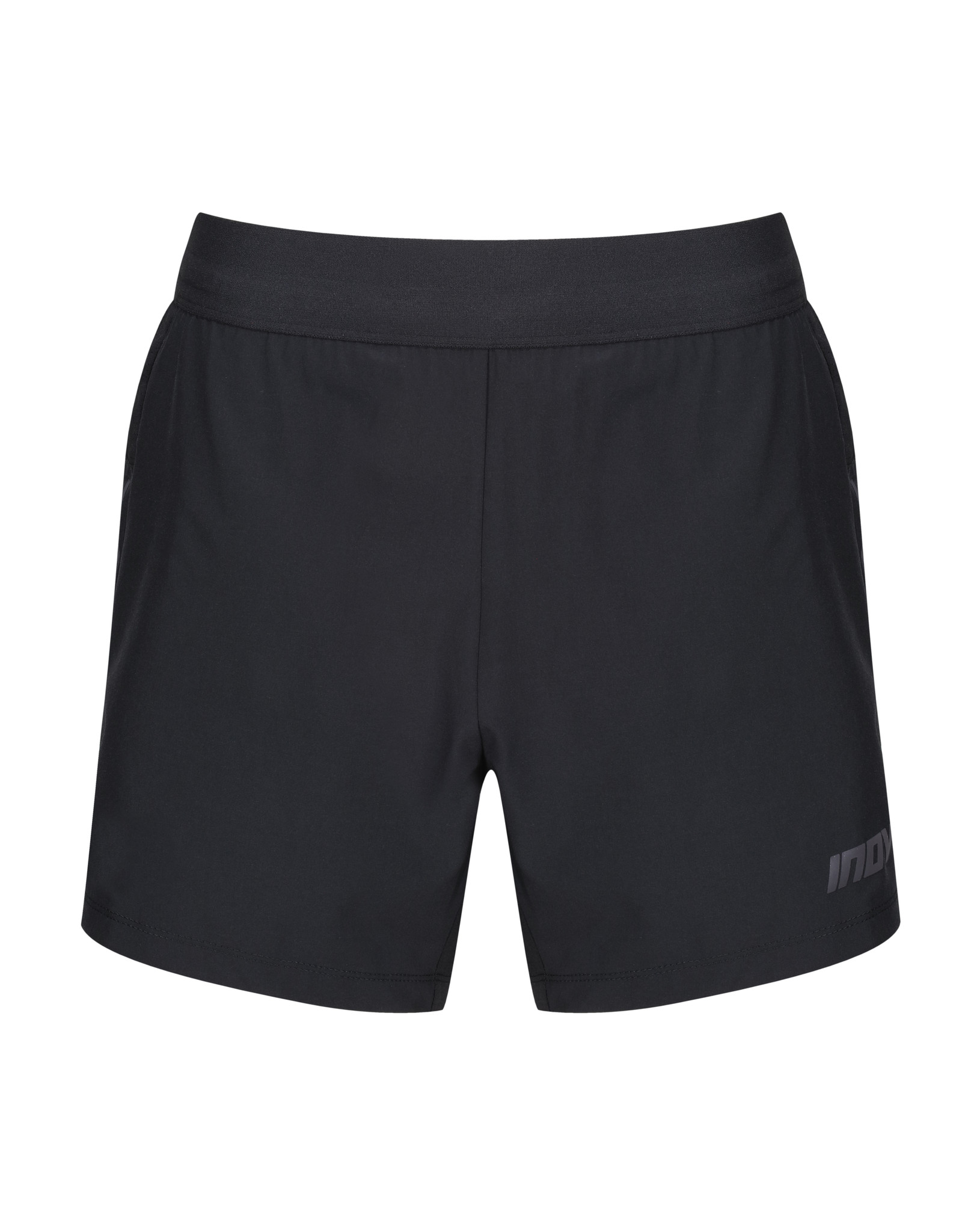
Inov8 Race Elite 5″ Short Men Black
€65.00
Select options -
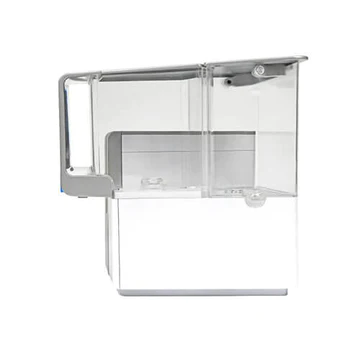
AquaTru Tapwater Tank
€25.50
Add to cart -
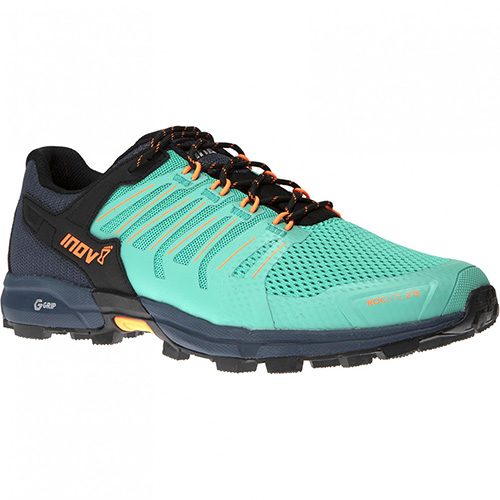



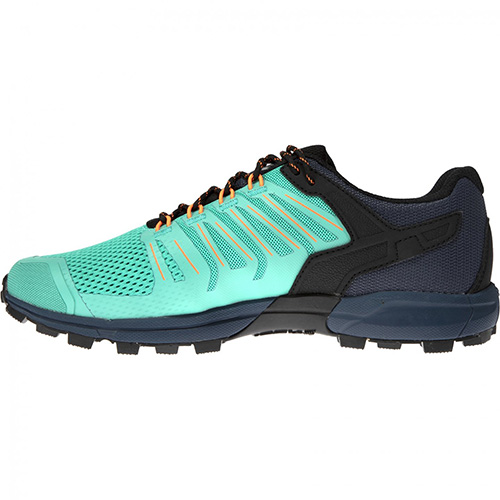
Inov8 – Roclite 275 – Women – Teal/Navy
€150.00
Select options -
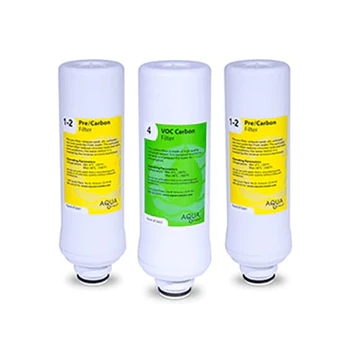
AquaTru Filter Package 1 year
€89.25
Add to cart -
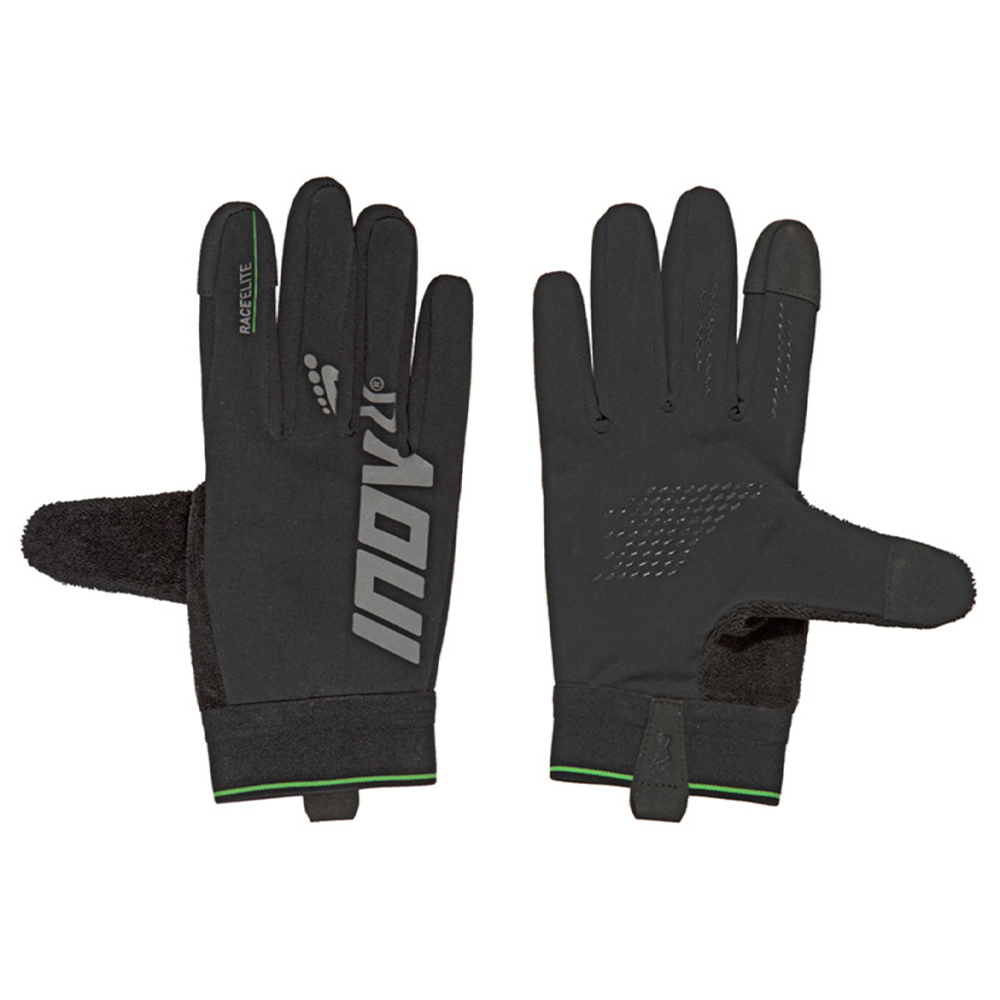
Inov8 – RACE ELITE GLOVE – Unisex – Black
€30.00
Select options -
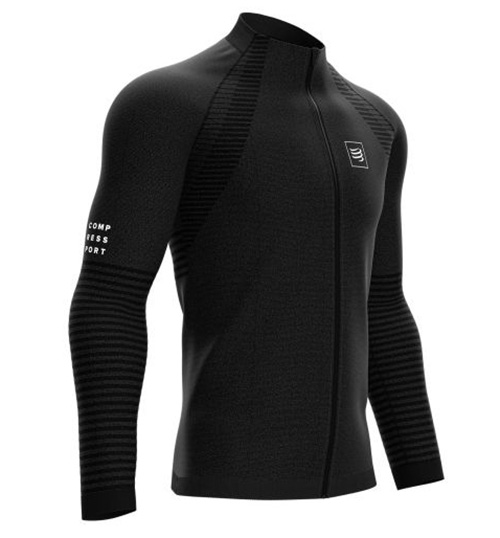



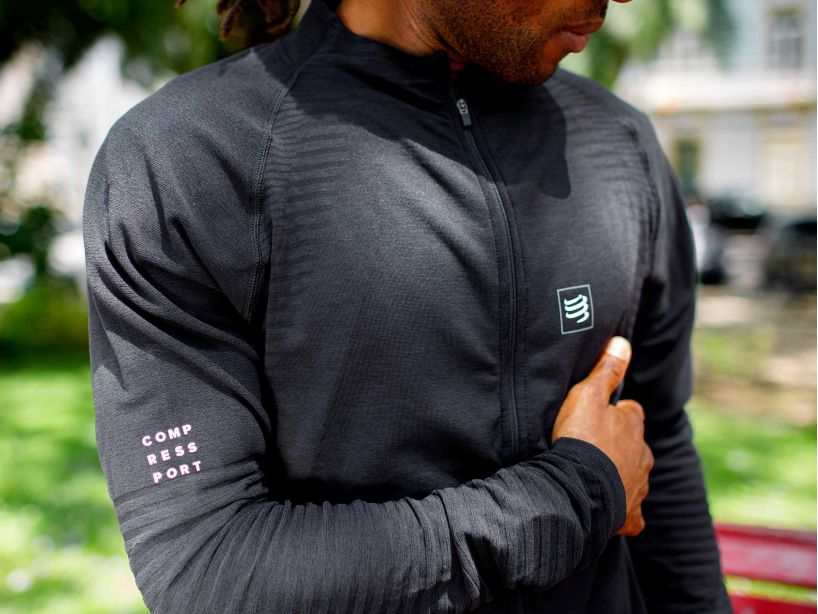
Compressport – Seamless Zip Sweatshirt – Men
€90.00
Select options -
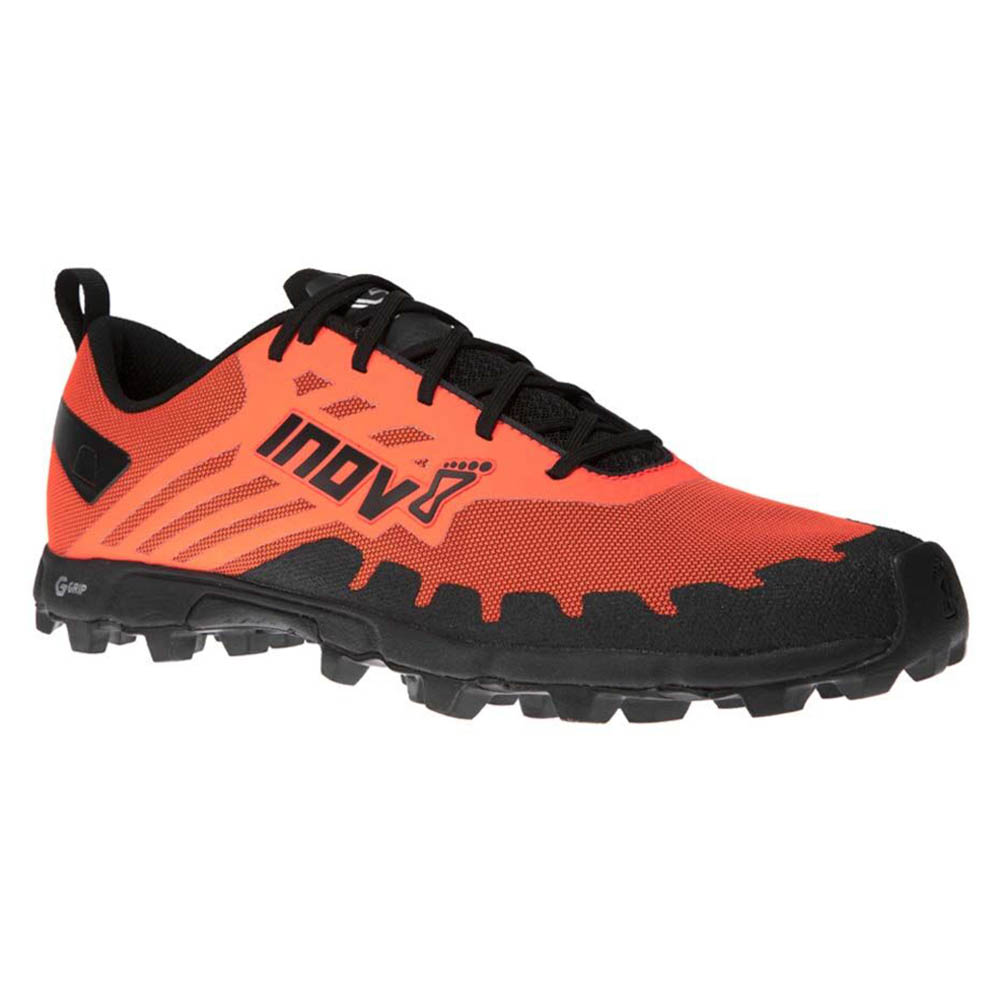
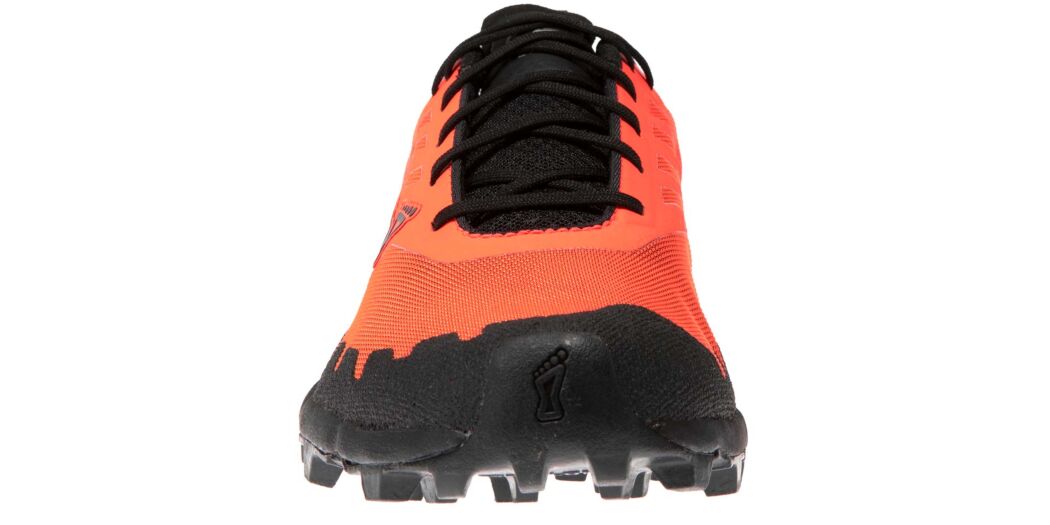


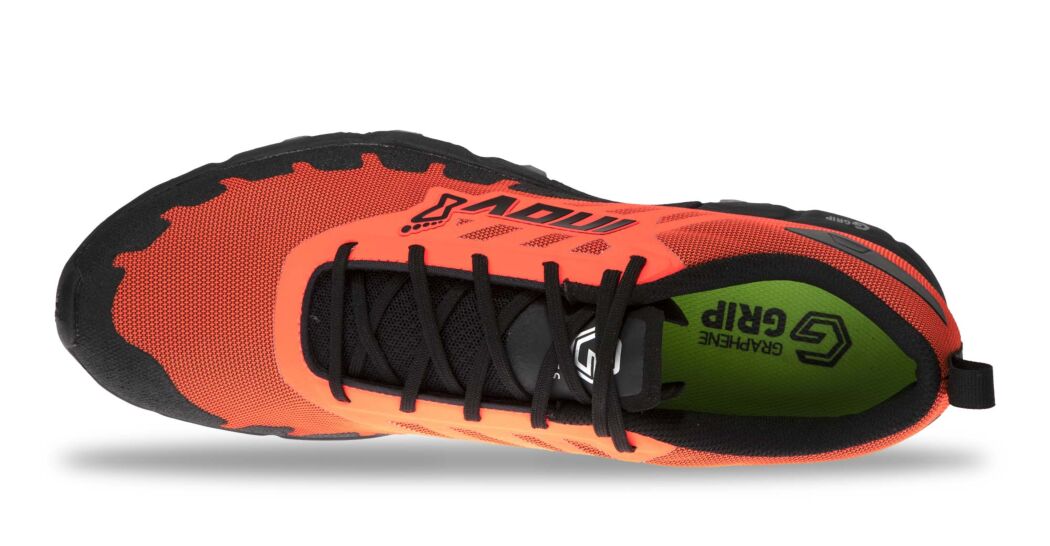
Inov8 – X-Talon G 235 – Men – Orange/Black
€165.00
Select options -

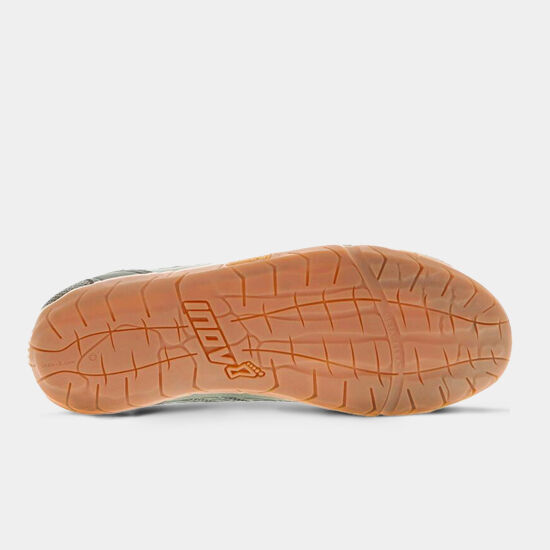


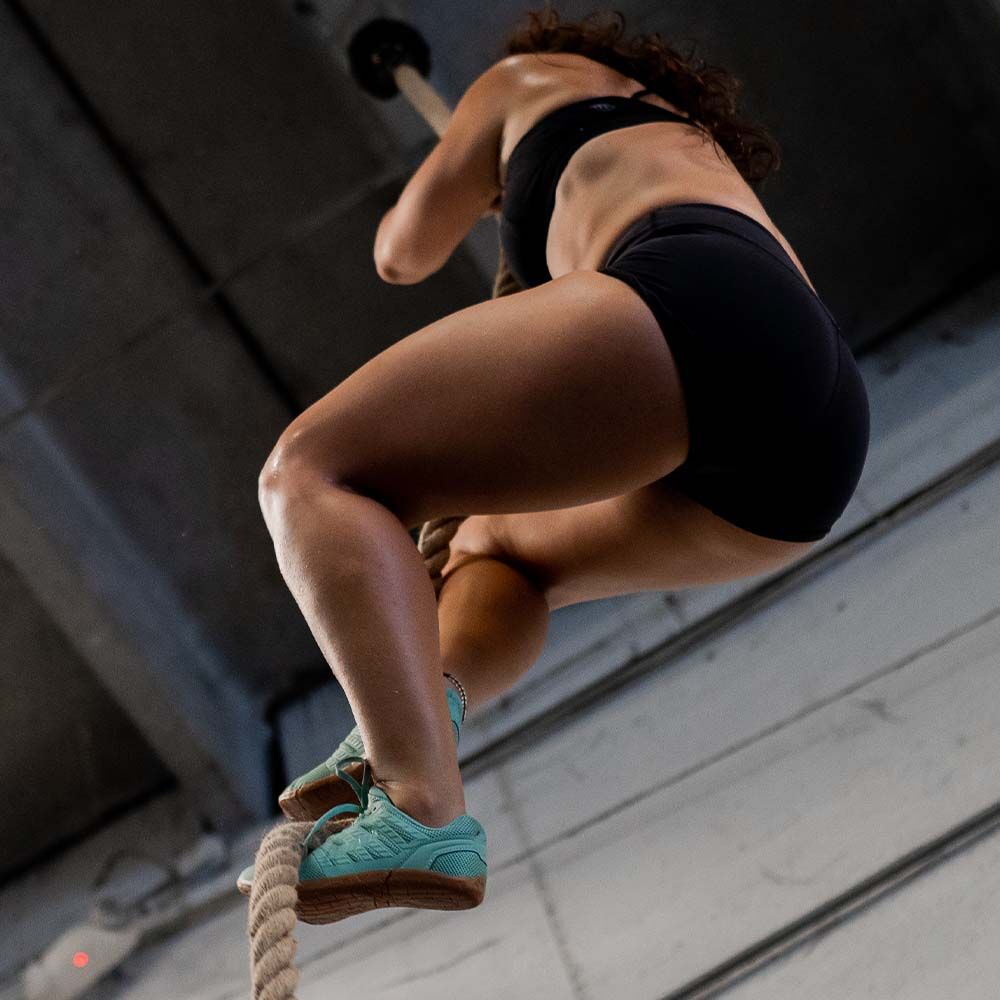
Inov8 Bare-XF 210 V3 Men Black/Gum
€145.00
Select options -
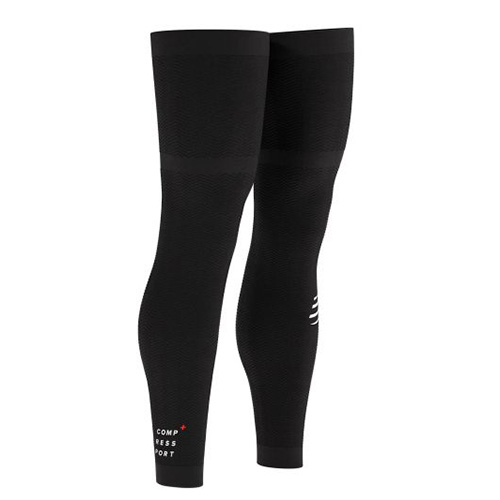


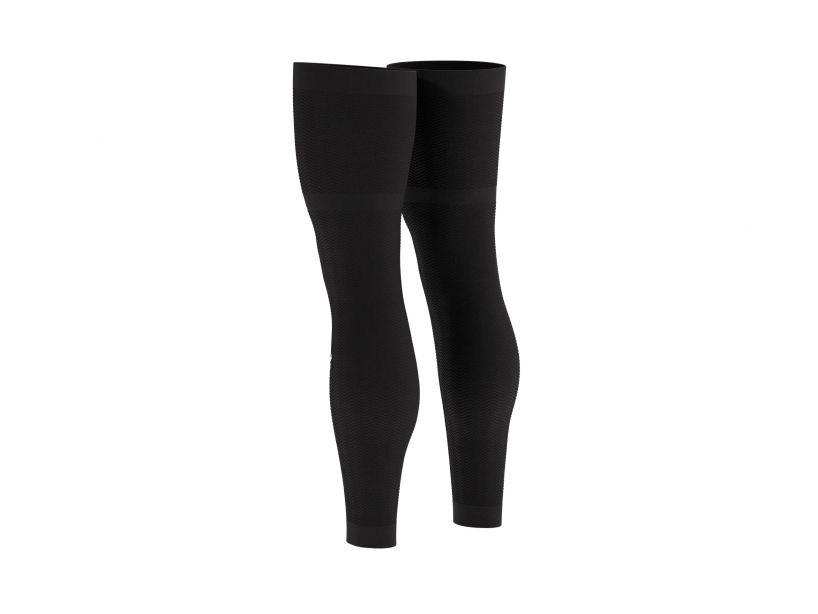
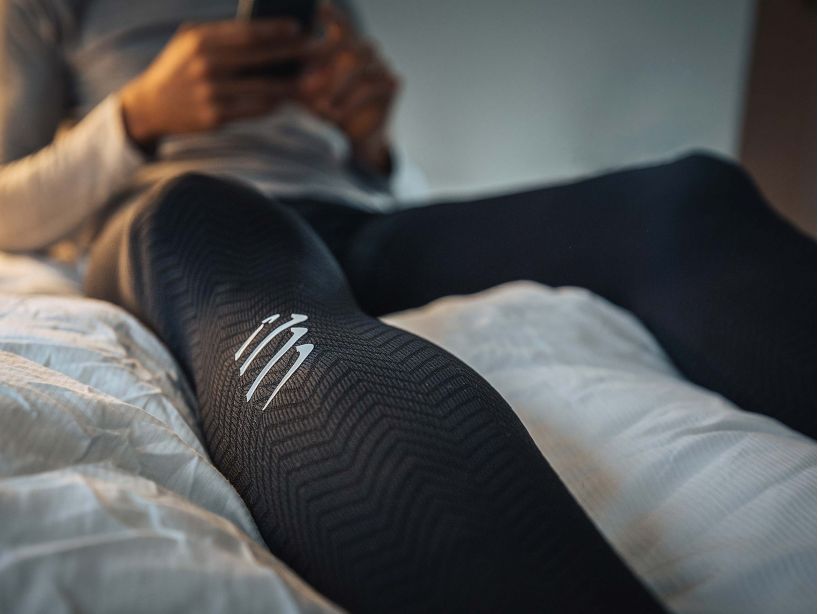
Compressport – FULL LEGS COMPRESSION LEG SLEEVES
€95.00
Select options -
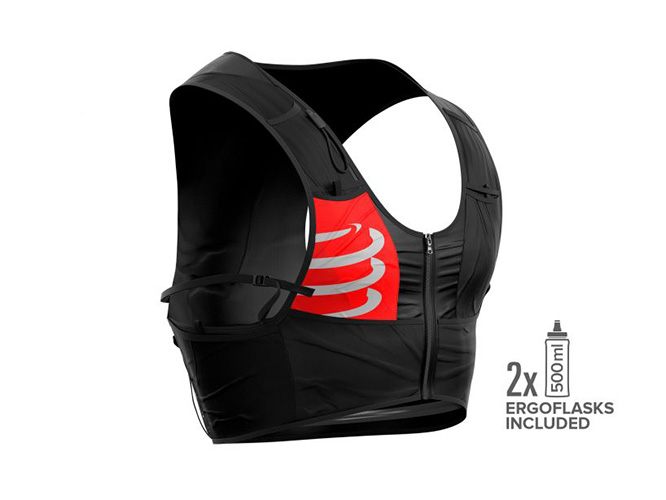
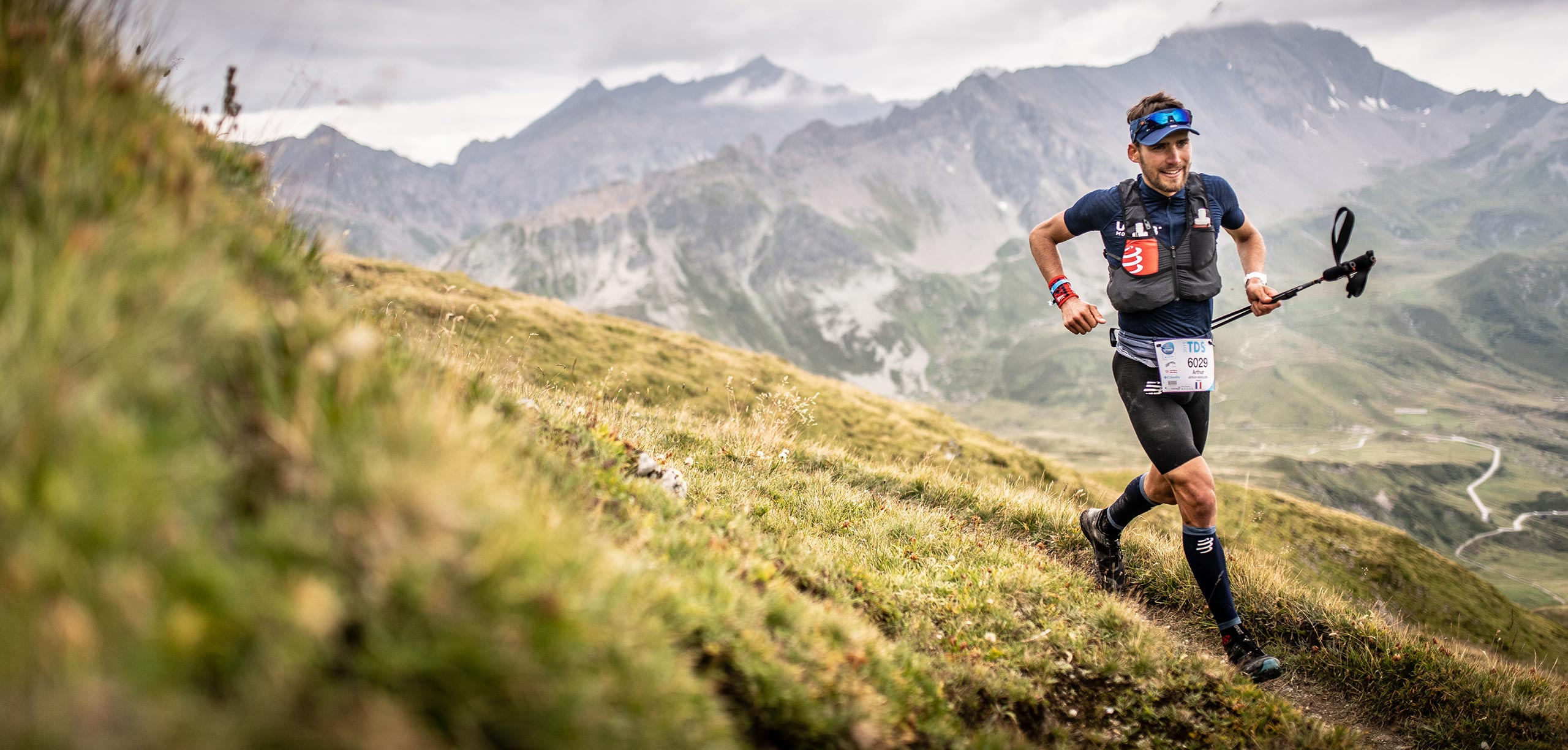

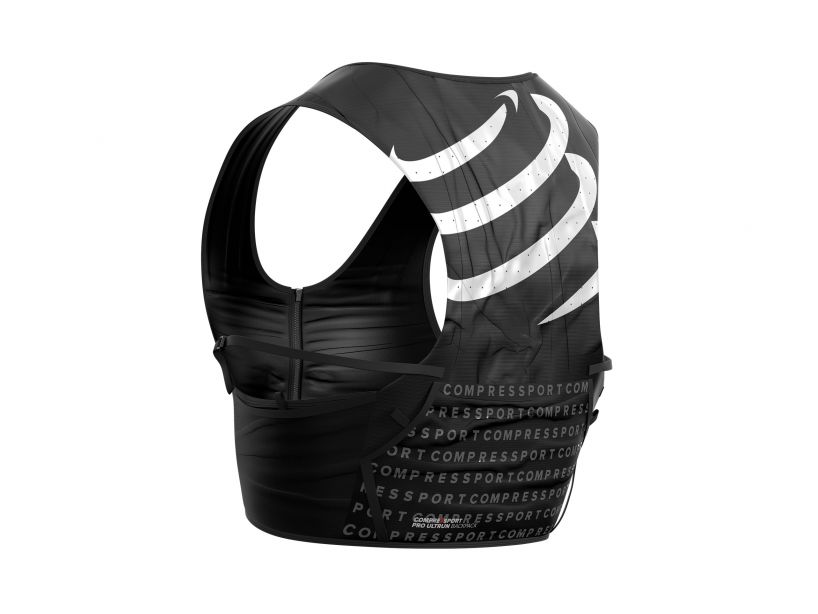
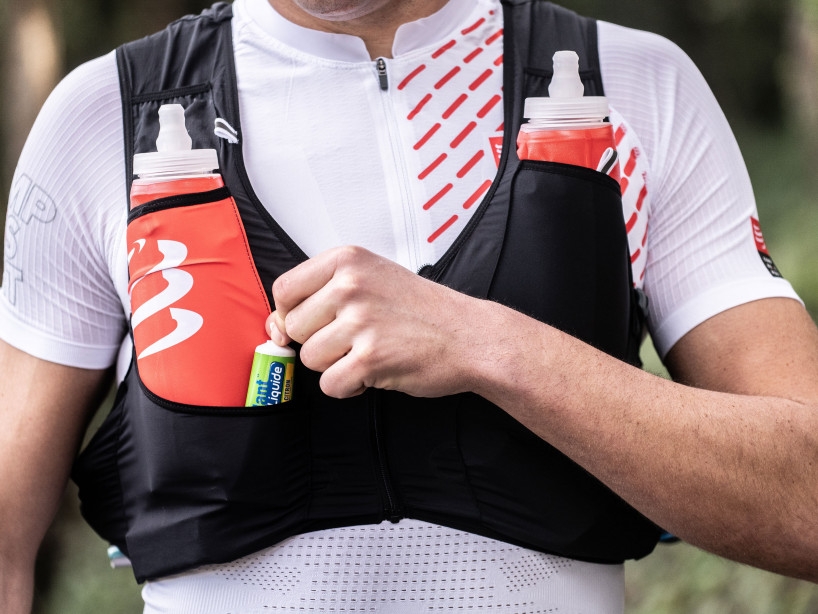
Compressport – ULTRUN S PACK BLACK
€160.00
Select options -
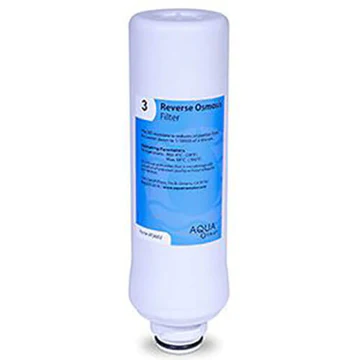
AquaTru Reverse Osmosis Filter (3)
€55.25
Add to cart -

AmazingAir UltraHEPA Replacement Filter
€75.00
Add to cart -



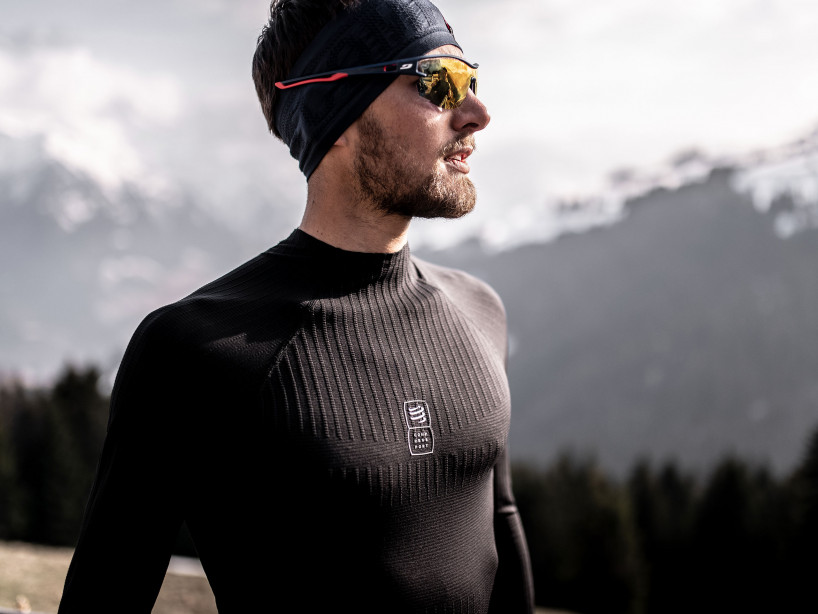
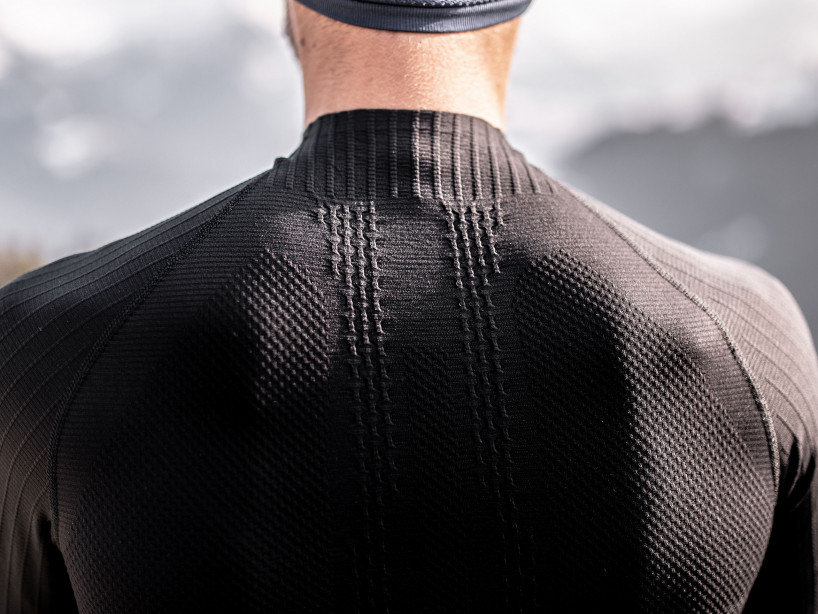
Compressport – 3D Thermo 110G LS Tshirt – Men
€110.00
Select options -
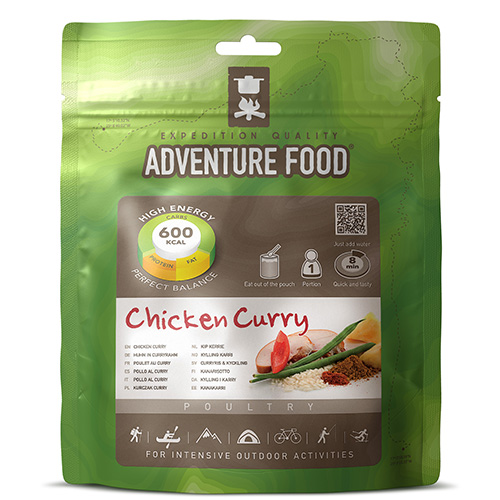


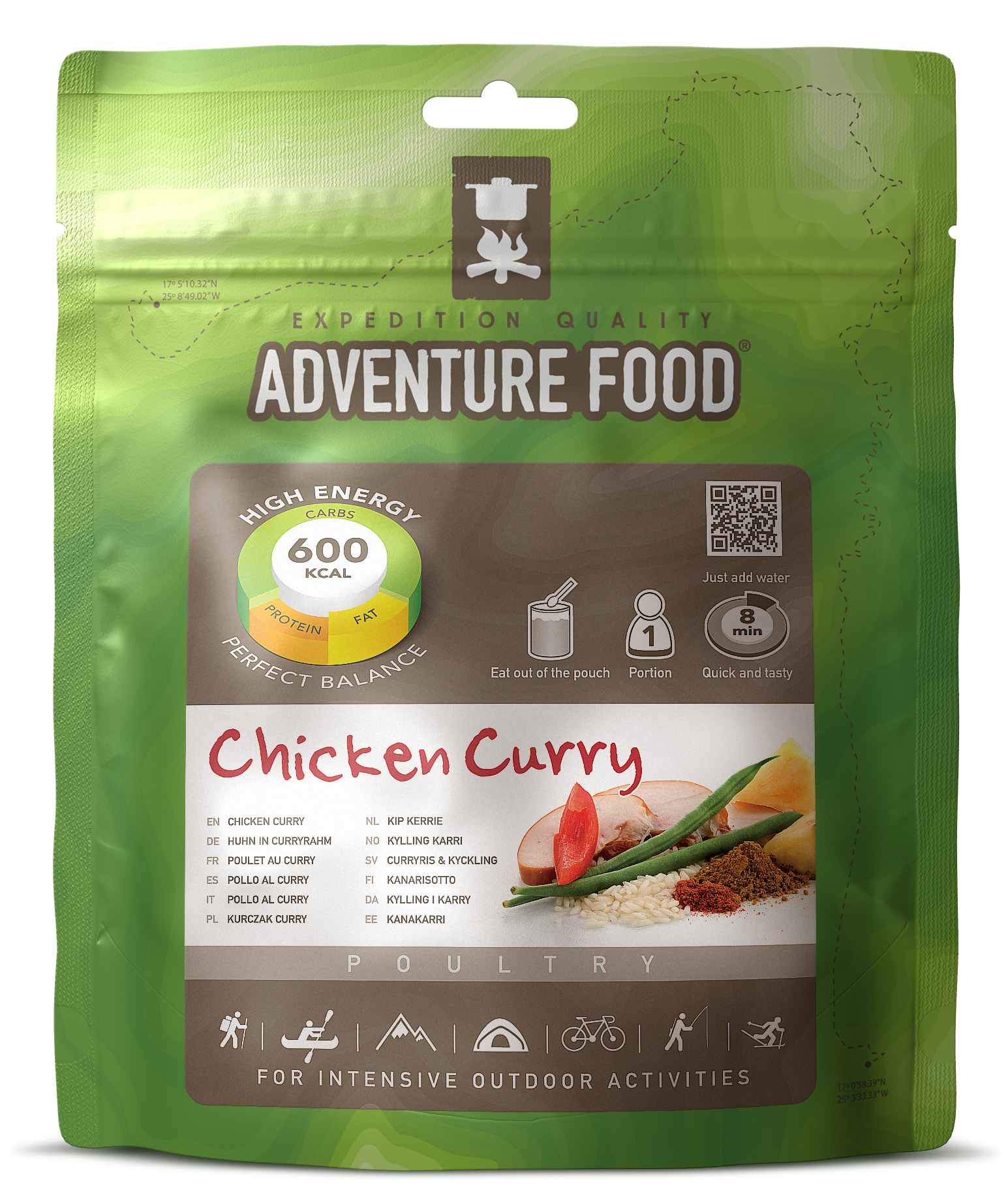
Adventure Food Chicken Curry
€5.95
Add to cart -
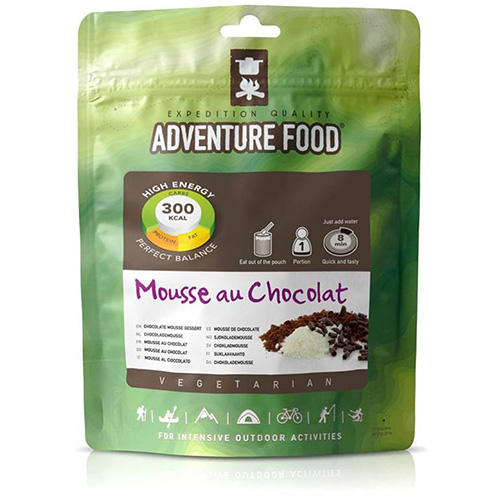
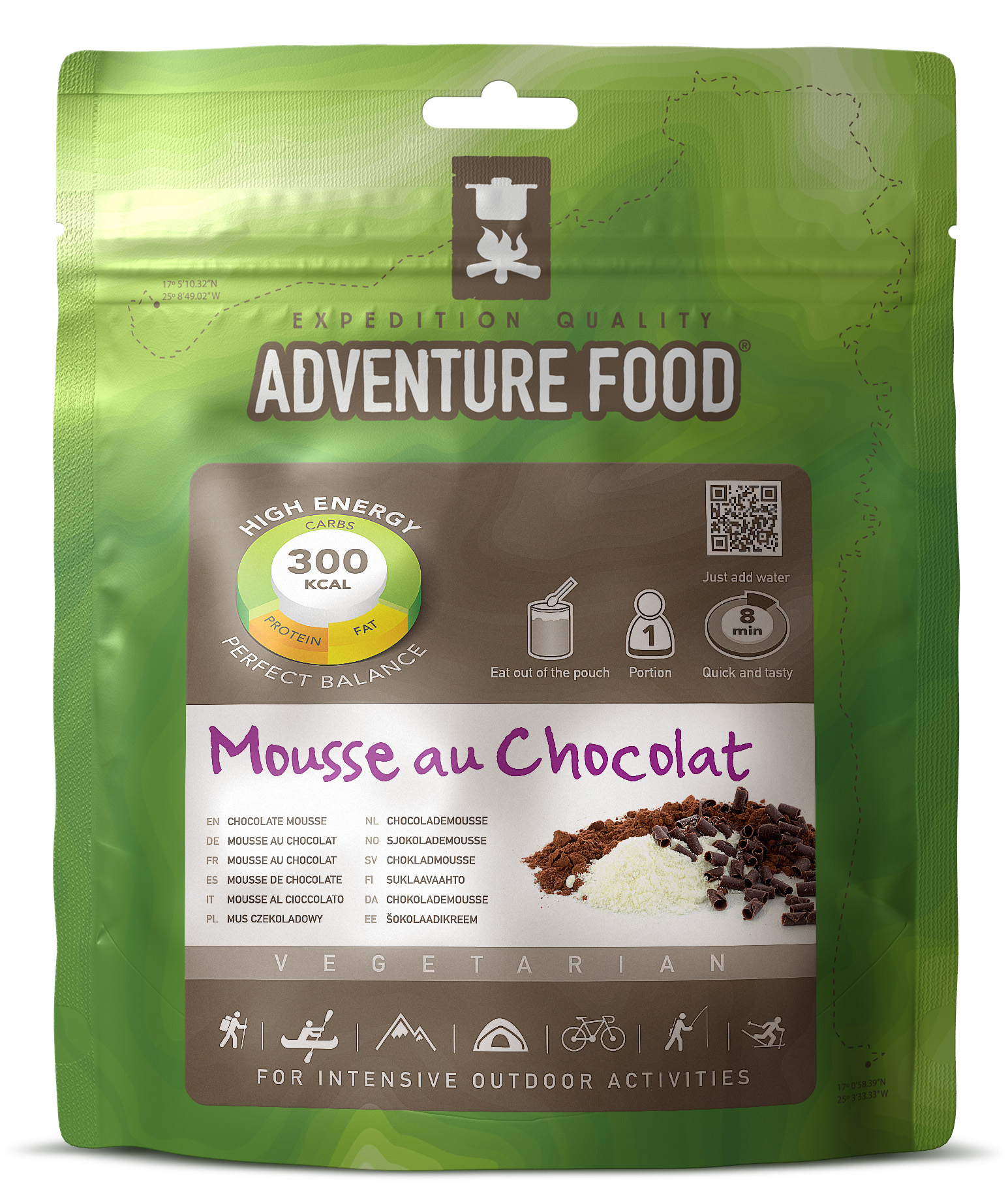

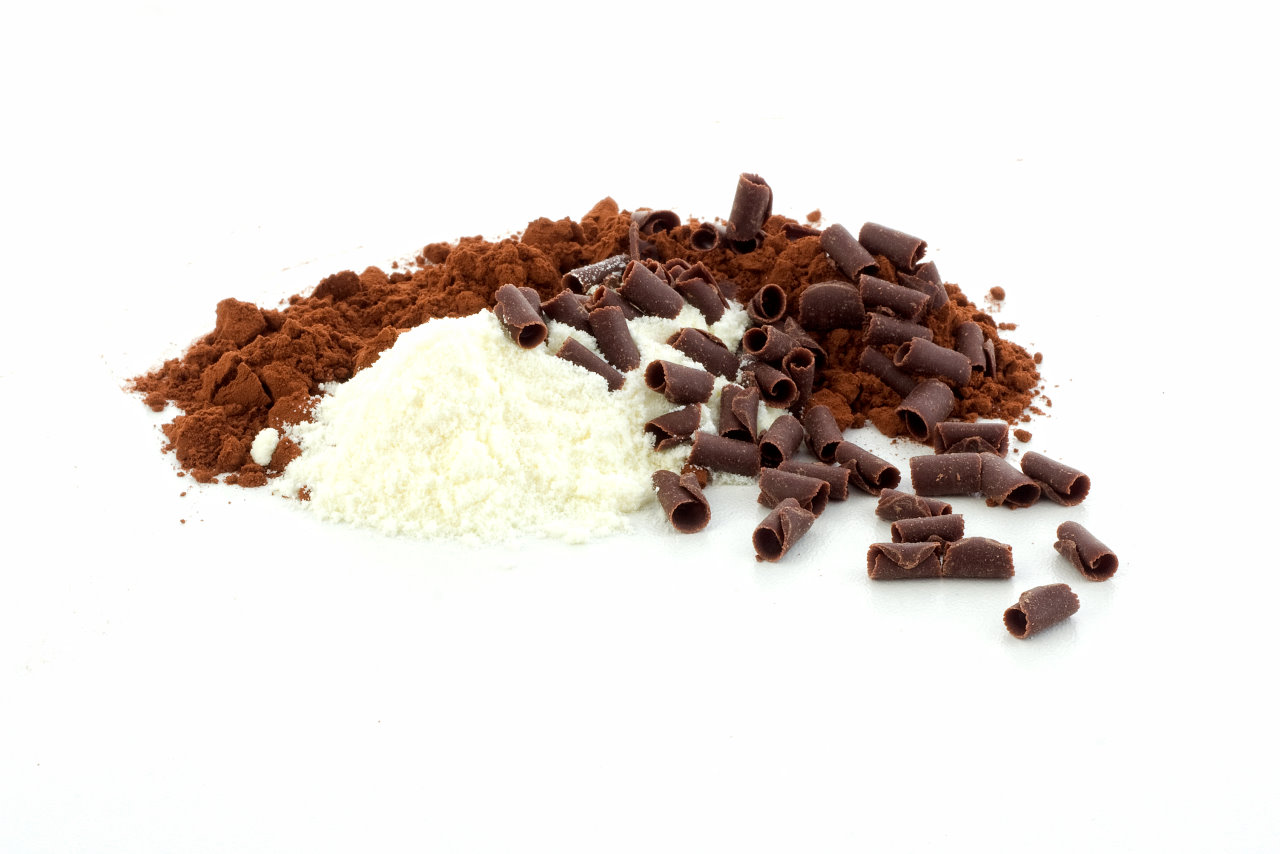
Adventure Food Mousse au Chocolat
€3.95
Add to cart -
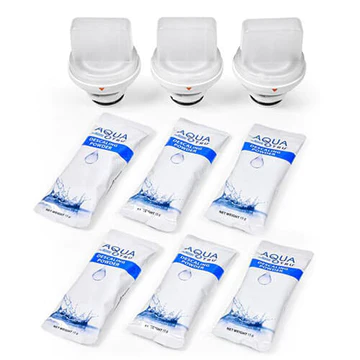
AquaTru Descaling kit
€21.25
Add to cart -

AmazingAir Replacement Pre-Filter
€20.00
Add to cart -
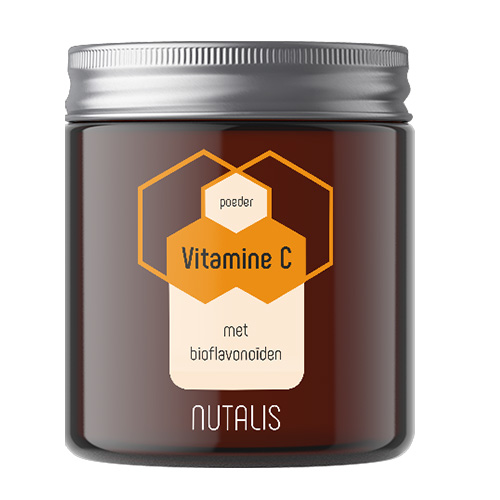
Vitamine C
€26.80
Add to cart -
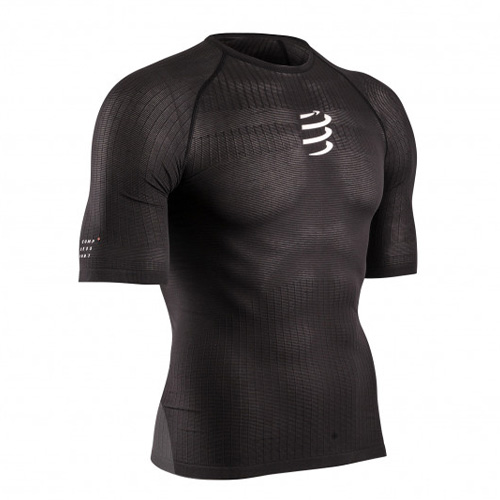


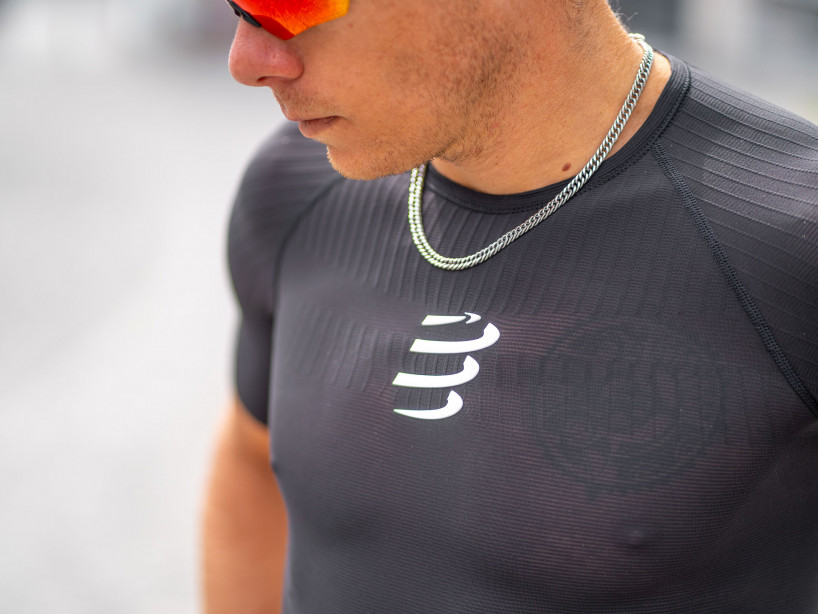
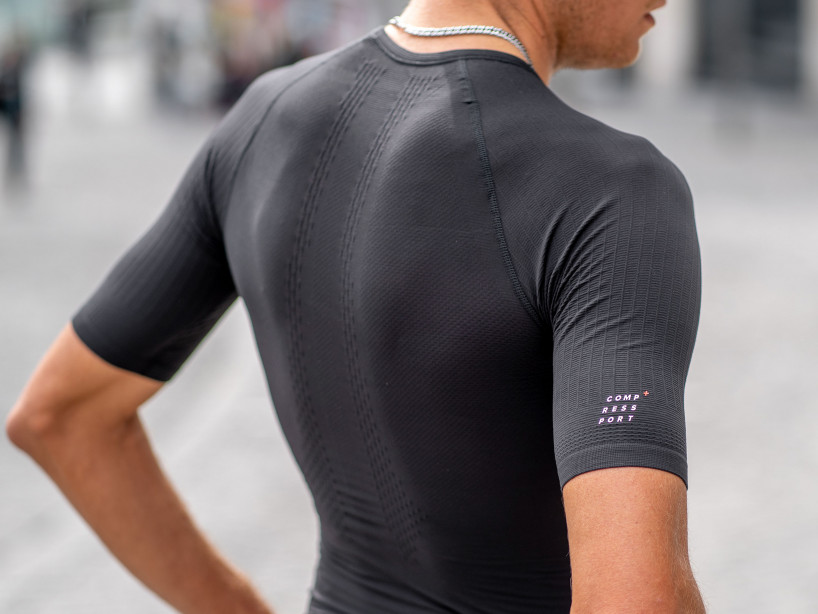
Compressport – 3D Thermo 50G SS Tshirt
€80.00
Select options -



Compressport – Pro Racing Socks V3.0 Run Low
€16.00
Select options -
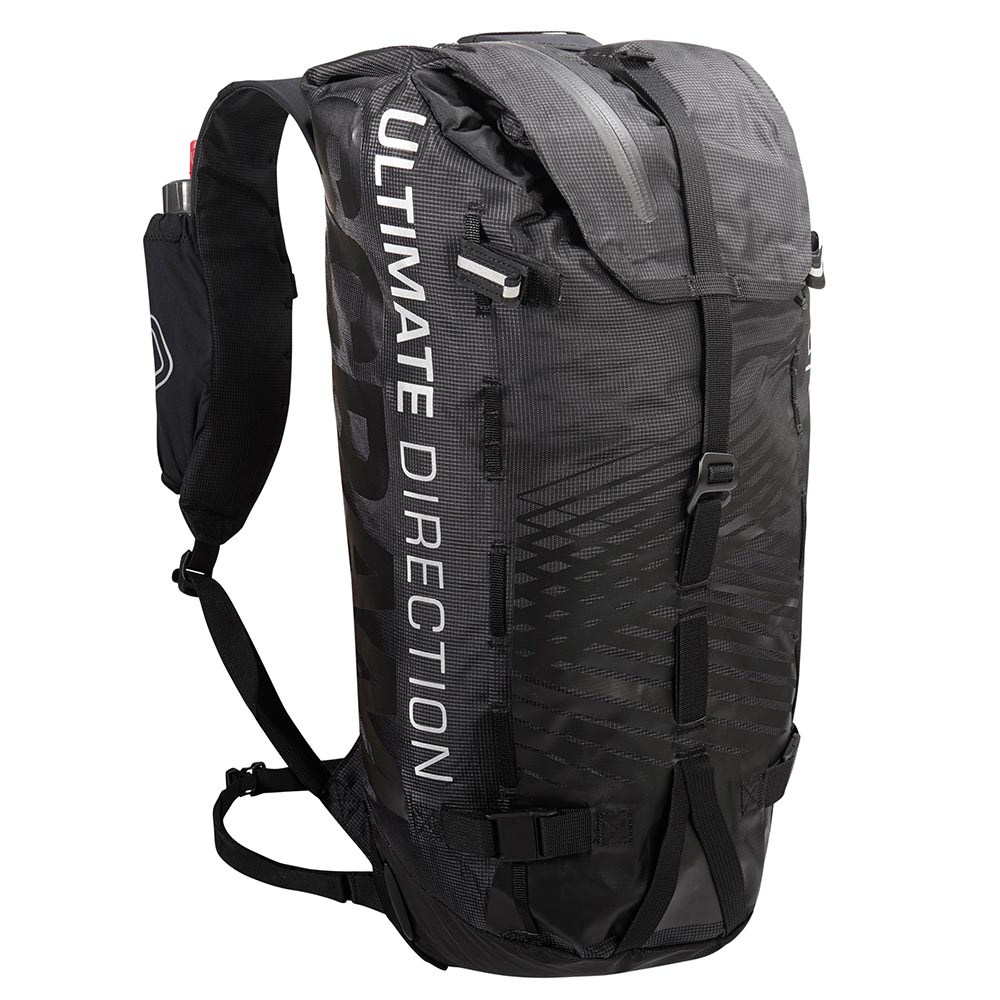
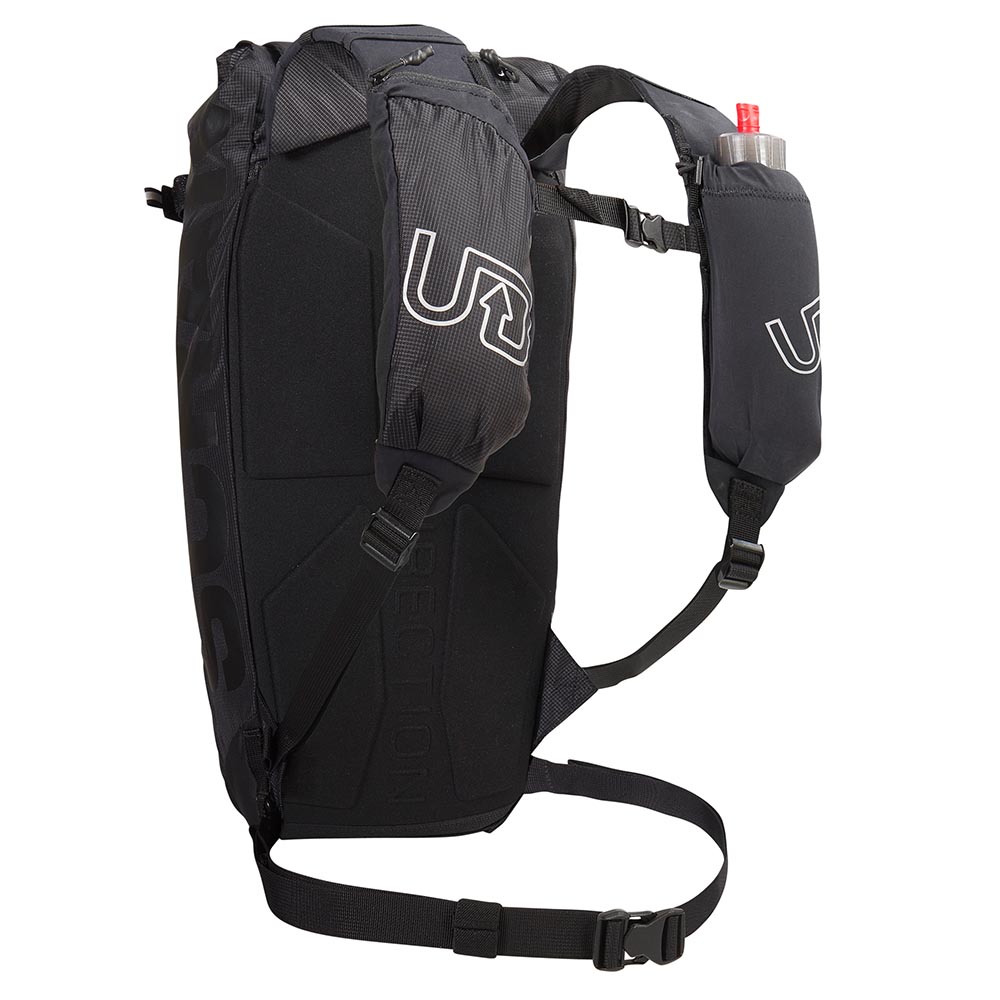

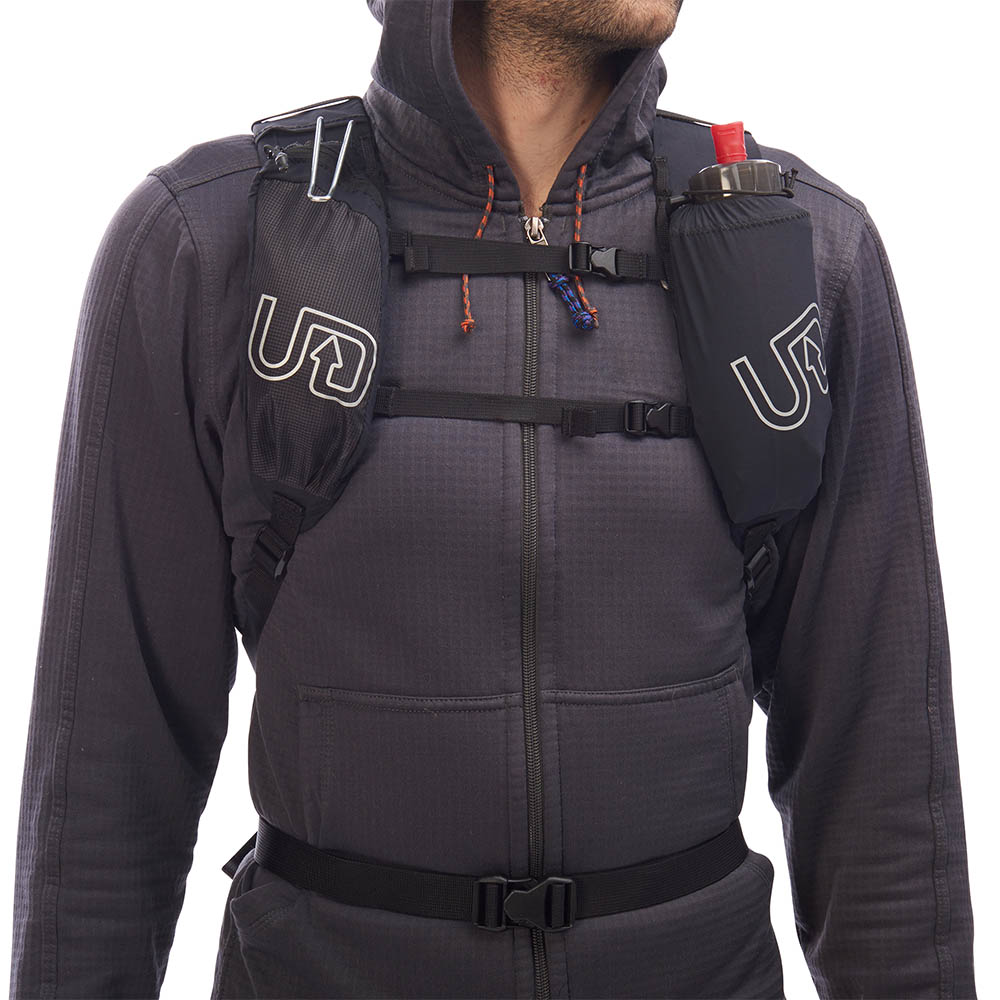

Scram – Charcoal (men)
€135.00
Select options -
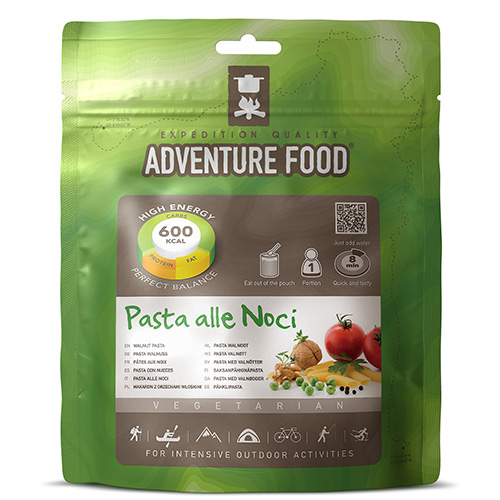



Adventure Food Pasta alle Noci
€5.95
Add to cart -



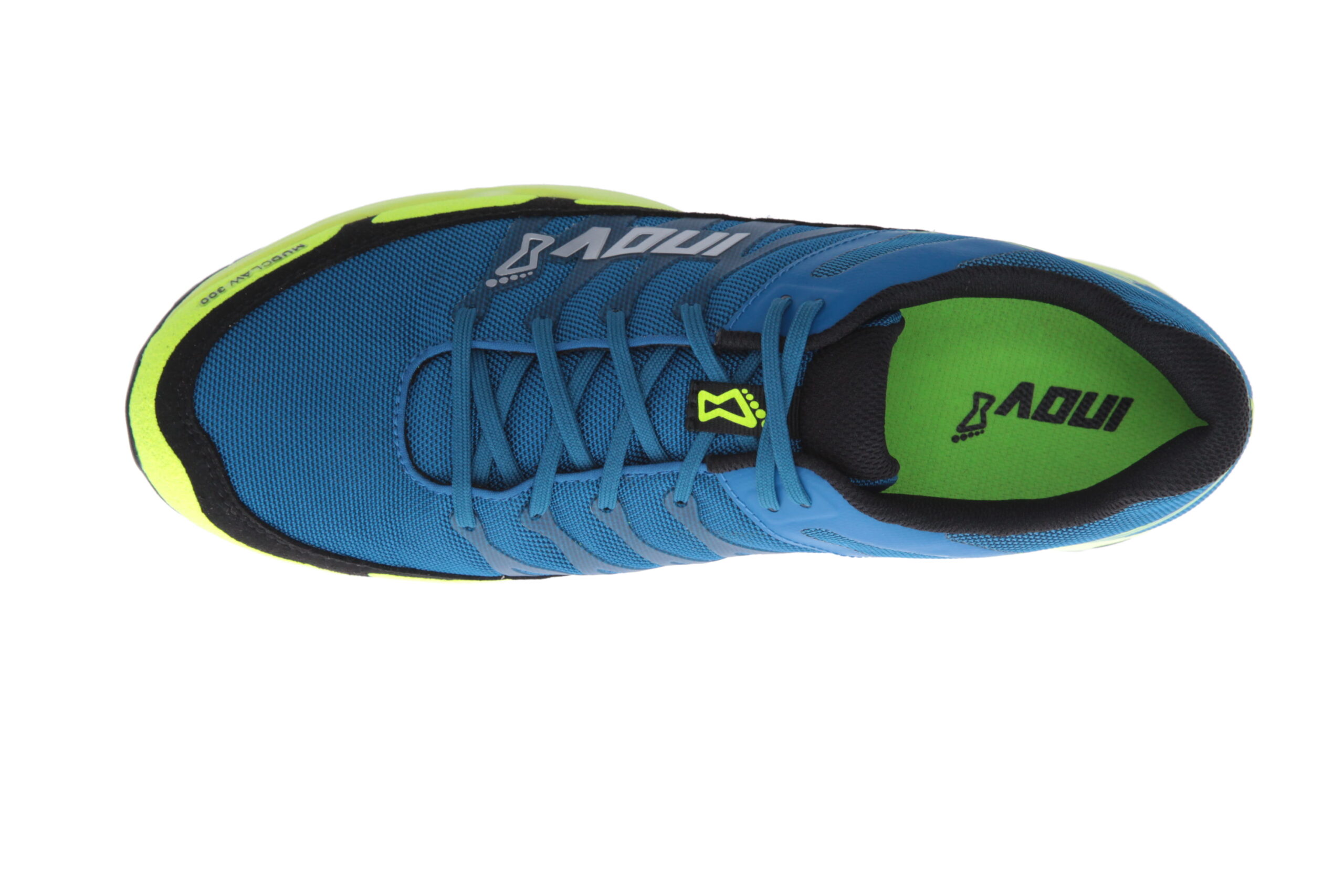
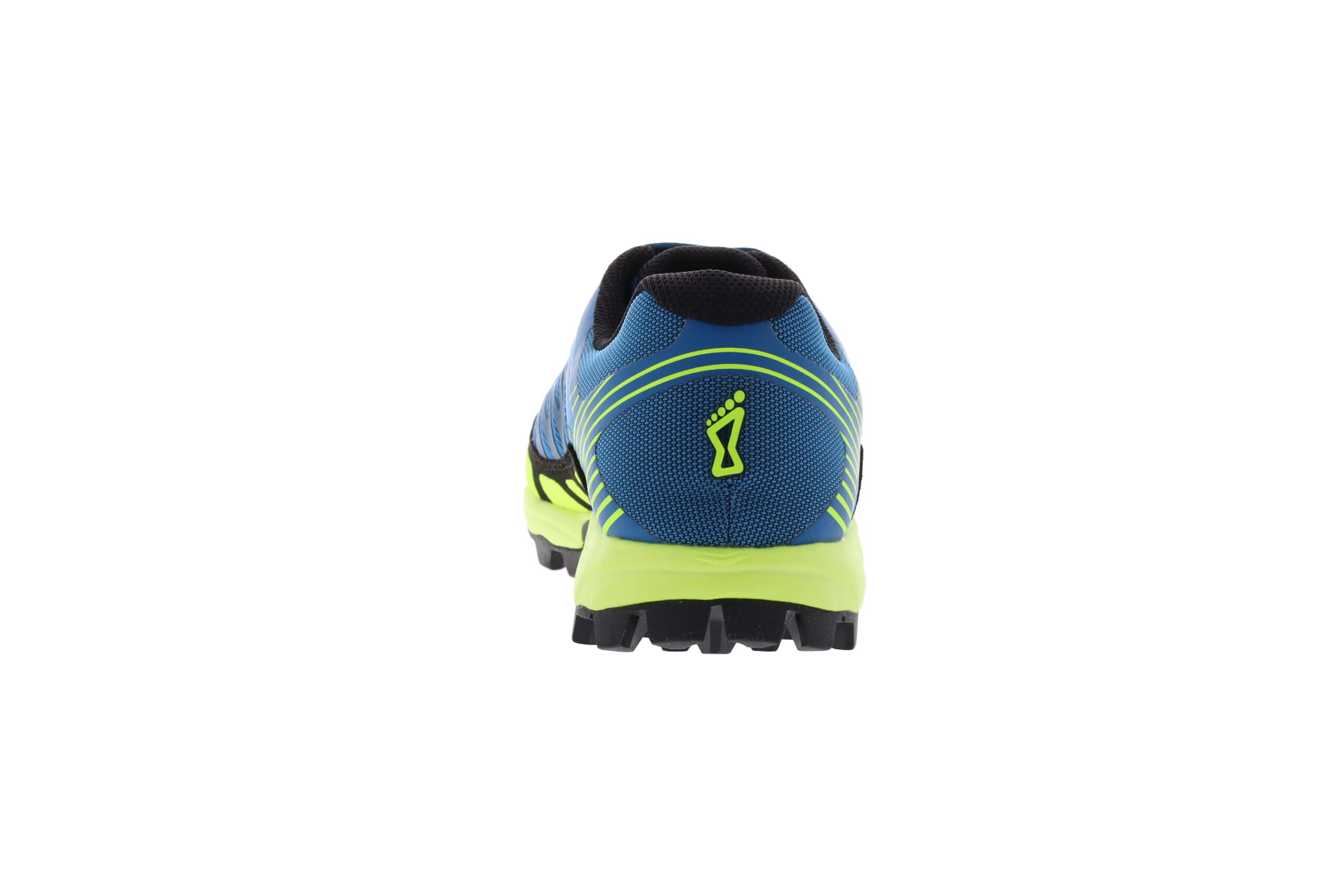
Inov8 – Mudclaw 300 – Women – Blue/Yellow
€135.00
Select options -
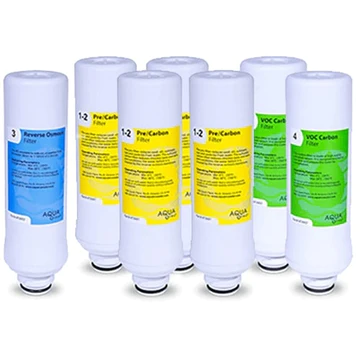
AquaTru Filter Package 2 years
€222.75
Add to cart -
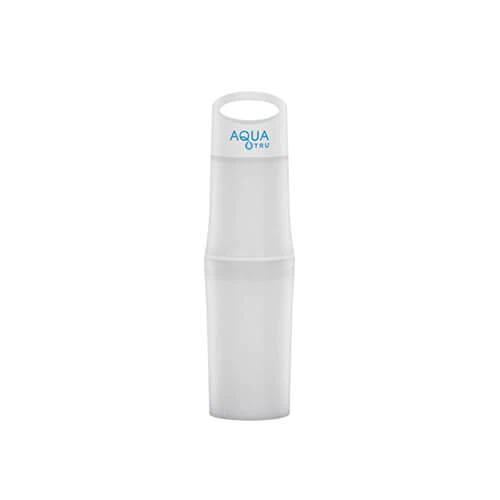
AquaTru Be O Bottle
€12.75
Add to cart



